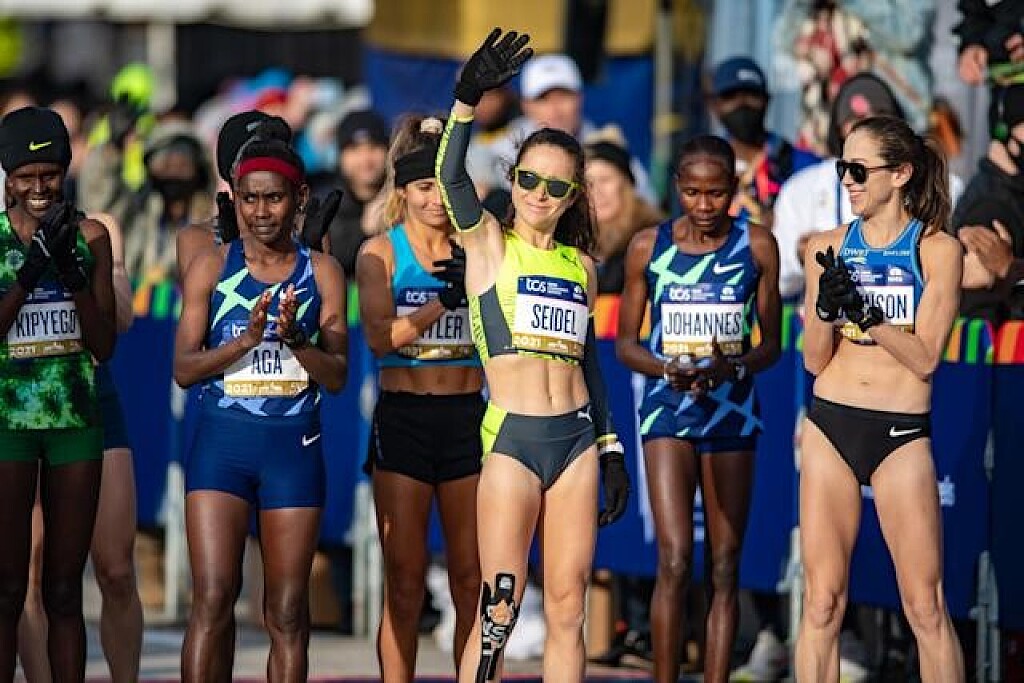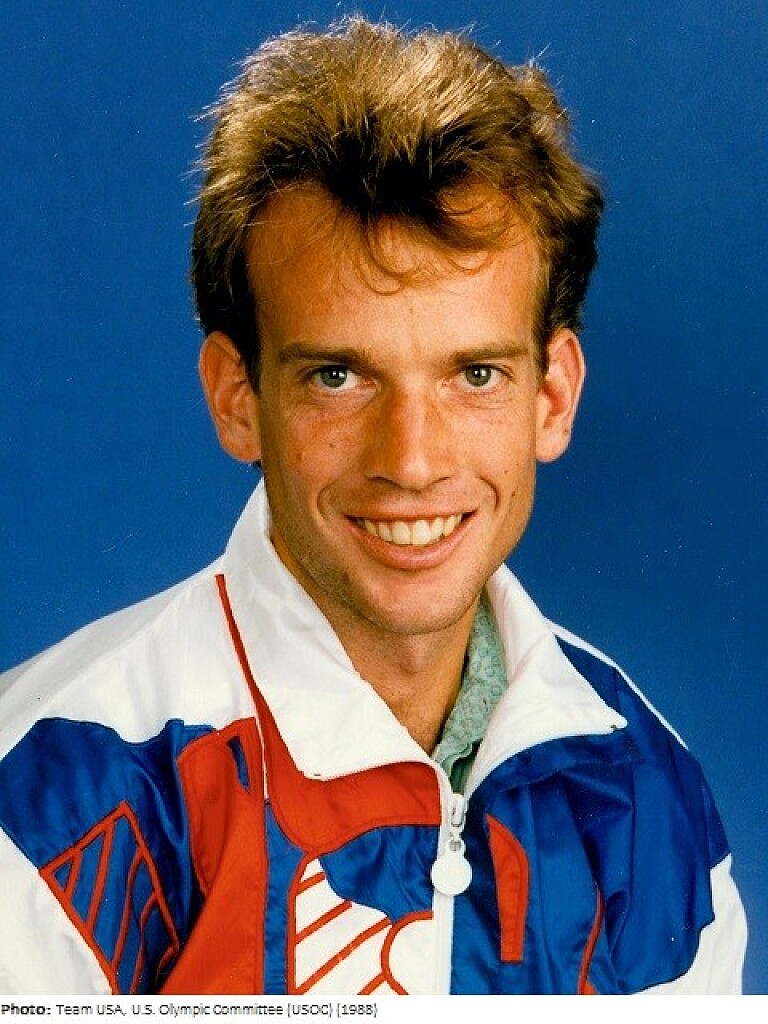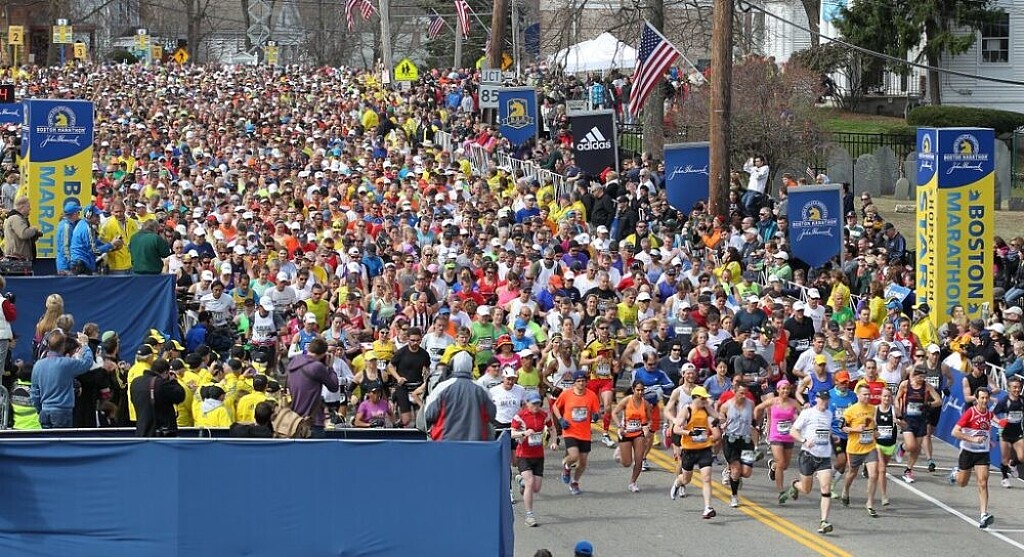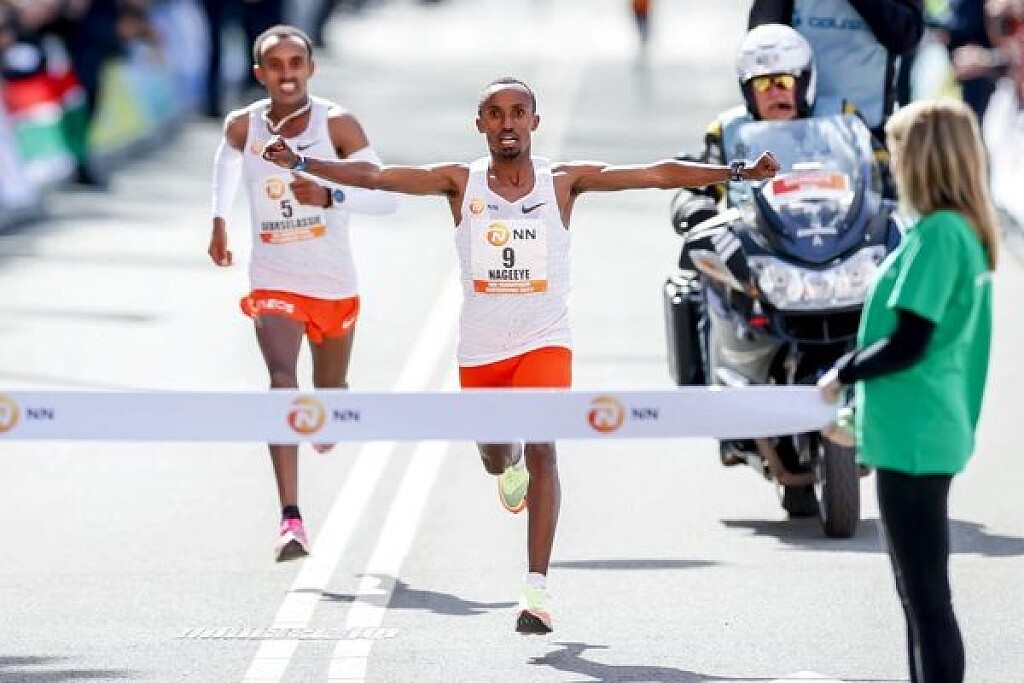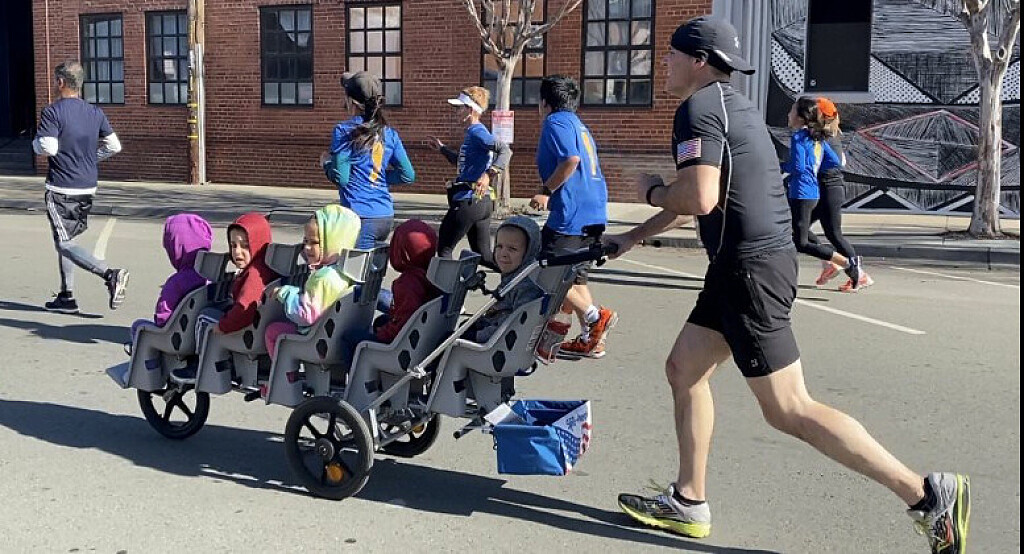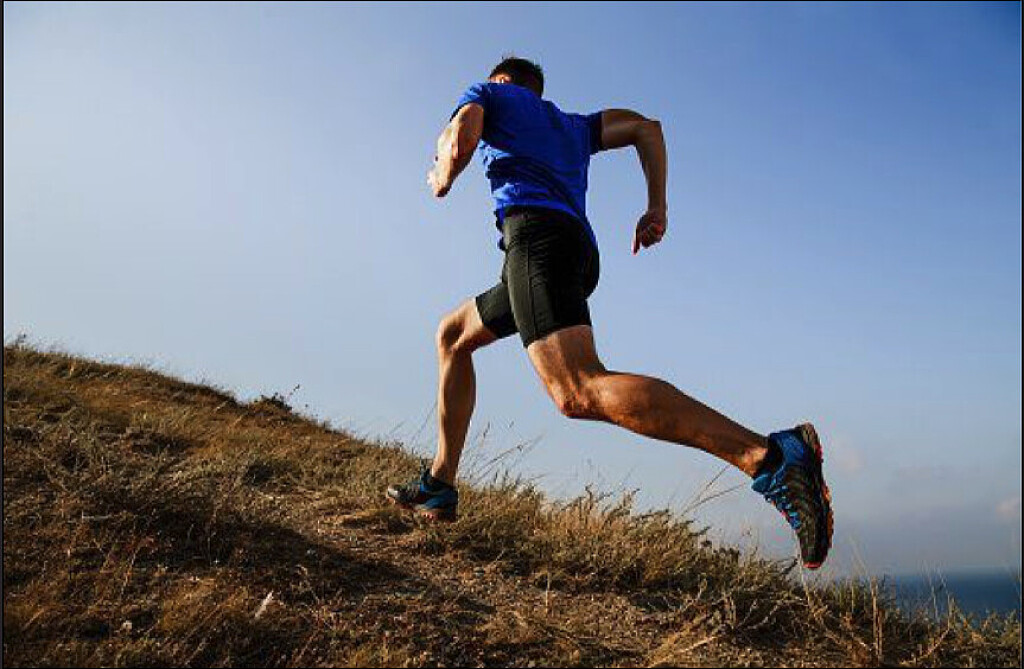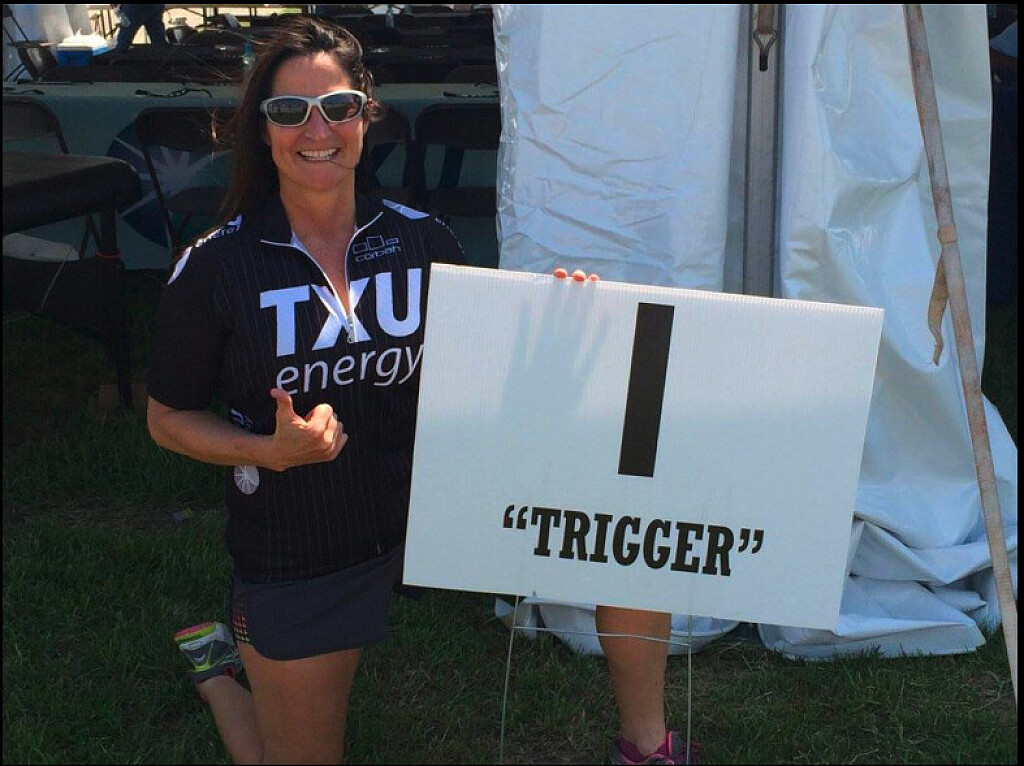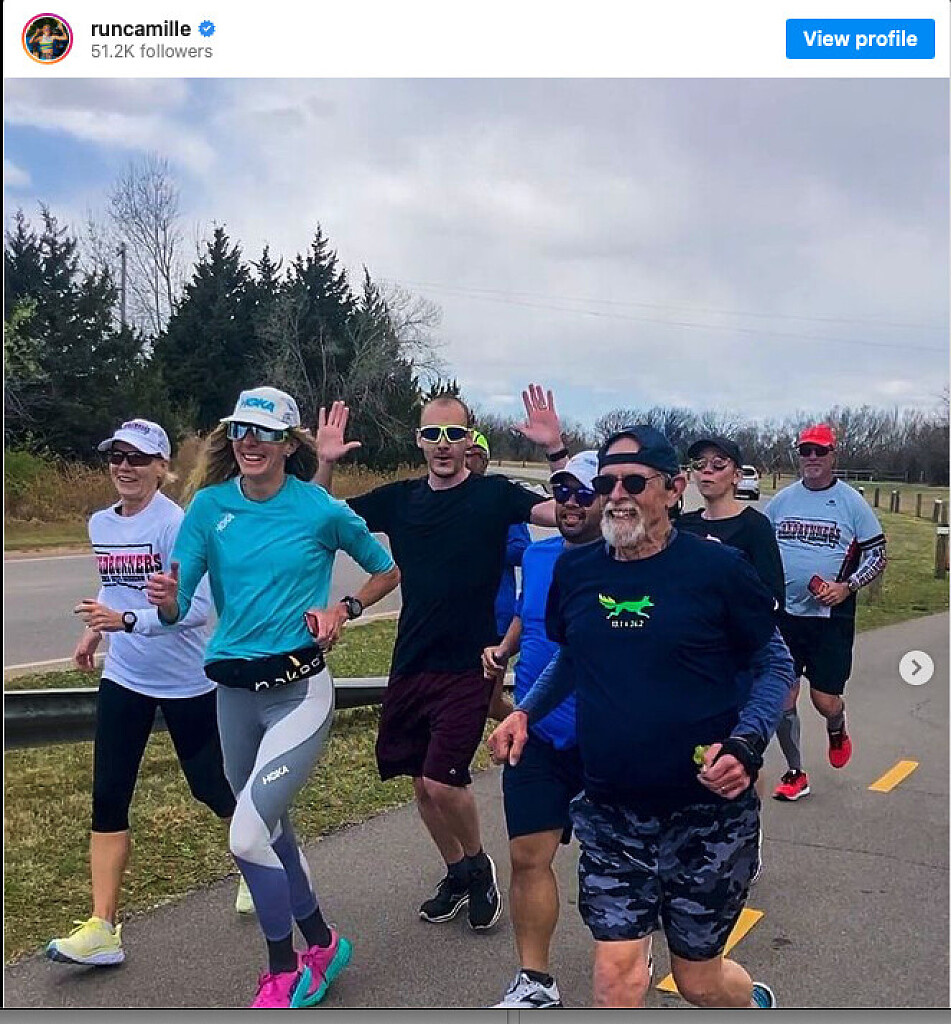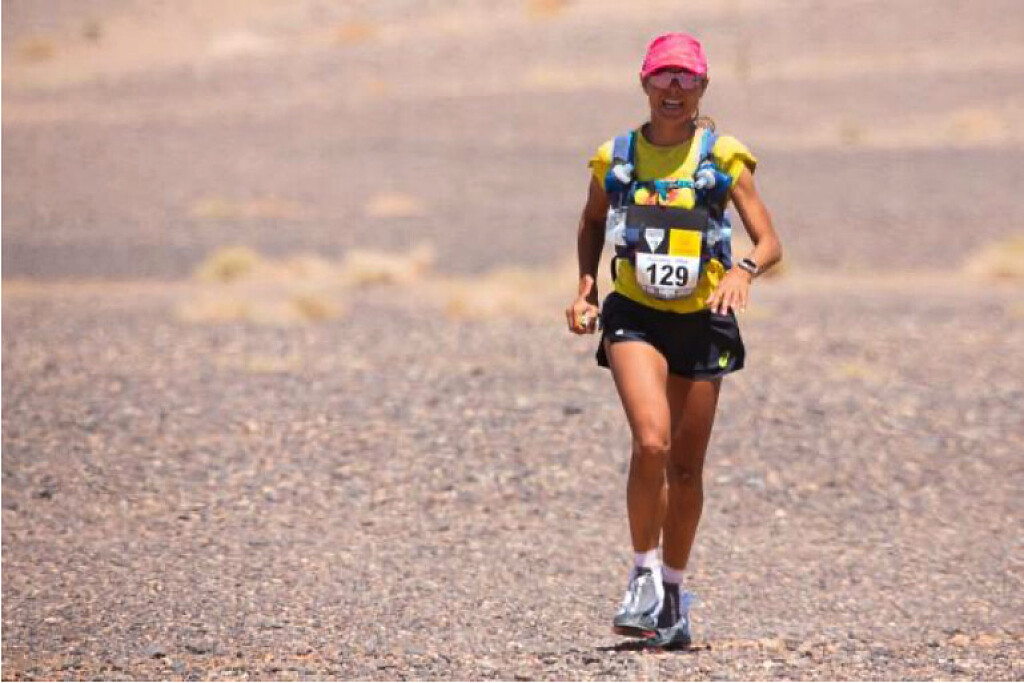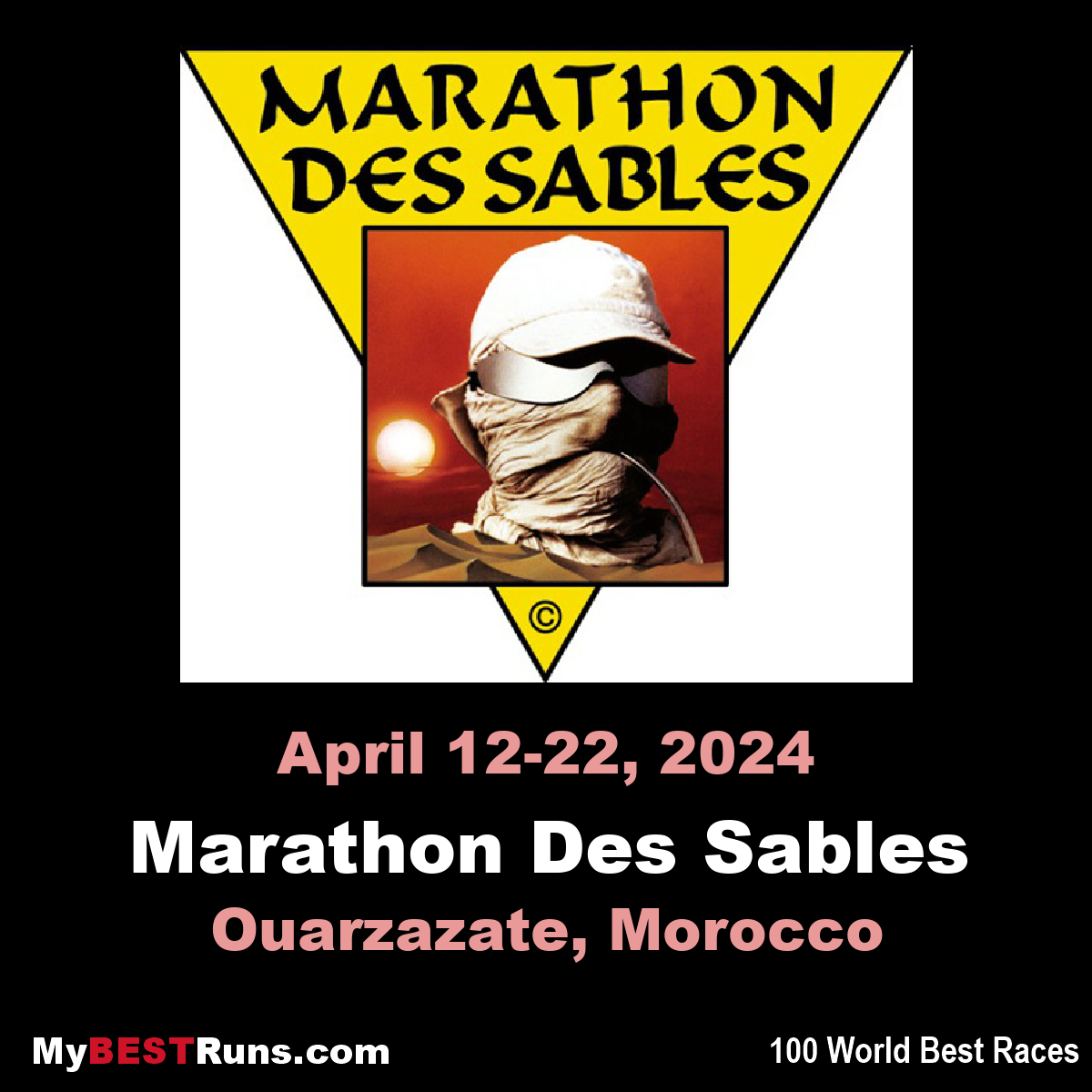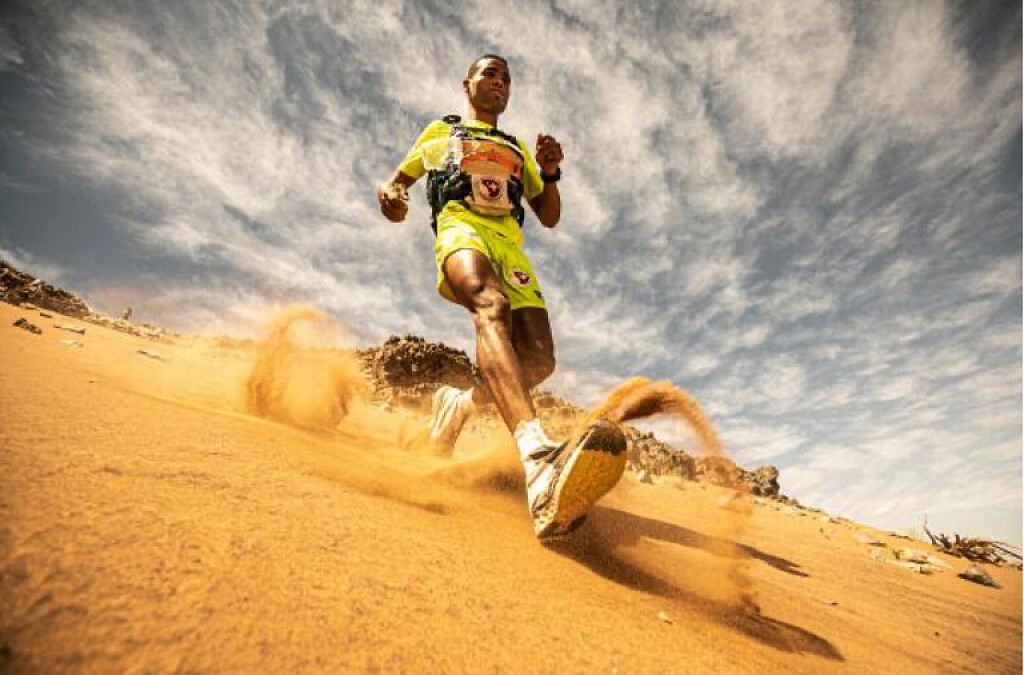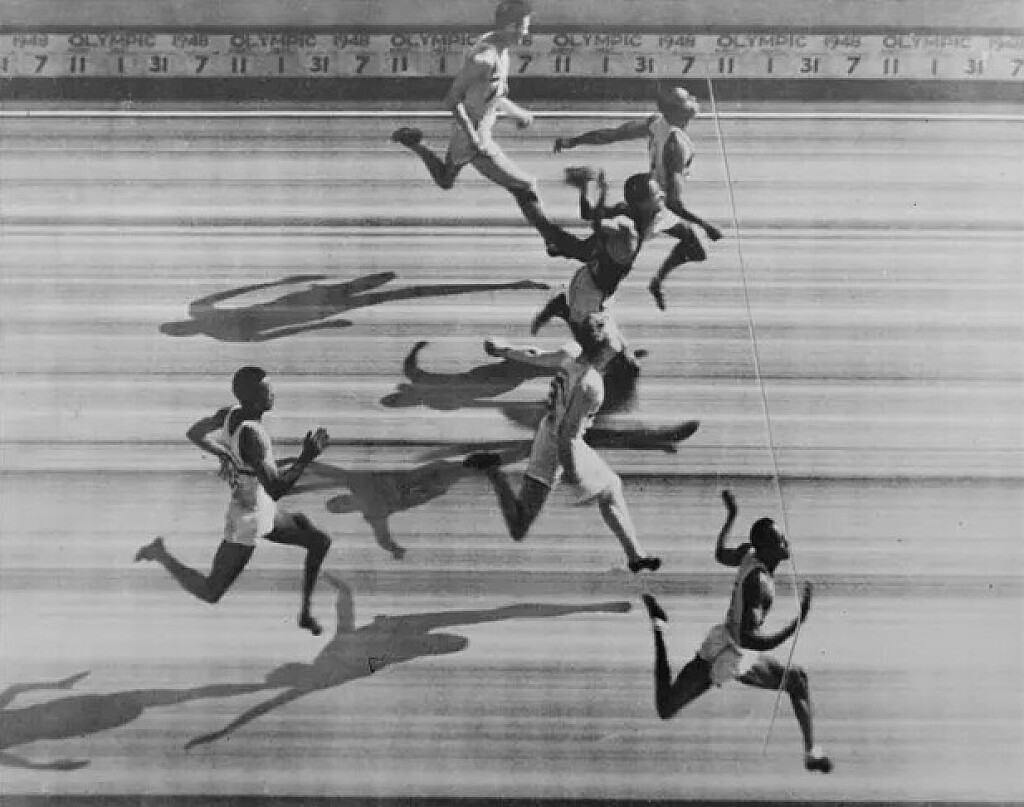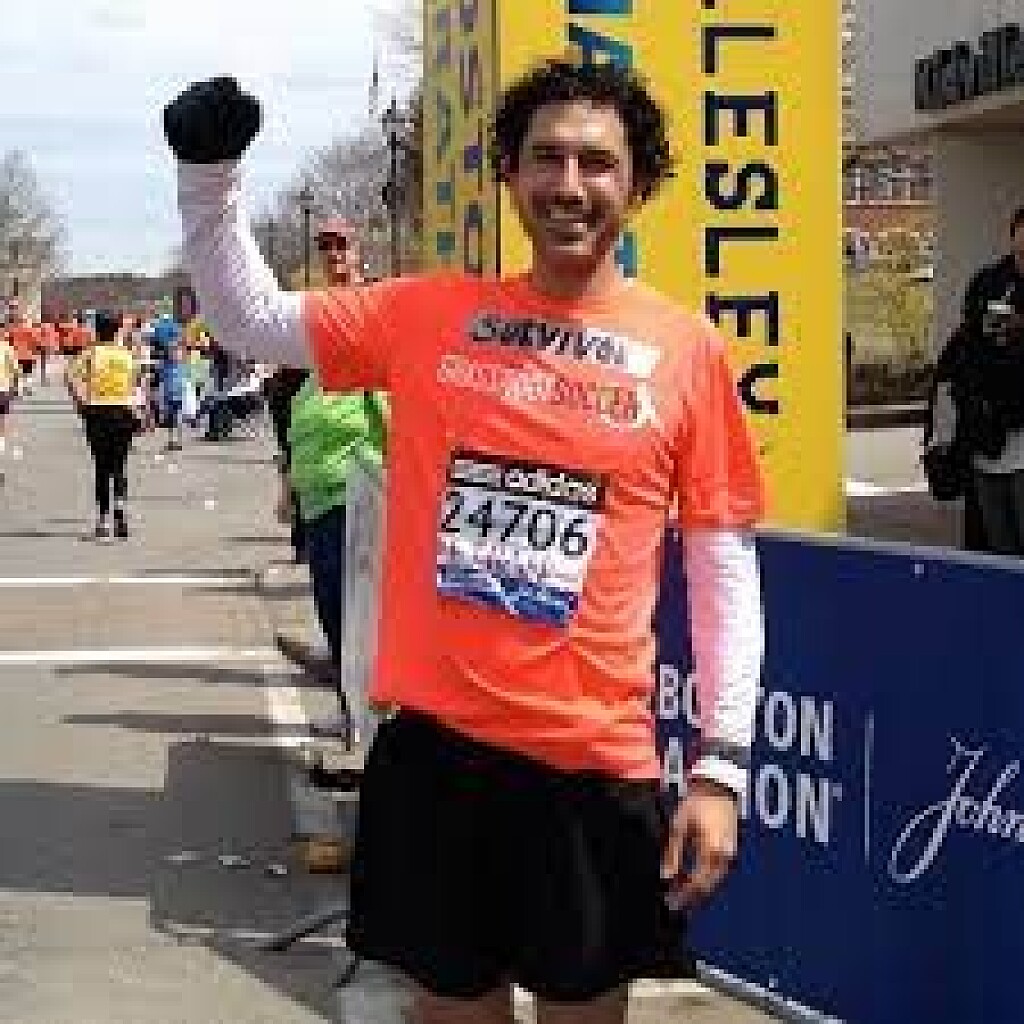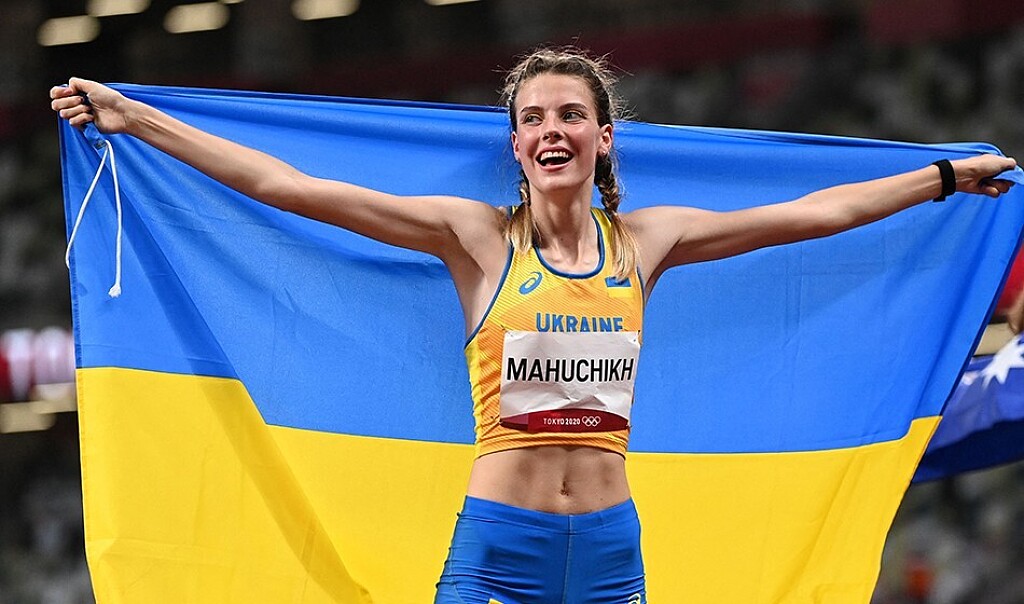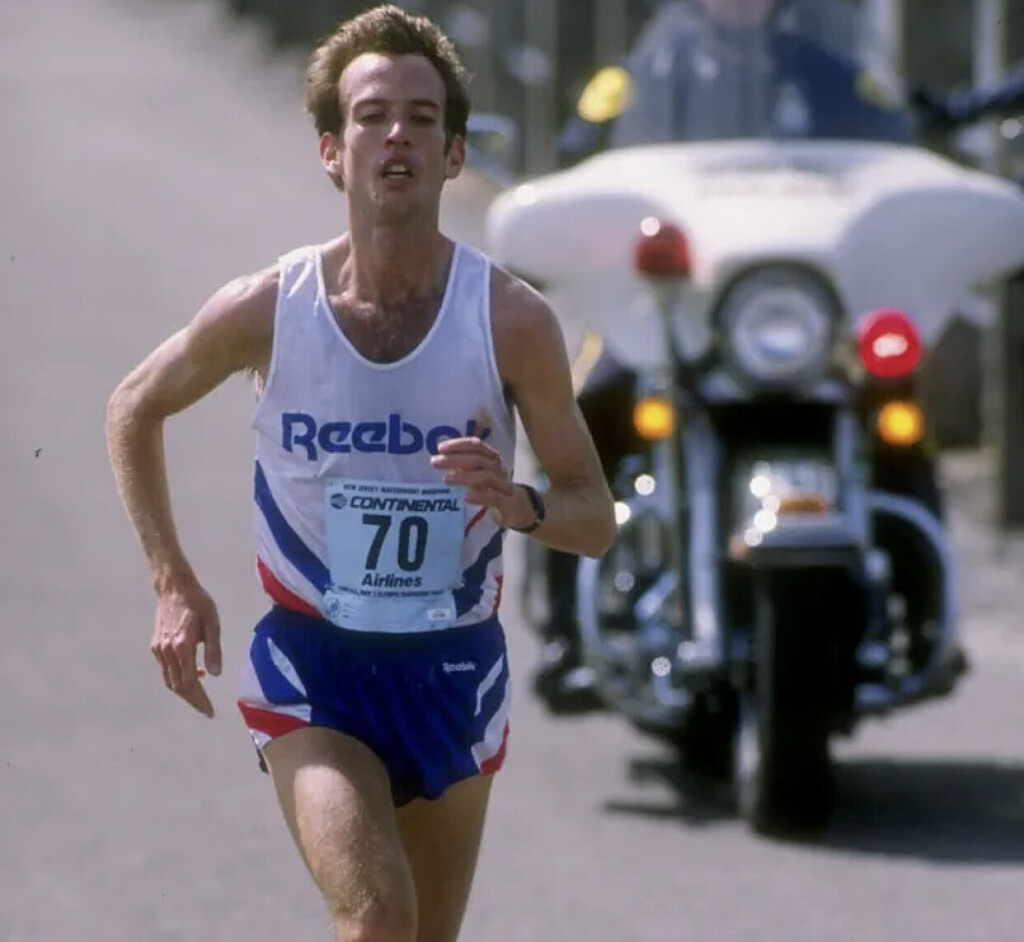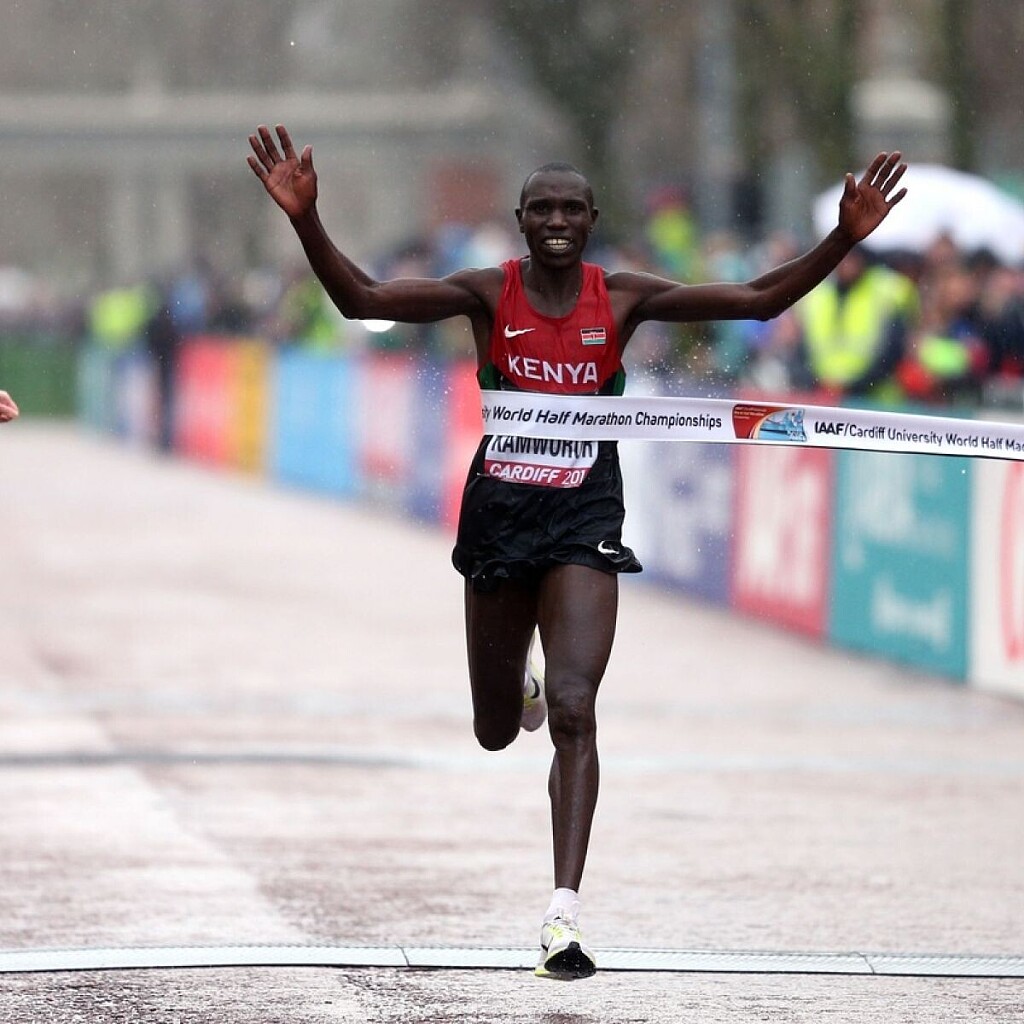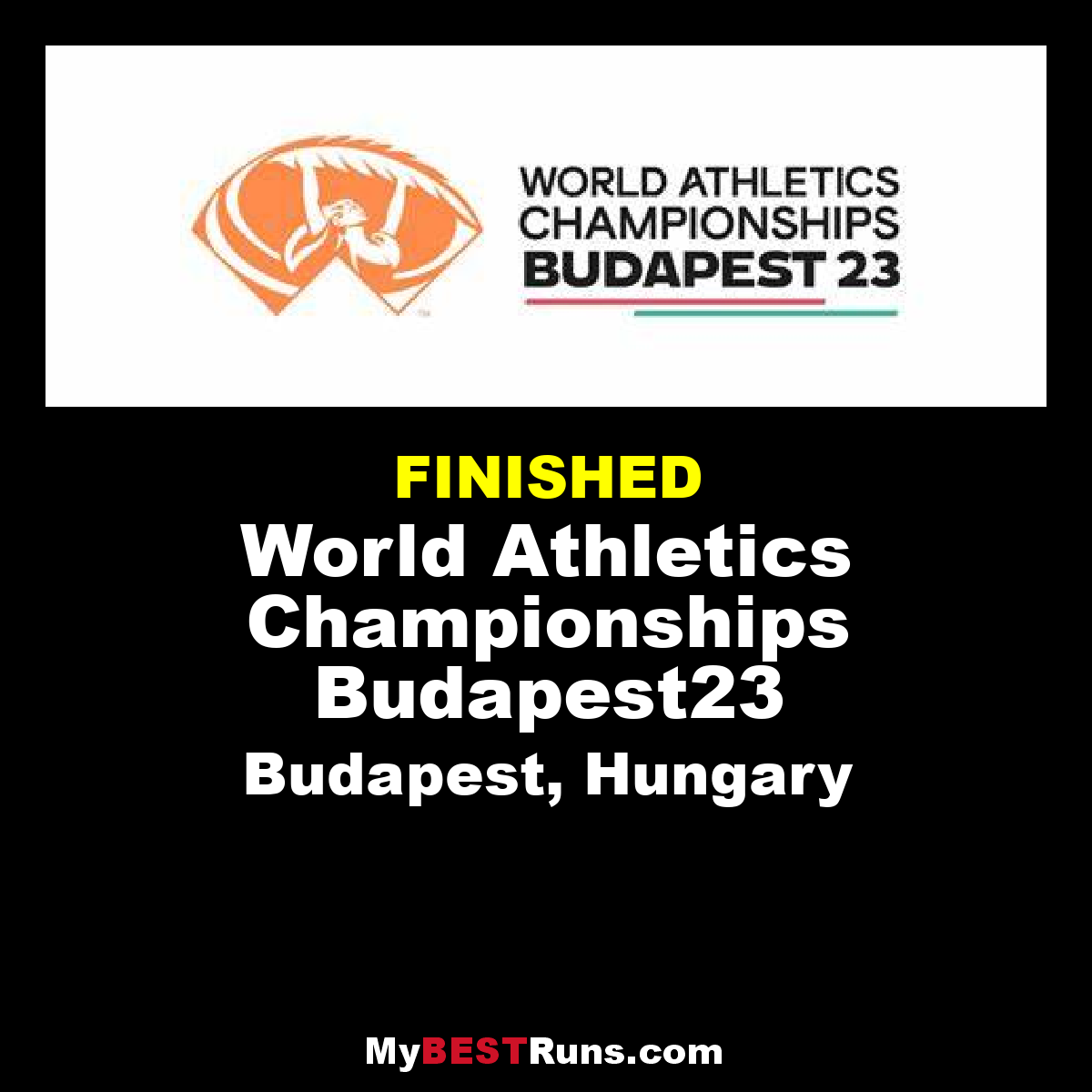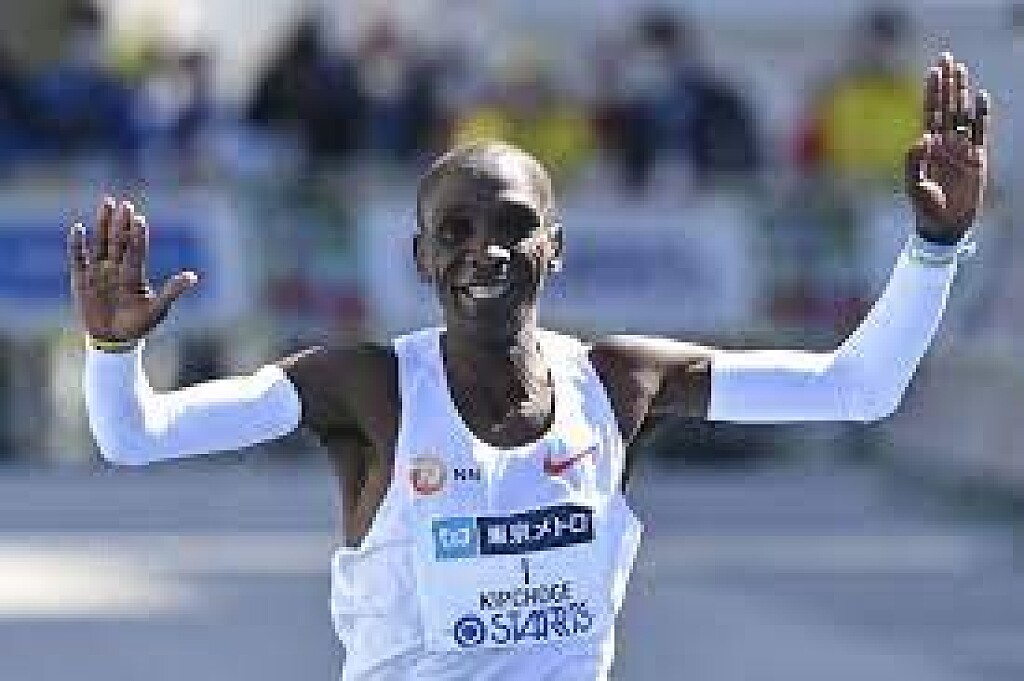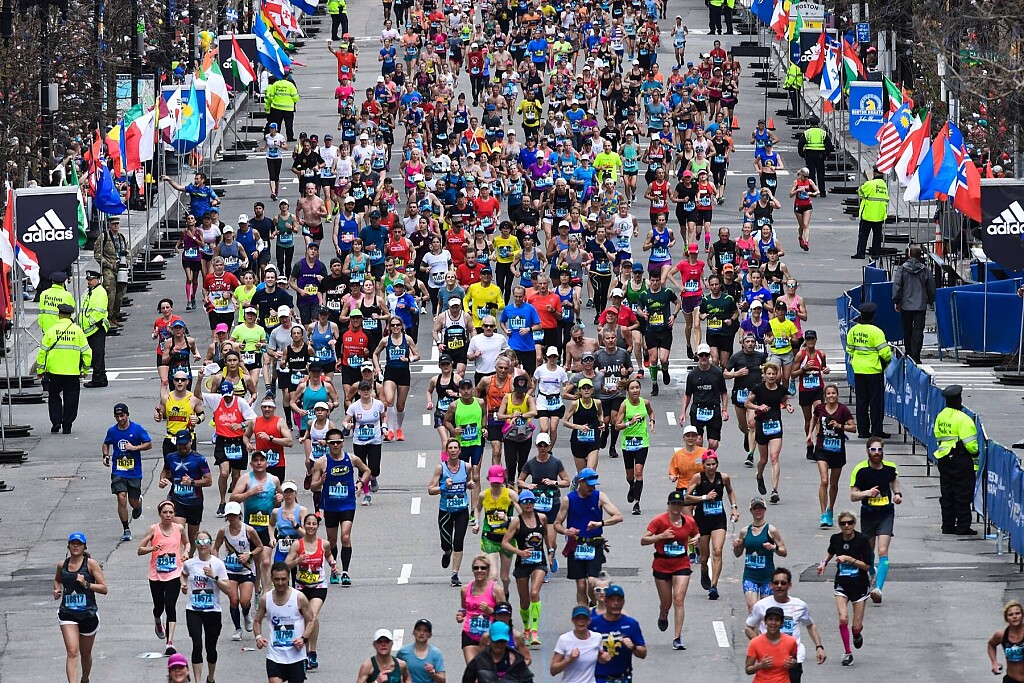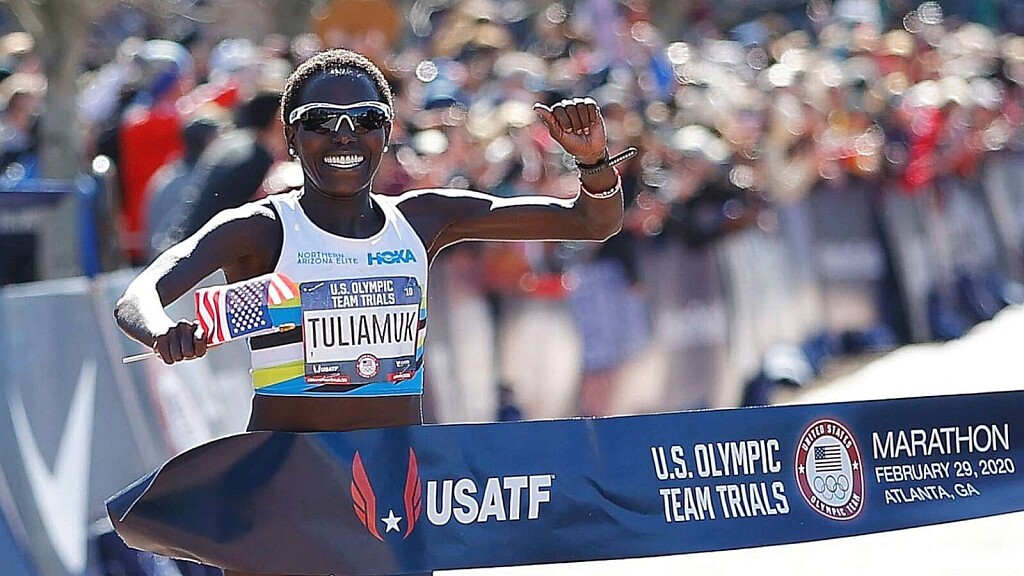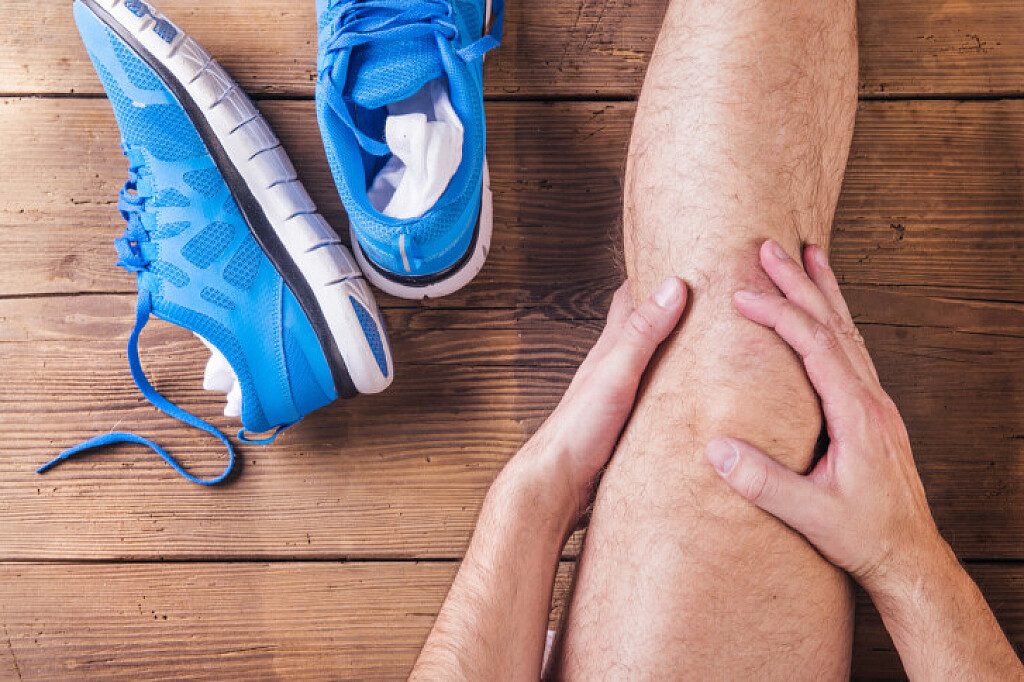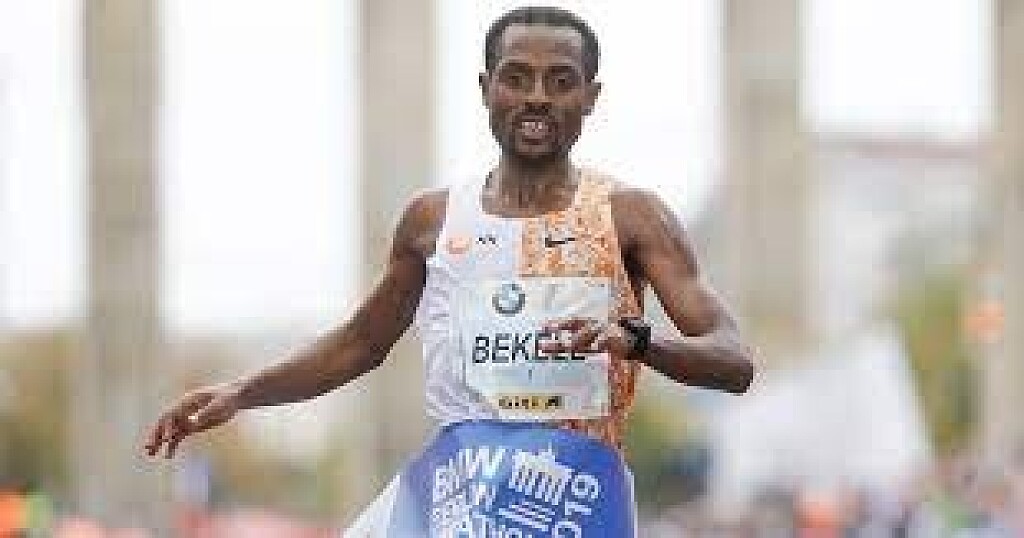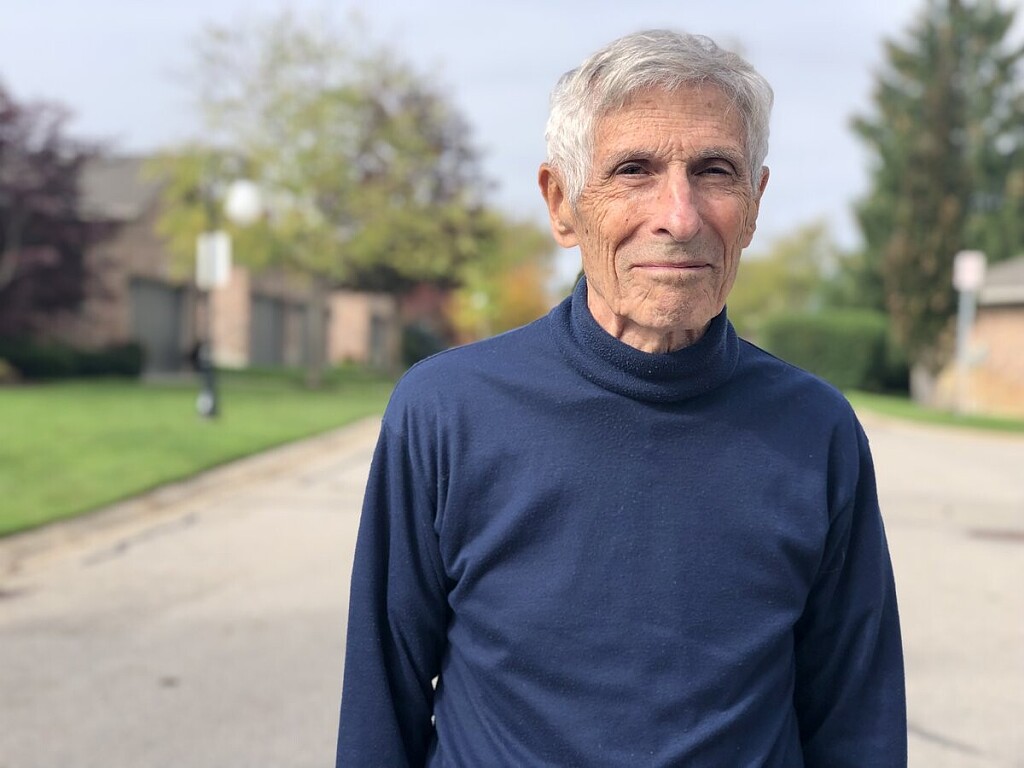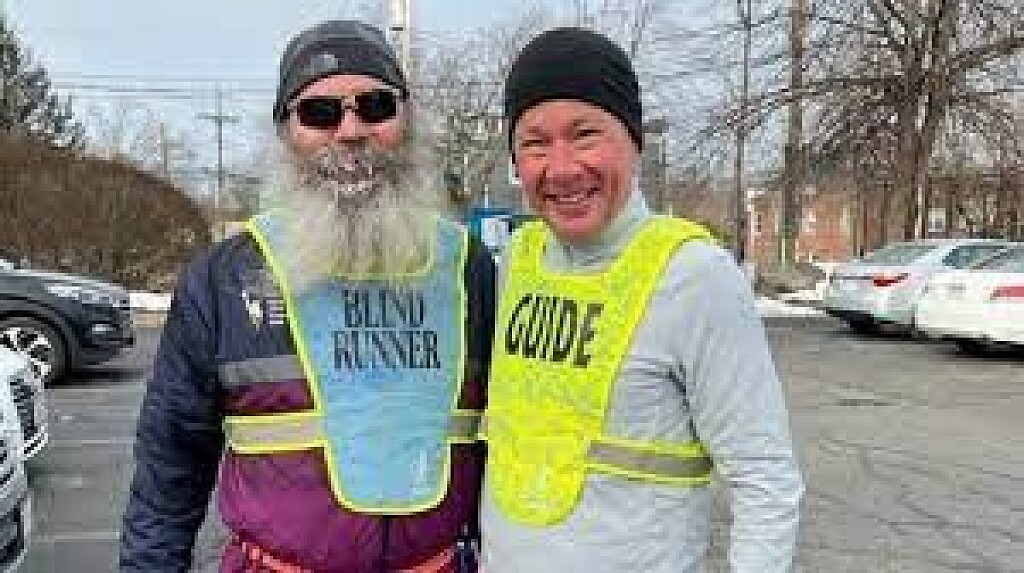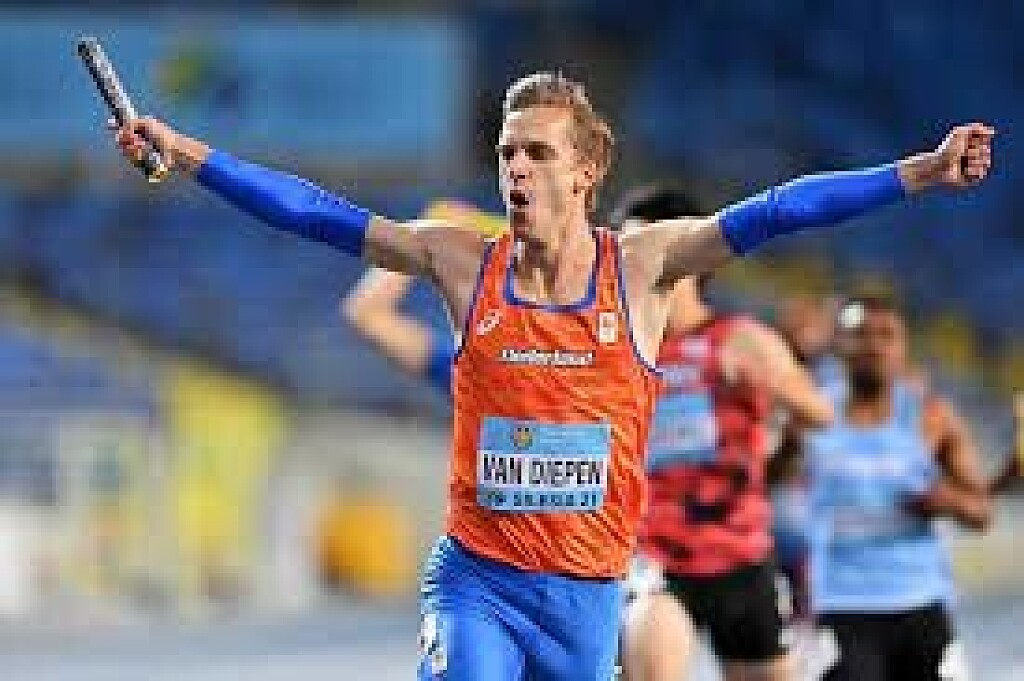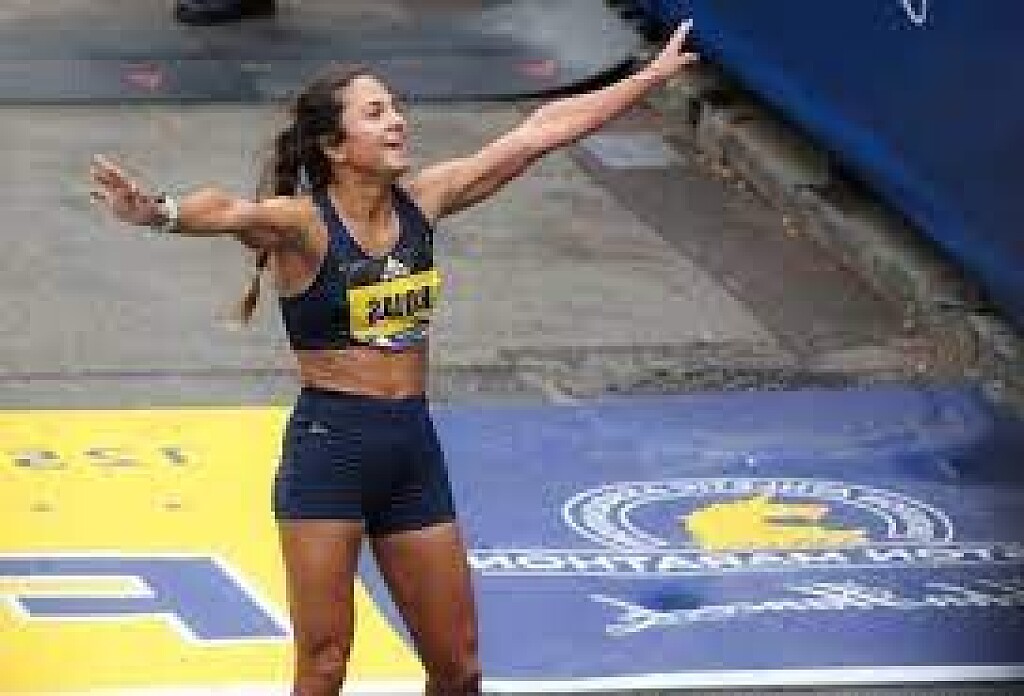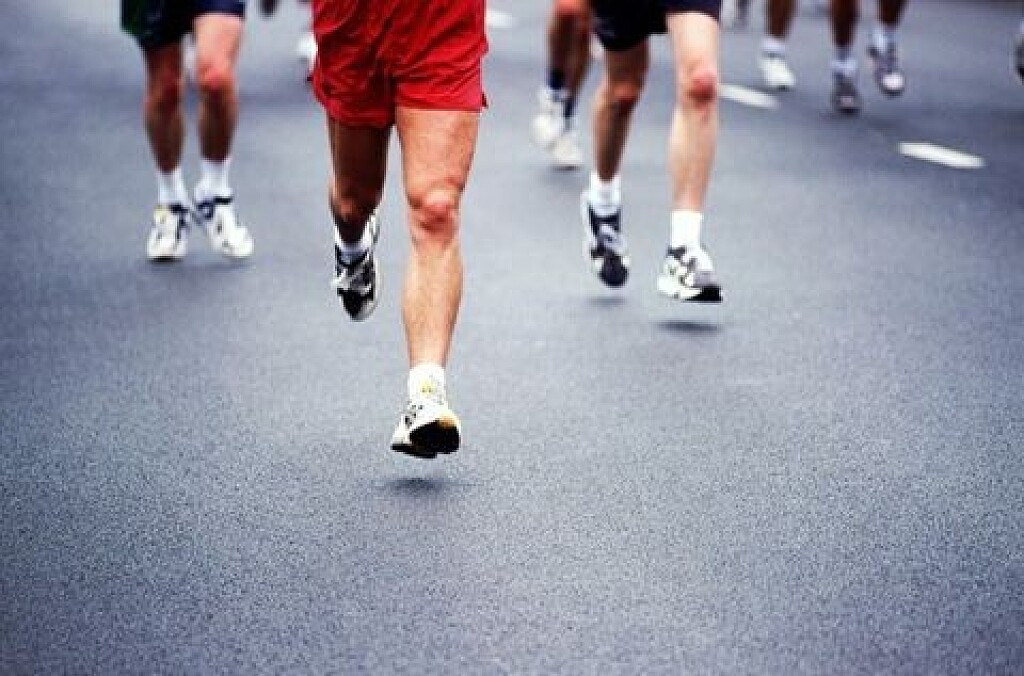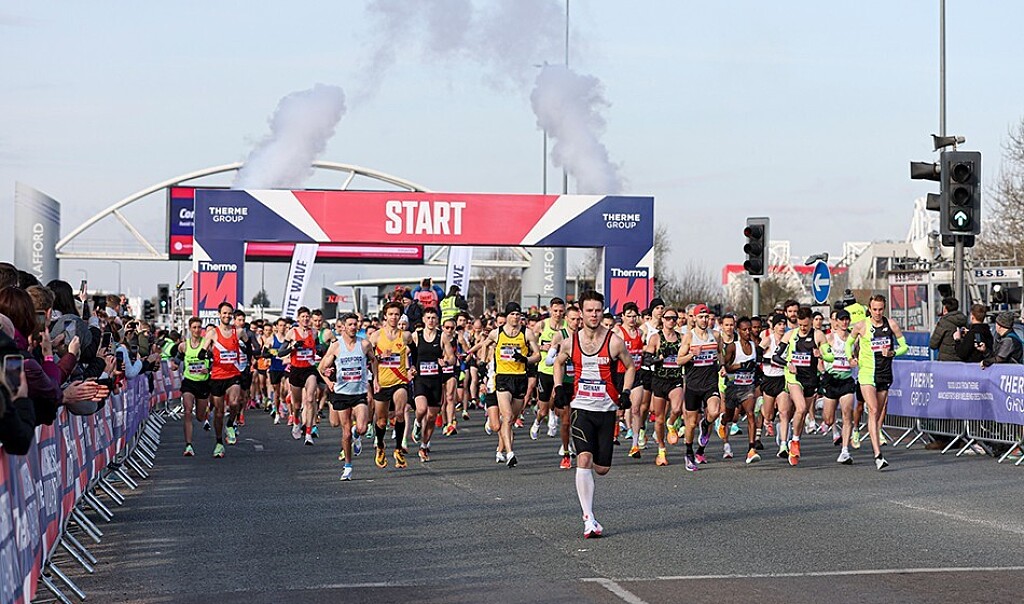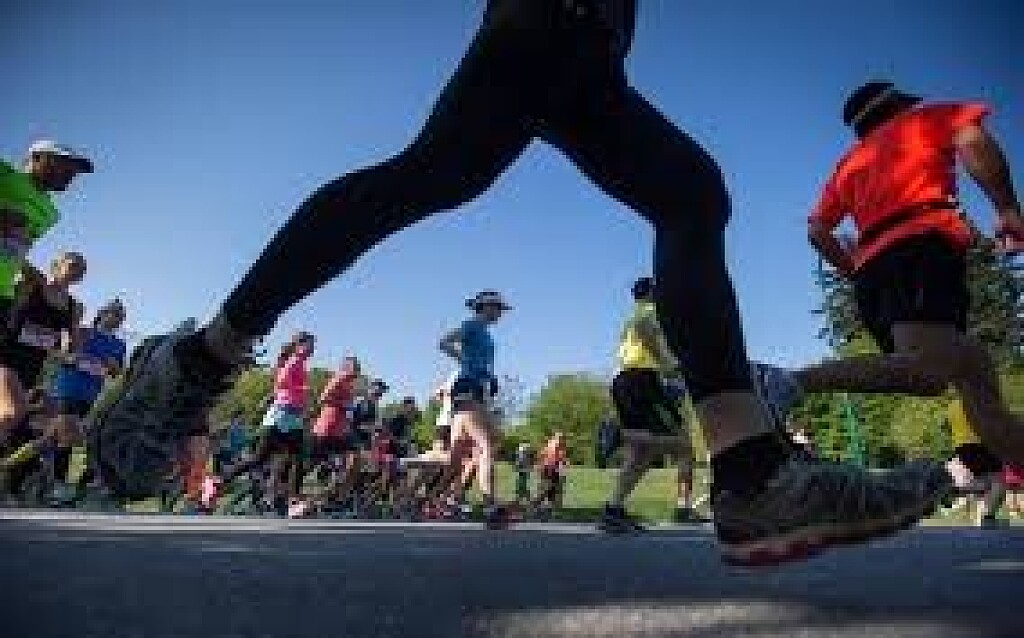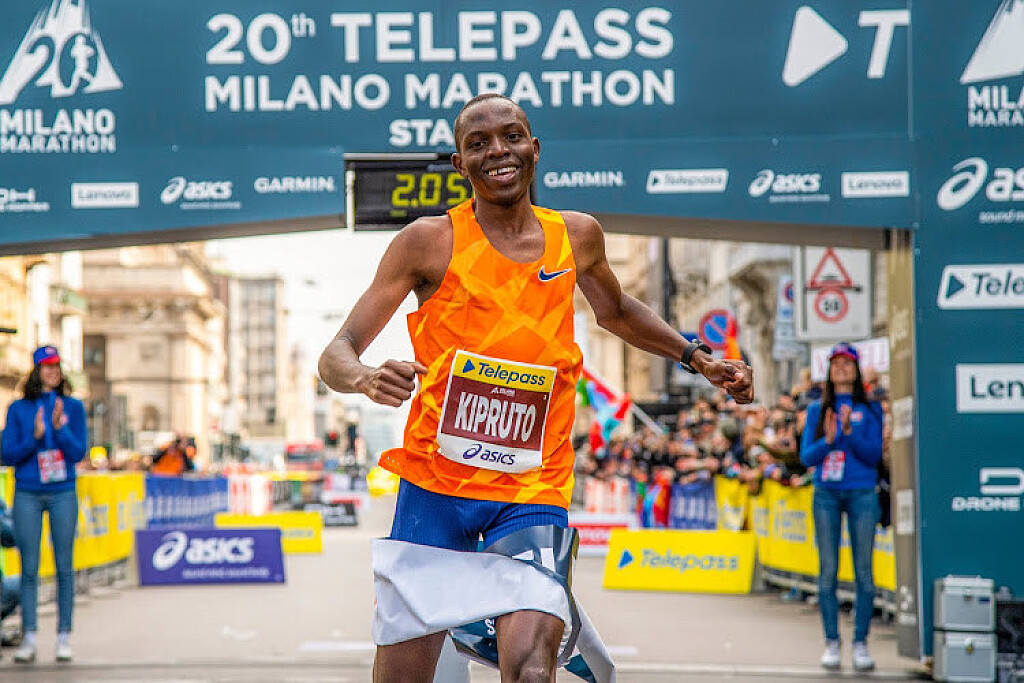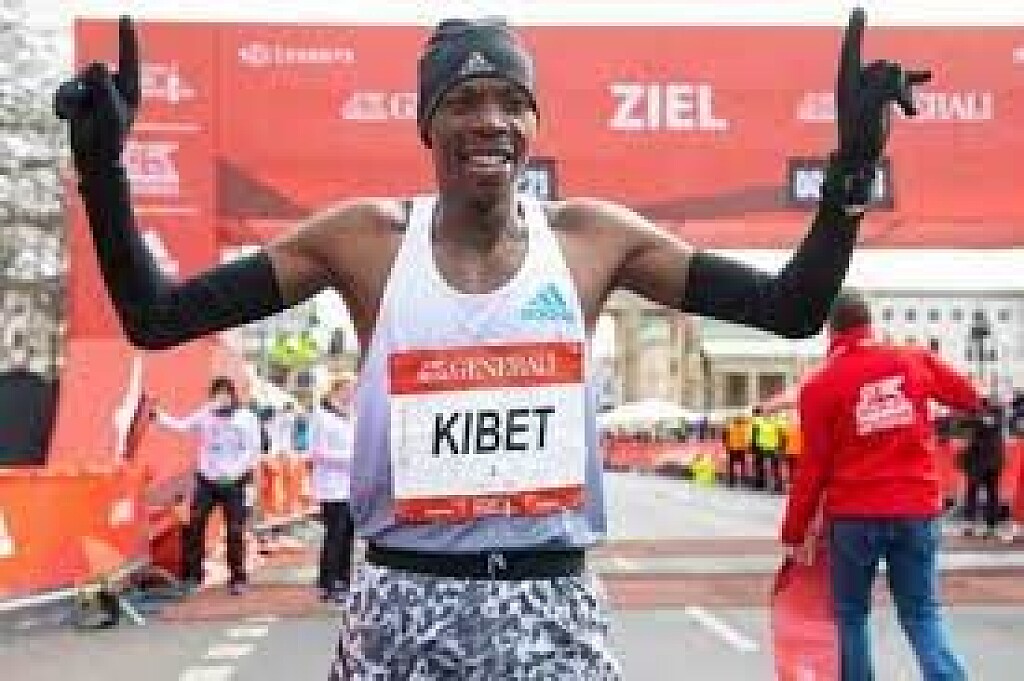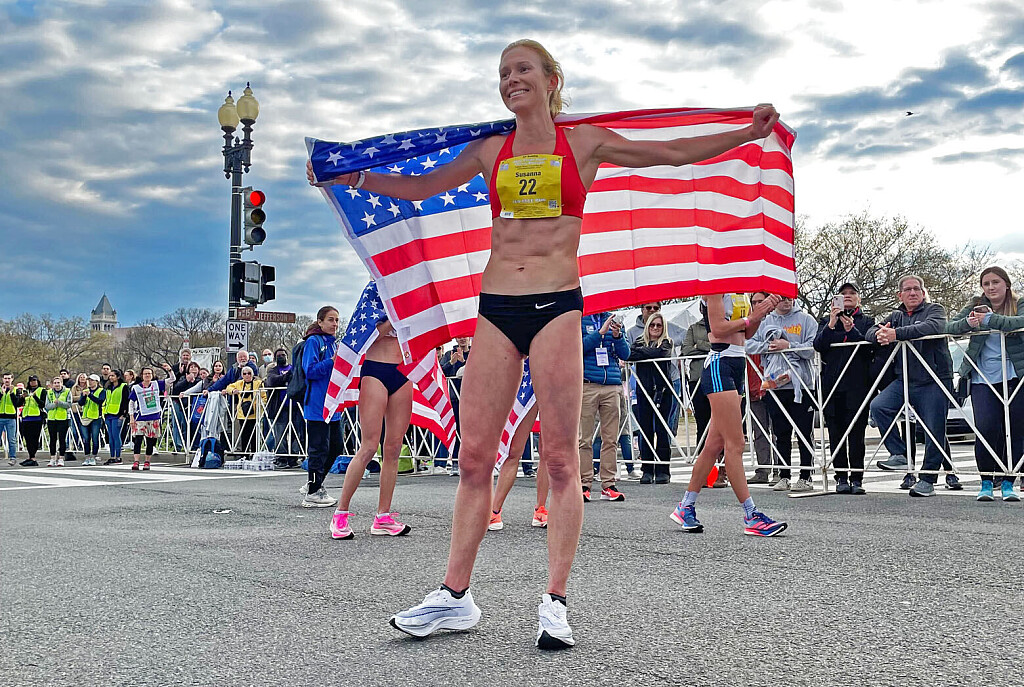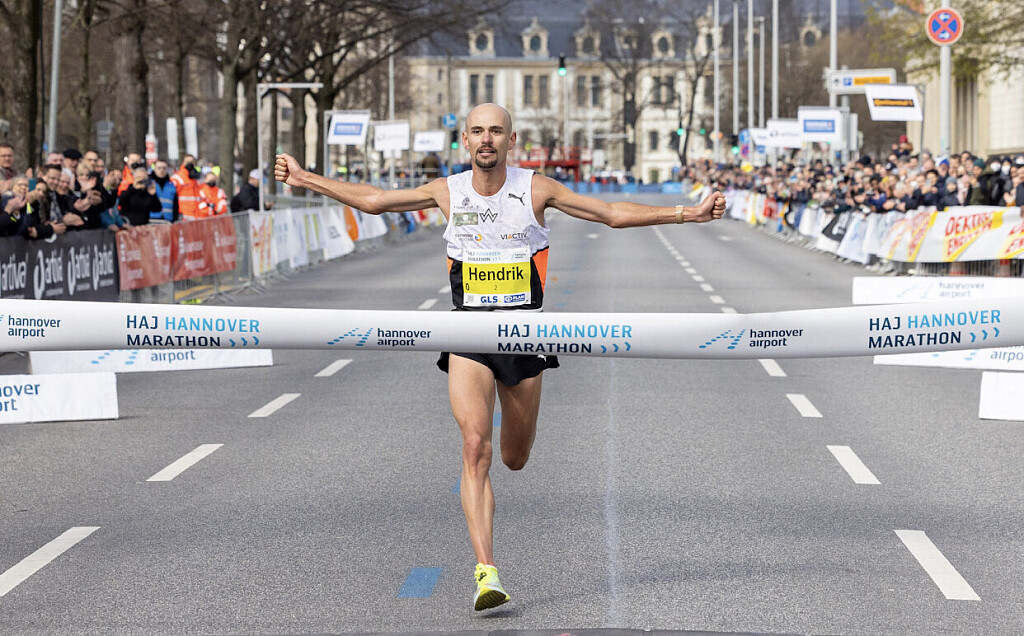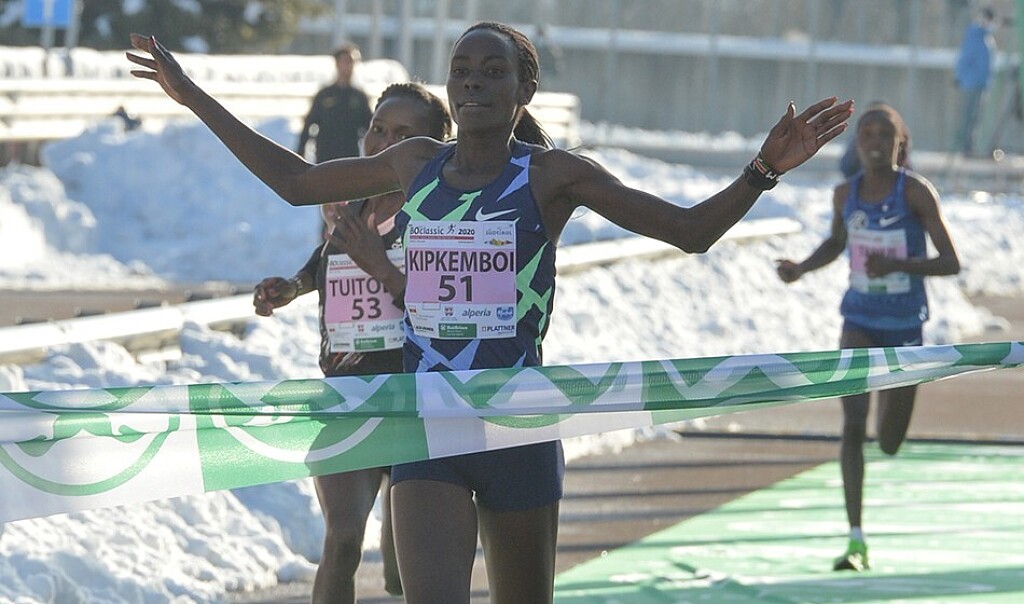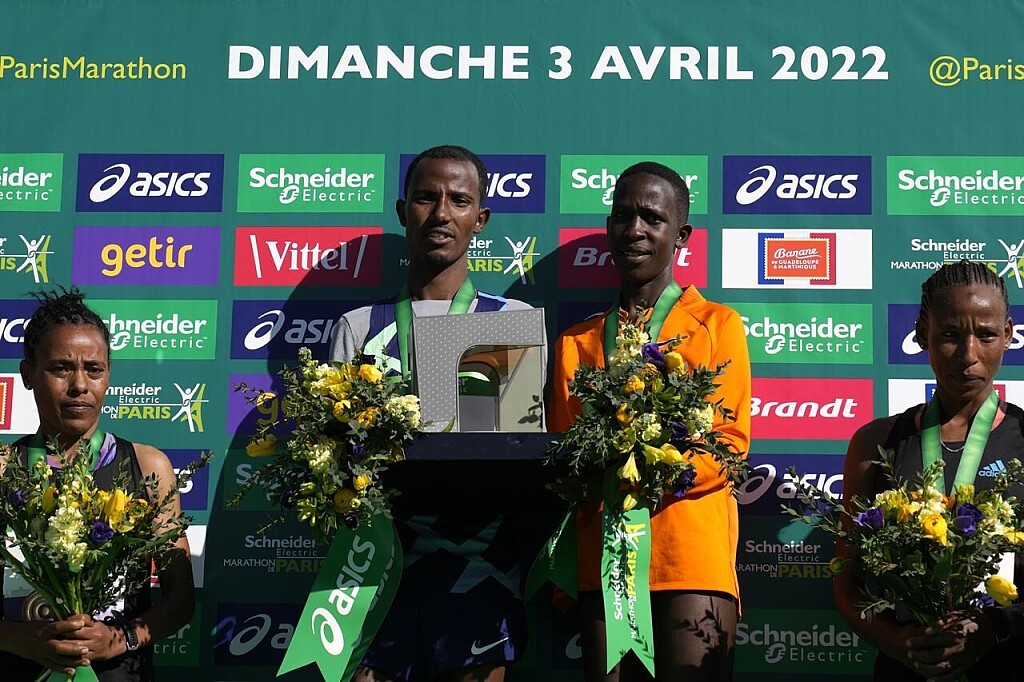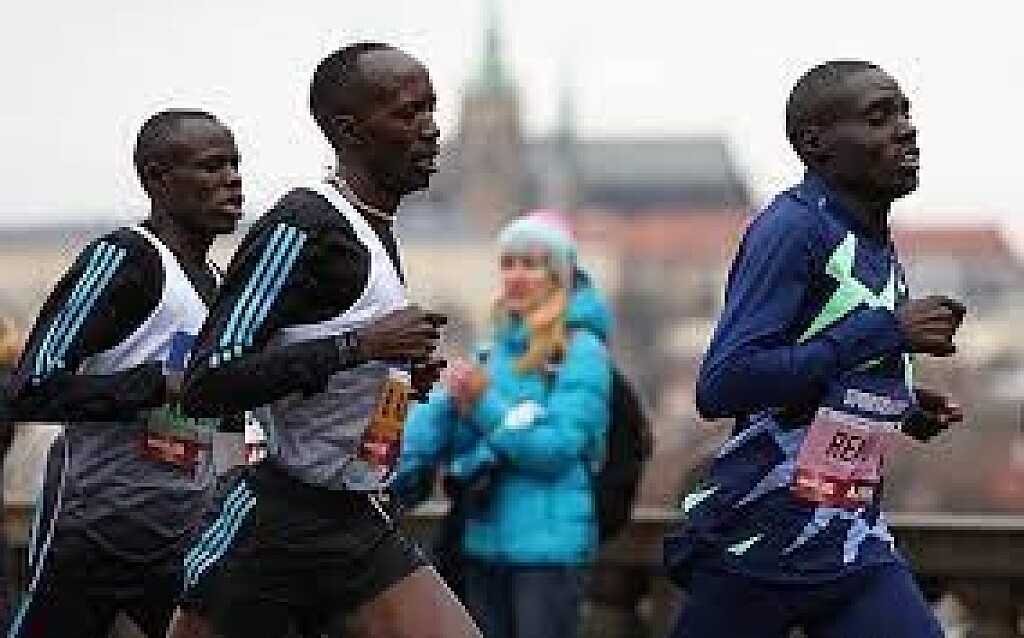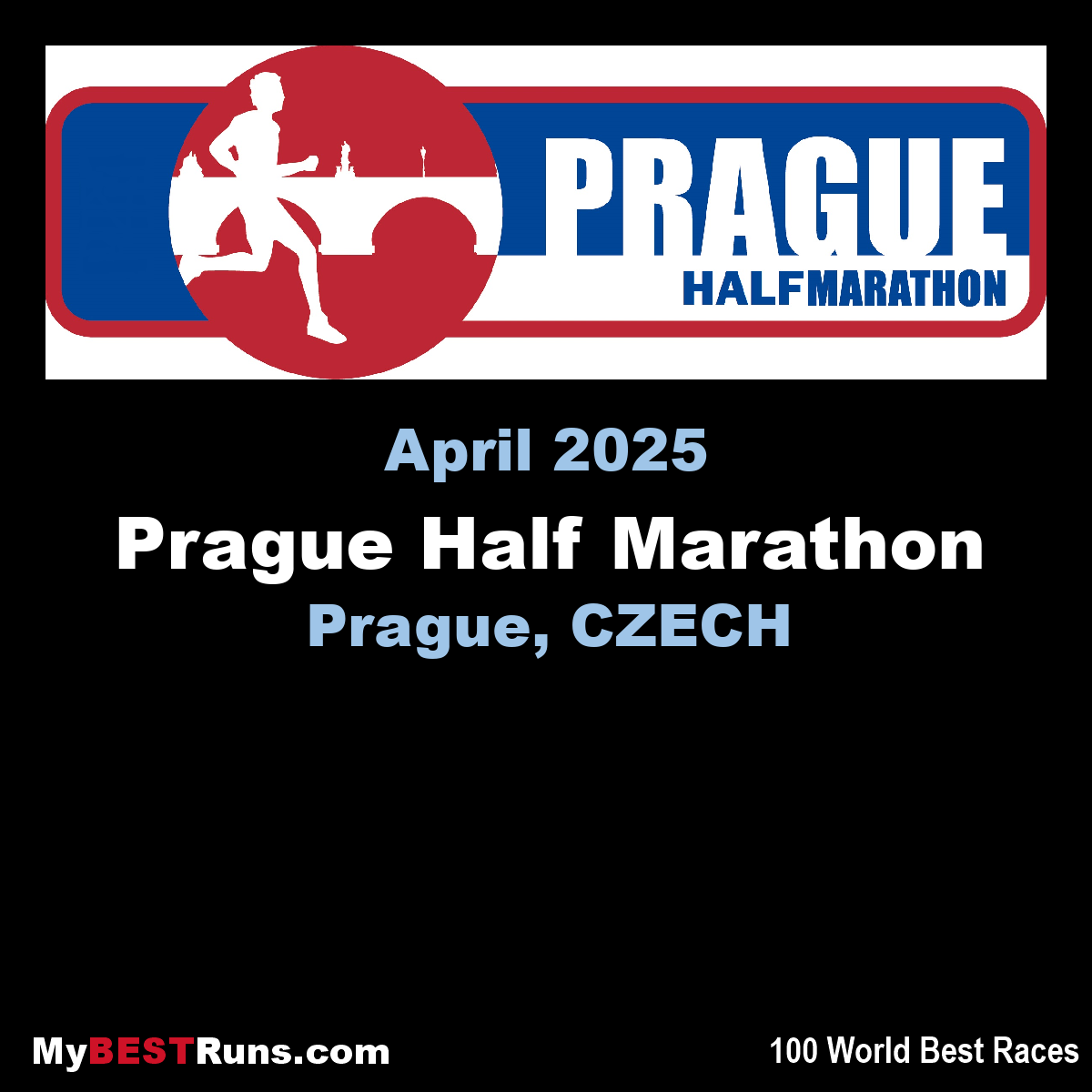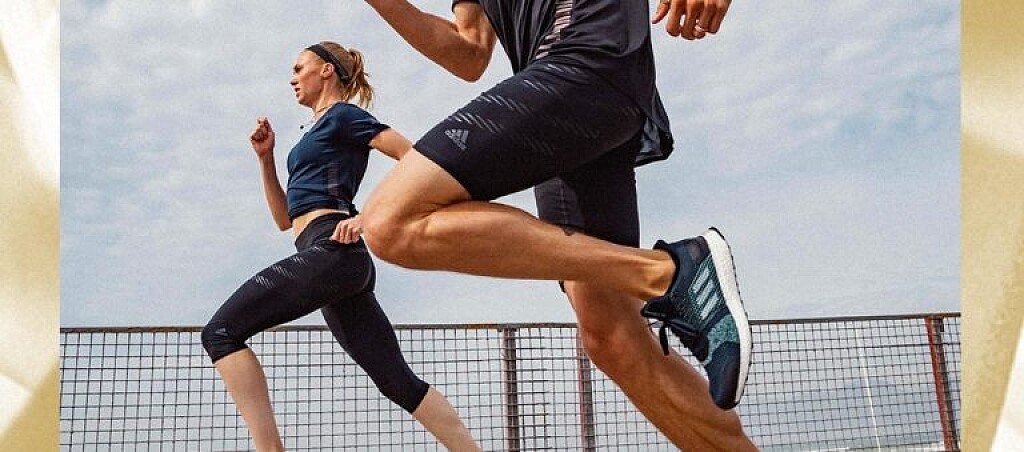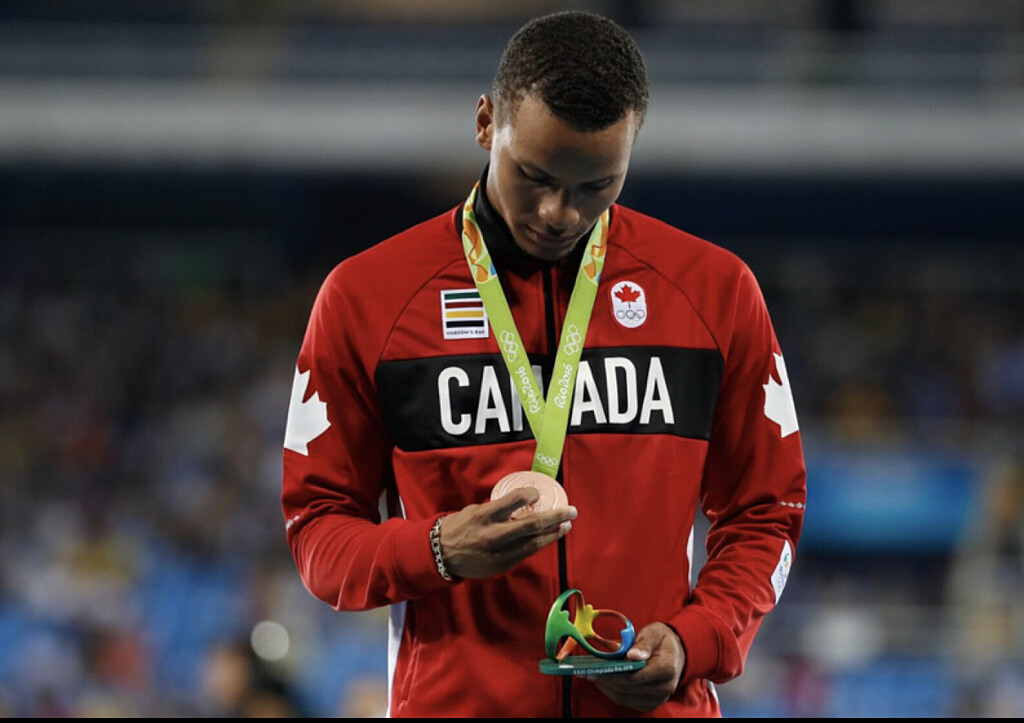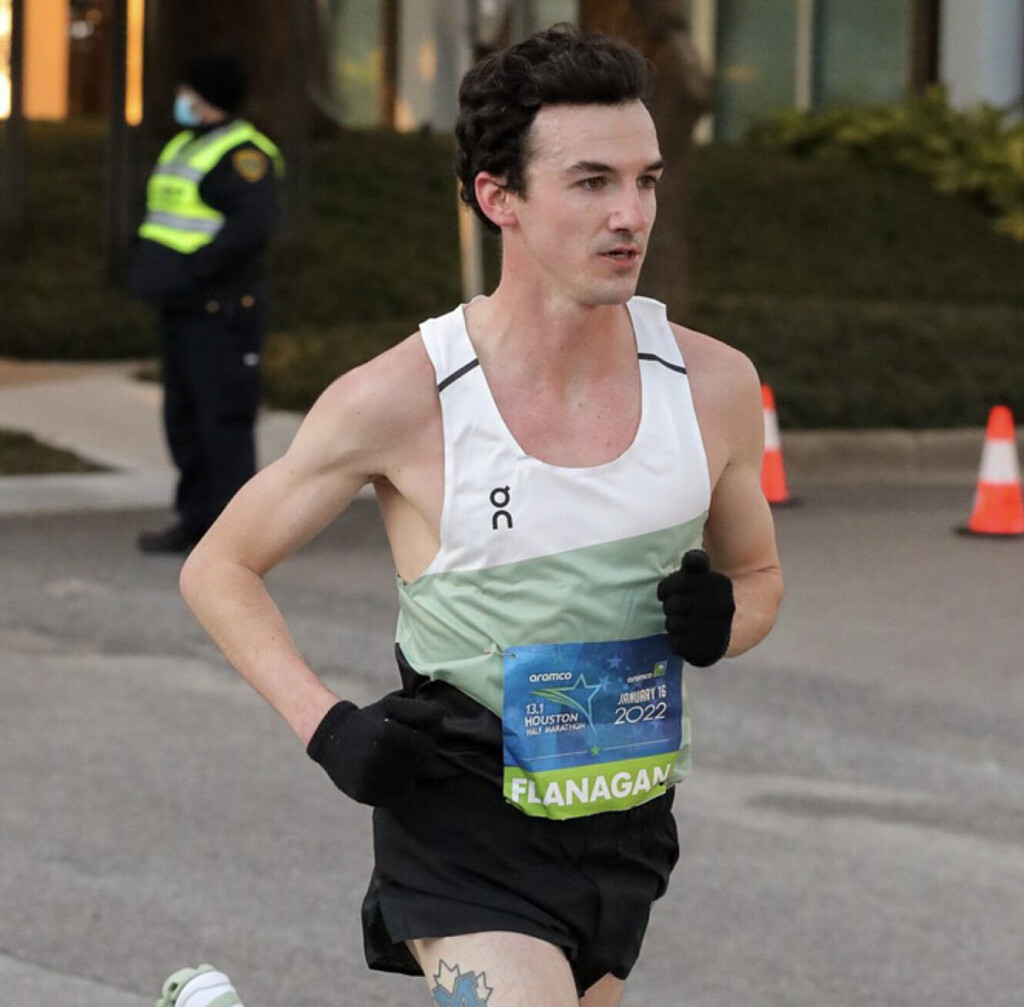Running News Daily
Running News Daily is edited by Bob Anderson in Mountain View, California USA and team in Thika Kenya, La Piedad Mexico, Bend Oregon, Chandler Arizona and Monforte da Beira Portugal. Send your news items to bob@mybestruns.com Advertising opportunities available. Over one million readers and growing. Train the Kenyan Way at KATA Running Retreat Kenya. (Kenyan Athletics Training Academy) in Thika Kenya. Opening in june 2024 KATA Running retreat Portugal. Learn more about Bob Anderson, MBR publisher and KATA director/owner, take a look at A Long Run the movie covering Bob's 50 race challenge.
Index to Daily Posts · Sign Up For Updates · Run The World Feed
A new study says high cushioned shoes improve exercise performance
Some brands revolutionized the shoe market in the past 10 years by designing shoes with a higher stack height to improve recovery. There have always been polarizing opinions on whether high-cushioned shoes have any benefits for performance.
New research out of the University of Exeter in the U.K. and Nike Global Sport Research Laboratory measured the running economy and overall performance between two different prototype shoes–a mid-cushioned model (273 grams) vs. a highly cushioned model (232 grams) during an incremental running test–and found some performance benefits to the more highly-cushioned shoe.

The study was conducted on 32 runners (22 male and 10 female) while wearing each shoe type. Each participant completed an incremental treadmill test in a high cushioned shoe and a mid-cushioned shoe. Their oxygen cost and maximal performance were measured before and after a 30-minute downhill run in each model. Forty-eight hours after the downhill run, the runners were again required to perform the test, to measure long-term muscle damage.
Researchers found that the running economy was 5.7 per cent better in the highly cushioned shoe than in the mid-cushioned model, which equated to approximately one minute and 15 seconds over a 30-minute run. As the runners dealt with higher speeds, the higher cushioned model was able to handle each increment of speed at a lower VO2 level in comparison to the mid-cushioned model.
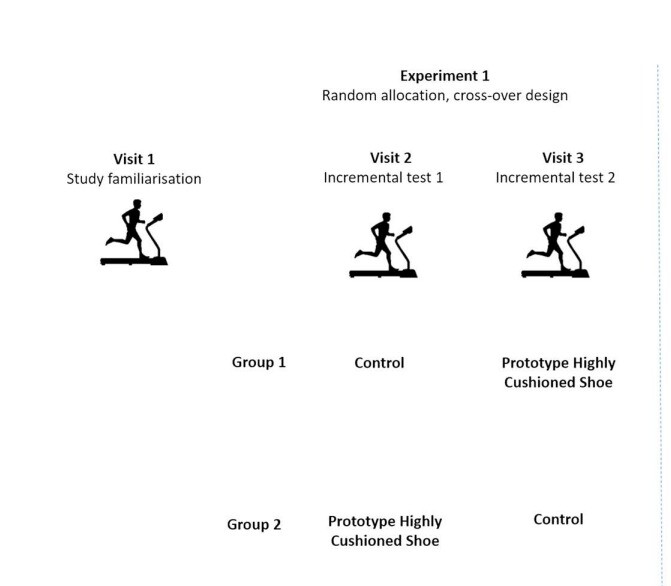
They also found that the oxygen cost in the presence of muscle damage was significantly lower in a higher cushioned shoe, and that there was 4.6 per cent less muscle damage from the downhill run in the higher-cushioned shoes.
These results indicate that a high cushioned shoe may not only improve your recovery but also your performance in the absence of muscle damage.
The shoes that were tested were from Nike, but the precise models were not named in the study.
(04/12/2022) ⚡AMP
by Marley Dickinson
Molly Seidel despite being a favorite for the 2022 Boston Marathon, still struggles with confidence
The 27-year-old battled with an eating disorder to qualify for the USA Olympic team in her first ever marathon. Despite winning bronze at Tokyo 2020 and being a favorite for the 2022 Boston Marathon, she still struggles with confidence.
Molly Seidel is a rare kind of marathon talent.
The Wisconsin native first made athletics headlines when she qualified in second place for the U.S. Olympic team for Tokyo 2020, in her first ever marathon.
Despite this, many onlookers thought that her inexperience would show at the Olympic race in Sapporo. And how wrong they turned out to be.
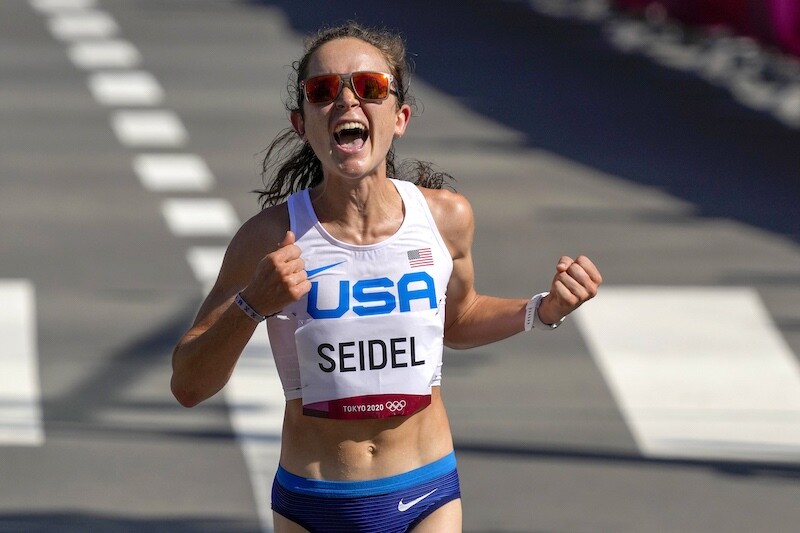
In what was just her third career marathon, she finished on the podium with an Olympic bronze medal around her neck. The only runners to beat her were a triple world half marathon record holder in Peres Jepchirchir, and marathon world record holder Brigid Kosgei.
Using that momentum, Seidel finished fourth at the New York City Marathon in November 2021. Her time of 2:24:42 made her the fastest American woman ever.
On April 18, 2022, she goes to the 2022 Boston Marathon as one of the favorites, seeking the host nation's first win since Desiree Linden in 2018.
But despite her recent successes the American star still struggles with 'imposter syndrome'.

"I struggle with confidence and I struggle with wondering whether or not I belong at this level, whether I belong as a competitor on the world stage," Seidel told CNN.
The making of a front runner
Growing up in Wisconsin, Seidel was always a front runner in school sport. She broke course records and won several state track titles.
The first time her school's cross-country coach Mike Dolan first saw her attack an uphill run, he knew she was special.
“She would be a minute ahead of all the guys and all the girls," Dolan told Milwaukee Journal Sentinel.
"I knew at that time she would be a heck of a runner."
Seidel proved her coach right as she went on to win an NCAA cross country title in 2015, two NCAA indoors (3,000m & 5000m) and an outdoor 10,000m title to become the most decorated distance runner in state history.
Some onlookers even thought she could be a potential U.S. Track Olympic Team athlete for Rio 2016.
Mental health struggles
From the outside, Seidel seemed to be in the best shape of her life, but underneath she was experiencing a deep inner turmoil.
She first went public on her struggles with depression, OCD, crippling anxiety and bulimia in a podcast ran by her close friend Julia Hanlon called "Running On Om", just two months before the 2020 Olympic Trials.
“People who are close to me knew what I was going through during my time at Notre Dame (University), from 2012 to 2016. They knew my OCD had manifested itself into disordered eating,” she revealed in a follow-up interview with ESPN.
“When I was in the NCAA, it was obvious I was battling an eating disorder. It was so obvious that people would write on track and field message boards that I looked sick." - Molly Seidel to ESPN.
“They knew I struggled to eat anything I deemed unhealthy They knew I thought I had to be super lean and super fit all the time, never even allowing myself to eat a bowl of mac and cheese or go out to eat with friends without worrying about what I would order. I've never tried to hide what I went through with my family and friends.”
In 2016 she went into a treatment program for her eating disorder, which she’s still dealing with alongside the anxiety and depression.
When Seidel returned to training, she decided to stop running 5k and 10k and stepped up to the marathon.
“I always kind of dreamed of doing the marathon," Seidel told CNN.
"I think there's just this kind of like glamor and mystery around it, and especially for a younger runner who enjoys doing the distance events in high school, that's kind of the ultimate goal. Everybody wants to do the marathon."
From first marathon to Olympic medal
Her debut 42km race at the USA Trials in Atlanta landed her a place on her nation's Olympic team with race winner Aliphine Tuliamuk and third placed Sally Kipyego.
"I struggled with this kind of imposter syndrome after the trials, specifically as probably the person no one expected to make the team and the person that got probably the most criticism like: Hey, why is this girl on the team?" she continued.
"I think I really struggled with that, and I struggled going into the Games and feeling like I belonged there and trying to prove that I wasn't a mistake on that team."- Molly Seidel to CNN.
Her second marathon effort was the daunting 2020 London Marathon, where she finished sixth .
Then, just 18 months after her first marathon Seidel, who is affectionately known as “Golly Molly” earned bronze and became the third American woman ever to medal in the Olympic marathon.
In November 2021, a broken Seidel returned for her fourth marathon in New York, where she placed fourth with a personal best time despite fracturing two ribs as she prepared for the event.
It was an absolute disaster of a build up,” she recalled.
"It was really hard, not only with the mental stress that we had going on after the Games of just feeling, frankly, no motivation. And just trying to find that drive to re-up for another hard race right after an enormous race that I'd been training effectively two years for.”
Those injuries are now behind the 27-year-old, who has been training in Flagstaff.
Though she dropped out of the New York Half in March due 'setbacks in training', Seidel heads back to Boston where she lived for four years with high hopes for something special.
“Boston was like the place that made me a pro-runner. It was the first place I moved after I finished college.It was the place that kind of like rebuilt me as a runner after going through a lot of challenges through college,” she said to CBS Boston.
“Just getting to do the race in the place that made me the runner that I am and with the people that helped me become the runner that I am, it’s just enormously meaningful to me. That what makes it a lot more special than any other race.”
(04/12/2022) ⚡AMPby Evelyn Watta
Boston Marathon
Among the nation’s oldest athletic clubs, the B.A.A. was established in 1887, and, in 1896, more than half of the U.S. Olympic Team at the first modern games was composed of B.A.A. club members. The Olympic Games provided the inspiration for the first Boston Marathon, which culminated the B.A.A. Games on April 19, 1897. John J. McDermott emerged from a...
more...What is the real secret behind motivation? If you want to stay engaged in and excited about your training, you have to harness your inner drive
We often talk about motivation as being a key factor in running success, and elite athletes seem to have it in spades. Any time our training falls to the wayside, we often blame a lack of motivation as the reason. So how do you stay motivated to avoid these lapses in training? Where do elite athletes get their motivation? The answer is not external but comes from your own individual inner drive. Here’s how to cultivate it.
Extrinsic vs. intrinsic motivation
Runners often use goals, like aiming for a new personal best or getting a BQ, or rewards, like having their favourite meal at the end of a long run, to motivate themselves to stick to their training plans. These are examples of extrinsic motivation, and can be effective in acute situations. When you’re at kilometre 35 of a marathon or entering the final mile of a 5K, reminding yourself of your goal can be very useful when things are starting to get tough and your brain is telling you to call it quits.
In your day-to-day training, however, extrinsic goals don’t tend to work as well, because while they provide a large dose of motivation, that fire quickly burns out. Intrinsic motivation, on the other hand, provides that slow-burning, long-lasting motivation that you need to lace up your shoes day after day, month after month and year after year.

The idea behind intrinsic motivation is that you have to want to put in the work. One of the biggest factors that separate elite athletes from non-elites is that they not only enjoy the training process, but are addicted to it. Success isn’t purely about achieving their goals, it’s about showing up every day, putting in the work and actually enjoying the process of slowly becoming a better athlete.
The good news is that elite athletes aren’t the only ones with this inner drive. You have one too, and all you have to do is tap into it to start harnessing its power.
How to tap into your inner drive

Everyone has days when they don’t feel like going out for their run, hitting the gym or doing whatever else their training involves, but if you’re constantly feeling like running is something you have to do, rather than something you want to do, that’s a sign that you’re lacking inner drive. Here are a few tips for tapping into your inner drive so you can ultimately achieve success:
Learn how to explore. Inner drive often happens when your interests and skills collide, so give yourself the opportunity to explore your interests and find what excites you. Within the context of running, that often means choosing distances or goals that you actually enjoy doing. For example, runners tend to elevate the marathon as being the ultimate event that all runners must aspire to, but you may find that training for the mile is a lot more interesting or exciting to you, and that’s great.
If you think you’re losing your inner drive, consider switching up what you’re training for to reignite your excitement and passion for the sport. Trying a completely new distance or switching from the roads to the trails could be just what you need.
Create a healthy environment. Runners tend to be very strict with their training and put a lot of pressure on themselves to achieve their goals. In small doses, this can be beneficial, but in the long run can lead to frustration and burnout. Give yourself room to fail. Listen to your body and allow yourself to make changes to your training when necessary. Choose goals because they feel right to you, not because your running buddies or your coach are telling you they should.
Don’t chase outcomes. Define what progress looks like to you, and chase that instead. Focus on getting a little bit better every day, and don’t allow the desire for perfection to get in the way that progress. Improvement is rarely linear, and success often doesn’t look exactly the way we think it will.
This doesn’t mean you shouldn’t set goals, but they shouldn’t be the main driver that gets you off the couch and out the door every day. Choose goals that are appropriate to your current level (without comparing yourself to others, or even your past self), and use them as a guide only.
(04/12/2022) ⚡AMPby Running Magazine
Two-time Olympic finalist signs with NFL’s Philadelphia Eagles, Devon Allen previously declined the chance to play professional football to focus on track after university
Three-time U.S. 110m hurdles champion and two-time Olympic finalist Devon Allen is leaving the track after the 2022 season to pursue a career in professional football, signing a deal with the Philadephia Eagles.
Allen, 27, is a former wide receiver for the University of Oregon, helping the Oregon Ducks win the Pac-12 Championship in 2014. Allen had the chance to go pro after college, but passed on a chance to play in the NFL to become an Olympic sprint star.
At the University of Oregon’s NFL pro day, Allen told the media that his focus right now is to win the 110m hurdles at the 2022 World Championships in July.
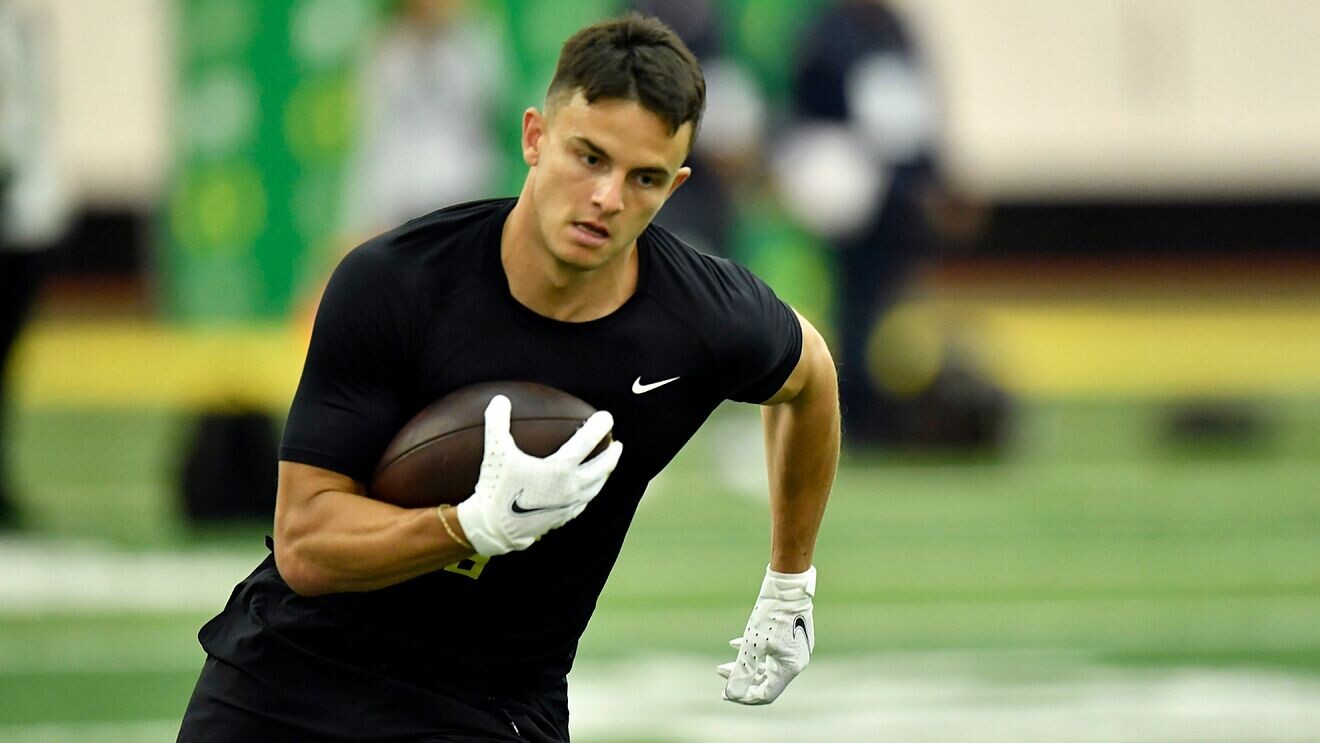
The hurdler caught 54 passes for 921 yards and eight touchdowns over three seasons at Oregon, tearing his ACL on two separate occasions. When Allen returned after his second tear, he devoted himself to the track, winning both U.S. Olympic Trials and an NCAA championship in 2016.
Allen finished fifth at the 2016 Olympic Games in Rio with a time of 13.31 seconds and was fourth at 13.14 seconds in Tokyo five years later. In his last race of the 2021 season, Allen won his first Diamond League title, breaking the 13-second 110m hurdles barrier, becoming the 13th U.S. sprinter to do so.
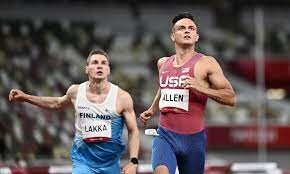
Allen is not the only track and field to attempt a transition into professional football. Willie Gault, a member of the U.S. team that set a world 4x100m record of 37.86 at the inaugural World Athletics Championships in 1983, spent 11 years in the NFL as a wide receiver with the Chicago Bears and played on their 1985 Super Bowl-winning team.
The 1964 Olympic 100m champion, Bob Hayes, also played in the NFL as a wide receiver for the Dallas Cowboys, helping them win Super Bowl VI in 1971.
(04/11/2022) ⚡AMPby Running Magazine
These simple training tactics will improve your aerobic engine and help you achieve your running goals
One of the biggest challenges runners face is how to translate their speed over a shorter distance, like a 5K, into a good result over a longer distance, like a marathon. Runner, sports rehabilitation therapist and coach, James Dunne, comes across this issue with many of his athletes.
In the video, he explains three ways that pro athletes accomplish this and how recreational runners can apply these principles to their training to be able to run faster for longer.
Improve your aerobic engine

The first and arguably most important way elite athletes build up their speed endurance is by improving their aerobic engine. Dunne explains that the only way to do this is to build a bigger base of aerobic fitness through three types of sessions in your weekly running program: the long run, midweek aerobic runs and tempo workouts.
The long run: The pace should be slow and steady, firmly in your aerobic zone. You should be able to maintain a back-and-forth conversation fairly easily during your long run. The length of your longest long run will vary depending on the length of your goal race.

Midweek aerobic runs: As Dunne explains, if you’re running three times per week, doing one long run, one threshold (or tempo) run and one easy run, the best way to see improvement is to add another easy aerobic day, rather than another workout. This allows you to accumulate more weekly mileage without placing undue stress on your body. Dunne encourages most runners to build toward running around six hours per week.
Tempo workouts: These workouts are run at the point when your aerobic system is topping out and your anaerobic system is starting to kick in (a.k.a. your lactate threshold). In other words, a tempo run should be done at a pace that feels “sustainably uncomfortable.”
As you do these types of workouts, your body will be able to run at an increasingly faster pace before you reach your lactate threshold, allowing you to run further, faster.
(04/11/2022) ⚡AMPby Brittany Hambleton
Mike Fanelli Remembering Mark Conover
As you have most likely heard, our dear friend Mark Conover made his way to heaven last night (April 6, 2022).
Like you, I knew that it was coming...but frankly, that doesn't make it any easier to reckon with. I've been physically ill since hearing the news early this morning.

It has taken me all day long to muster up the oooommmppph to write a little something about him...and I hope that doing so provides a cathartic effect....for all of us.
We first knew each others as competitors at the same distances in the same Far Western Conference in the early eighties. Scratch that...we ran in the same track races in different colored uniforms, but on my very best day I couldn't hold a candle to Mark.
Post-collegiately, I was working as the running promotions guy at Reebok and Mark was one of our sponsored athletes...as you will note from his red, white, and blue striped uni from that career highlight.

In 1988, as a young journalist in the sport, I was commissioned to cover the 1988 Olympic Marathon Trials. I am pretty sure that I got the job because no one else wanted to go from California to Hoboken, New Jersey where they were being held.
There, I got to ride the press truck and at times, our vehicle was bogged down in the tiny rutted streets so much so that we nearly impeded the runners...we could practically reach out and touch them.
That, and I was absolutely flabbergasted to see Mark running right up front alongside the heavyweight, Ed Eyestone.
It took everything I could rally to show impartiality, while inside I was clearly wildly rooting for my buddy in the sweat socks.
Once in Seoul, South Korea for those 1988 Games, I made a point of being in the stadium early morning to catch the marathon start, and had devised a plan to take subways to different spots on the course to cheer my head off for Mark, my brother Gary, and Pete Pfitzinger. It was SO cool to watch a Lumberjack pal racing against the best in the world in the ultimate marathon of all...the Olympic Games.
Back stateside, Mark and I shared more deeply personal trials and tribulations. In particular, both of our Dads passed within close proximity to one another, and we kinda' talked each other through some of that.
But while all of the above speaks to our history together, I wanted to share with you how we very first became actual pals.
It was 1981, and us San Francisco State Gator tracksters made the bus trip up to Humboldt State to compete in their famed 'Bowl' for a dual meet competition.
Of course, Mark and I were entered in the same event, the 5,000 meters...and if I recall, he already had THE leading time in NCAA Dll at that point in the season.
I purposely lined up right next to him, the lone purple clad runner in a sea of green.
When the starter called us to our marks and raised his pistol, I nudged Mark and pointed to his shoes and said, 'your spikes, they're untied" (they weren't).
The gun fires a thousandth of a second later and I am off in a hurry and into an immediate lead while Mark is still inspecting his footwear.
A lead that lasted PERHAPS 180 yards before King Conover came shuffling on by, and left both me and the rest of the field in his wake.
Forty years later, EVERY time we saw one another, that 'incident' crept into the conversation...and always always always, still cracked us both up.
Mark Conover was a unique, cool, witty, down-to-earth cat on SO many levels.
I am honored to have known him and called him my friend.
Rest in forever peace my man.
(04/11/2022) ⚡AMPby Mike Fanelli
Everything you need to know about Boston Marathon 2022
Tokyo 2020 Olympic gold medalist Peres Jepchirchir will headline the 126th edition of the Boston Marathon, which returns to its customary Patriots Day (April 18) for the first time since 2019.
The men's race, meanwhile, will see seven of the last eight winners will compete including Kenya's reigning champion Benson Kipruto.
Elsewhere in the women's race Jepchirchir's Kenyan compatriots Joyciline Jepkosgei and Edna Kiplagat, and Olympic bronze medalist Molly Seidel will offer a stern challenge.

Below, we take a look at the top athletes to watch out for in one of the top events of the 2022 athletics calendar, the route they will follow in Boston, the schedule and how to watch the action.
Tokyo star Jepchirchir targets podium

The quality of the women’s race is impressive, with 12 women on the start list having run under 2.23.00
A year after she claimed the Olympic title and the New York City Marathon, Jepchichir has one target: to be the first woman to cross the finish line on Boylston Street.
“My high expectations is to be a winner and I would like to arrive at the day of the race in my best shape,” said Jepchirchir.
The Kenyan will compete with a familiar rival from the Tokyo 2020 podium in Olympic bronze medalist Seidel. The former Boston resident is the third American woman in history to medal in the Olympic marathon.
Two former Boston Marathon champions in 42-year-old Edna Kiplagat (2017 winner), and American Des Linden (2018) will also toe the Boston course again.
The 2022 race will also mark the 50th anniversary of the first official women’s race in 1972.
To mark the occasion, an honorary team comprised of eight women who have made a powerful impact in athletics and human rights will compete. Among the group will be Valerie Rogosheske, one of the original eight finishers in 1972.
All eyes on the returning men's champions
A very strong contingent of men's runners will lock horns on the second stop of the World Marathon Majors, following Eliud Kipchoge's comfortable victory in Tokyo.
Keep an eye on Benson Kipruto, the defending champion from Kenya and his compatriot Lawrence Cherono (2019 Boston winner), Japan’s ‘citizen runner’ Kawauchi Yuki (2018), Kenya’s Geoffrey Kirui (2017), and Ethiopian pair of Lemi Berhanu (2016), and Lelisa Desisa (2015 and 2013).
Geoffrey Kamworor, the two-time New York Marathon winner who trains with Kipchoge in Kaptagat, is back in form after being hit by a motorbike in June 2020 and sitting out for a year.
Elite Americans runners Colin Bennie, hoping to improve on his seventh-place finish from 2021, Jake Riley and Jared Ward, will also be challenging for top honors.
The course
The Boston Marathon hasn't changed from last year, but does see the number of participants increased to 30,000.
The race starts in Hopkinton, MA and ends on Boylston Street in Boston, MA. The course is flat with the most challenging stretch of the race being the steep incline between 29km-34km (Miles 18-21).The notorious Heartbreak Hill is the last of the four hills in Newton.
The schedule of events
This year’s races will start earlier than previous years with expected rolling starts.
Men's Wheelchair - 8:02 am ET.
Women's Wheelchair - 8:05 am ET.
Handcycles & Duos - 8:30 am ET.
Professional Men - 8:37 am ET.
Professional Women - 8:45 am ET.
Para Athletics Divisions - 8:50 am ET.
Rolling Start Begins - 9:00 am ET.
Rolling Start Ends - 11:30 am ET.
How to watch
For Boston residents, they can follow the race live by finding a good spot on the spectator guide, or can kick back in their living room as the marathon will be aired lived on CBS Boston’s WBZ-TV from 7:00am (EDT).
NBC Sports Network and the NBC Sports App are the exclusive national television and streaming partner for the Boston Marathon for wider America.
Live race coverage will be broadcast on NBC Sports Network and the NBC Sports App 7:30 a.m. to 12:00 p.m. ET.
(04/11/2022) ⚡AMPby Evelyn Watta
Boston Marathon
Among the nation’s oldest athletic clubs, the B.A.A. was established in 1887, and, in 1896, more than half of the U.S. Olympic Team at the first modern games was composed of B.A.A. club members. The Olympic Games provided the inspiration for the first Boston Marathon, which culminated the B.A.A. Games on April 19, 1897. John J. McDermott emerged from a...
more...Abdi Nageeye and Haven Hailu triumph at Rotterdam Marathon
Olympic silver medalist Abdi Nageeye produced a well-timed finish to win the Rotterdam Marathon, his first career victory over the classic distance, while Ethiopia’s Haven Hailu won the women’s contest in convincing fashion at the World Athletics Elite Label road race on Sunday (10).
The two races played out in contrasting ways. A large lead pack formed early on in the men’s race as they passed through 10km in 29:29 and half way in 1:02:16. The pack started to whittle itself down in the second half though, and by 30km – reached in 1:28:31 – just seven men remained in the group: Nageeye, Olympic bronze medalist Bashir Abdi, Ethiopia’s Leul Gebreselassie, Kenya’s Dominic Kiptarus, Reuben Kiprop Kipyego, Kenneth Kipkemoi and Philemon Kacheran.
Kipyego and Gebreselassie continued to push the pace in the closing stages and it was enough to drop most of the athletes left in the lead pack. Abdi, who set a European record of 2:03:36 when winning at last year’s rescheduled Rotterdam Marathon in October, started to drift behind just before 40km, leaving Nageeye, Kipyego and Gebreselassie to battle it out for the podium places.

Kipyego couldn’t quite match the finishing pace of Gebreselassie and Nageeye as the duo sprinted for the line. In the end Nageeye just edged ahead to cross the line in 2:04:56, taking more than a minute off the Dutch record he set in this same city in 2019. Gebreselassie was given the same time in second place, the fifth sub-2:05 clocking of his career, while Kipyego took third in 2:05:12, 11 seconds ahead of Abdi.
In the women’s race, Ethiopia’s Haven Hailu and Kenyan duo Daisy Cherotich and Stella Barsosio made an early break, reaching 10km in 32:55 – bang on pace to challenge the course record of 2:18:58 set 10 years ago by 2012 Olympic champion Tiki Gelana.

They were unable to maintain that pace for too much longer, but still reached the half-way point in a swift 1:09:56, just inside 2:20 pace. Almost two minutes behind them, relative newcomer Nienke Brinkman of the Netherlands was running in no-woman’s land.
A few kilometres later, Hailu broke away from Cherotich and Barsosio. Cherotich held on for a little longer than her compatriot, but by 35km – which Hailu reached in 1:57:34 – Brinkman had moved up to second place.
Brinkman continued to make up ground in the closing stages, but Hailu’s lead was safe and the 24-year-old crossed the finish line in 2:22:01. It was the second-fastest time of her career, after the 2:20:19 PB she set in Amsterdam last year, but her first marathon victory to date.
Brinkman, who only took up running in 2020, was rewarded with a huge PB of 2:22:51 in second place, breaking the Dutch record set in 2003 by Lornah Kiplagat. Kazakhstan’s Zhanna Mamazhanova finished well to take third place in 2:26:54, taking more than a minute off the national record that was set back in 1987.
Leading results
Women
1 Haven Hailu (ETH) 2:22:01
2 Nienke Brinkman (NED) 2:22:51
3 Zhanna Mamazhanova (KAZ) 2:26:54
4 Munkhzaya Bayartsogt (MGL) 2:29:25
5 Tristin Van Ord (USA) 2:29:32
6 Carolina Wikstrom (SWE) 2:29:51
7 Alisa Vainio (FIN) 2:29:56
8 Daisy Cherotich (KEN) 2:30:42
Men
1 Abdi Nageeye (NED) 2:04:56
2 Leul Gebreselassie (ETH) 2:04:56
3 Reuben Kiprop Kipyego (KEN) 2:05:12
4 Bashir Abdi (BEL) 2:05:23
5 Kenneth Kipkemoi (KEN) 2:06:22
6 Rodgers Ondati Gesabwa (KEN) 2:09:40
7 Abida Ezamzami (MAR) 2:09:52
8 Philemon Kacheran (KEN) 2:10:12.
(04/11/2022) ⚡AMPby World Athletics
NN Rotterdam Marathon
The marathon has been the biggest one-day sporting event in the Netherlands for many years in a row with over 35000 athletes professionals inclusive. The world's top athletes will at the start on the bustling coolsingel, alongside thousands of other runners who will also triumph,each in their own way.The marathon weekend is a wonderful blend of top sport and festival. ...
more...5 tips for surviving an injury
Injuries are a significant emotional and mental challenge. Having to put your training plans aside and miss your goal races, or simply being unable to participate in your favourite activity is a nightmare for many runners. If you’re currently sidelined with an injury, follow this advice to help you handle the emotional side effects of time off until you can get back out on the roads and trails again.
Focus on what you can do
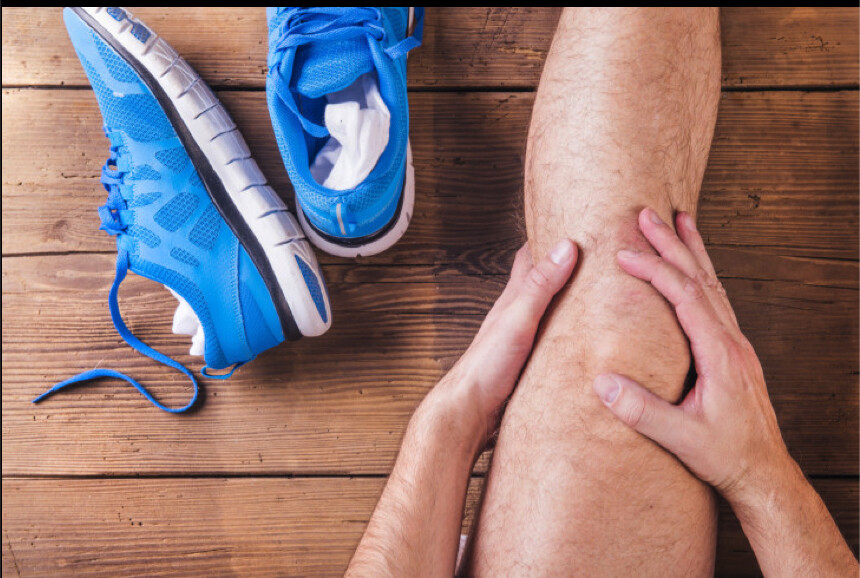
As much as possible, avoid doing any activities that aggravate your injury. This will only slow down the recovery process and delay your return to running. Instead, focus on the activities that you can do, and do them consistently. If you can cycle, get into a cycling routine. If you can swim, consider getting a temporary membership at the local pool. Not only will this give you something to do while you can’t run, but it will build your fitness in different ways, which could actually help you become a better runner once you’re able to return to training.
If you’re not sure which activities will be safe for your injury, talk to a physiotherapist or other sports medicine expert who can help you devise a cross-training plan. As always, listen to your body and if your injured area doesn’t feel good after a certain activity, scratch that one off the list.
Do a variety of activities
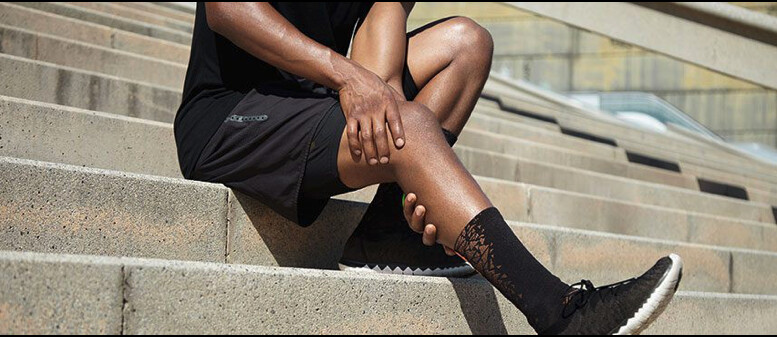
To take the first point a little further, as much as your injury allows, try incorporating a variety of cross-training activities into your weekly schedule to keep your training interesting and fun. Heading to the gym to cycle for an hour every day on the stationary bike can quickly get boring, but cycling one day, using the elliptical the next and hopping on the rowing machine the day after that will keep things fresh and challenge you in different ways.
Make rehab exercises your new obsession
If you’re dealing with an injury, you’ve hopefully already gone to a physiotherapist and been given some exercises to help heal it. Since you’re not spending hours of your week out running, dedicate at least a portion of that time to doing those exercises. Schedule them into your day the same way you would have scheduled a run to ensure you’re doing them consistently, which will speed up the healing process so you can return to running faster.
Find joy in other activities
Running can be a pretty time-consuming hobby, so when you’re injured, use some of the extra time you have on your hands to lean a little more heavily into another hobby that you may have been neglecting. Play an instrument. Make some art. Build something. Garden. Whatever you’re into, an injury provides an opportunity for you to re-engage with some of your non-running hobbies, and to remind you that you’re more than just a runner.
Don’t put too much pressure on yourself
One of the hardest parts about a running injury is that it’s difficult to know when you’ll be able to return to training. Some injuries take a couple of weeks to heal, others can take months. Be patient, and don’t put pressure on yourself to return by a certain date, or to stay as fit as possible while you’re on the sidelines. You will get back to running at some point, and while it may take a bit of time, you will return to the level of fitness you once had. Rushing this process will only cause you to injure yourself all over again.
On a similar note, don’t put too much pressure on yourself when it comes to your cross-training, either. If you can’t force yourself to stay on the stationary bike for an entire hour, try just doing 30 or 45 minutes. Do what you can do to stay active so the transition back to running is easier, but forget about perfection.
(04/10/2022) ⚡AMPby Running Magazine
Father of quintuplets sets a unique stroller Guinness World Record
On March 20, a father of quintuplets set a new Guinness World Record for the fastest half-marathon while pushing five children in a stroller. Chad Kempel of San Lorenzo, Calif., who is dad to seven kids, including a set of quintuplets: Gabriella, Grayson, Lincoln, Noelle and Preston Kempel, set a unique record at the Oakland Marathon.
According to Guinness, Kempel’s quintuplet stroller record was the first of its kind. Guinness gave him a cutoff of two hours and 30 minutes to complete the half marathon, which he had no problem with, finishing the 21.1-kilometre race in two hours and 19 minutes (11 minutes under the cutoff time).


During the race, Kempel recalls his children saying, “faster, faster dad, faster,” about 20 or more times. The trick with stroller running is that you’re forced to change the mechanics of your running as you are pushing the stroller. Physically, it’s a lot more work than regular running, as you’re multitasking, keeping an eye on the kids while trying to focus on your cadence and pace.
The Oakland Half Marathon course is not flat; runners are challenged by several hills around halfway. Kempel said to the local news that the stroller felt like it was going to roll back on him on each hill, exhausting all of his energy.
Kempel also holds the Guinness World Record for running a marathon while pushing five children in a stroller. He achieved this record at the Modesto Marathon in 2019 when his set of quintuplets were still babies.
The father of seven admits that he fell in love with running as his escape and anti-depressant. Kempel holds a personal best time of 1:44:41 for the half without a stroller and hopes to share his love for running with his kids as they grow.
(04/10/2022) ⚡AMPby Running Magazine
How running like an animal makes us human
How does running like an animal make us more human? According to Jason Karp, author of Work Out: The Revolutionary Method of Creating a Sound Body to Create a Sound Mind, running is about more than just achieving goals. Running allows us to live life fully by attending to our physical needs first, so that our minds can operate clearly. If you need an extra hit of motivation to get yourself out the door today, this 14-minute video will do the trick.
In his talk, Karp argues that while we’re often told to practice mindfulness to keep ourselves mentally well, this advice is incomplete. He says we are physical animals first, and by meeting the needs of our bodies, we can better meet the needs of our minds.

Karp goes on to explain that every human has three parts—body, brain and mind. When these three parts work together and are equally balanced, life is great. Unfortunately, this rarely happens, and the body, brain and mind are often in conflict with one another, all trying to be the boss.
“But there can only be one boss,” he says. “People tend to think that the brain sits atop the pyramid, controlling the body, but it’s actually the other way around. The body is the chief executive officer and the brain is the chief operating officer. While your brain controls your body’s entire operation, it works in service to your body.”
Karp goes on to talk about how running improves the function of your mind, makes you more creative and relieves stress. Using scientific examples, he emphasizes that by taking care of your body first, the health of both your brain and your mind will follow.
So if you’re struggling to push yourself out the door today, or are looking for an extra hit of motivation to get you through your next training block, bookmark this video so you can pull it out any time you need to be reminded of your “why”. And, as Karp says, “Run to be creative, run to be imaginative, run to be confident, run to be successful, run to be productive, run to be helpful—just run.”
(04/10/2022) ⚡AMPby Running Magazine
Texas resident becomes youngest woman to complete 1,000 marathons
Angela Tortorice of Dallas, Texas, has accomplished one of the world’s toughest running records. She has become the youngest woman to complete 1,000 marathons, at 54 years old. She finished her 1,000th marathon at the Irving Marathon in Irving, Texas, on April 2.
Tortorice lined up for her first marathon in support of her former husband, who was diagnosed with multiple sclerosis in 1997. Since then, she has taken part in 999 marathons across North America and all 50 U.S. states.


For the past 25 years, Tortorice has averaged 40 marathons a year. She also holds the Guinness World Record for most marathons run by a woman in a single calendar year: 129, between Sept. 1, 2012, and Aug. 31, 2013.
For the most part, Tortorice chooses to walk/run a majority of her races – completing them between six and seven hours (nine and half minutes per kilometre). Her personal best time is five hours.
Throughout her marathon journey, she has raised over $170,000 for MS.
“I’m not stopping at 1,000, I am in it for the long run,” Tortorice told local news. Her life goal is to make a difference in finding a cure for MS.
Tortorice works as an accounting specialist for Vistra Corp., a Texas-based energy subsidiary, whose headquarters are based out of Irving. The new Guinness World Record holder finished her 1,000th marathon in seven hours and 11 minutes to become the first woman in the U.S. and the youngest woman in the world to now complete the feat.
(04/10/2022) ⚡AMPby Running Magazine
Camille Herron becomes youngest runner to join 100K Lifetime Miles club
The 50 and 100-mile world record holder, Camille Herron, has become the youngest runner to join the 100,000 Lifetime Miles club. At 40, she has had an illustrious running career in marathons and ultras, but on Thursday evening, she knocked off her 100,000th lifetime mile surrounded by her friends and family.While there are no official records for such achievements, 100K Lifetime Miles uses the honour system. Herron began keeping track of her mileage on her wall calendar back in 1995, while she was in high school. She later transitioned her miles into an Excel spreadsheet, which she still uses today.Herron is the 117th runner to join the club.
The distance is equivalent to approximately four trips around Earth. Herron has averaged 3,700 miles (5,950 km) per year since 1995. In her biggest year, 2011, she hit 5,848.48 miles.


As she finished her run, Herron was ecstatic about the achievement but immediately said “Let’s keep going,” in typical ultrarunner fashion.She claimed she will celebrate this accomplishment with a steak dinner and possibly post-run donuts.
In February, Herron broke her 100-mile world record time of 12:42:40 at the Jackpot Ultras in Nevada. She is also the only ultrarunner to win all three of the 50K, 100K, and 24-hour World Championships.
(04/10/2022) ⚡AMPby Running Magazine
Military wife Mary Vaughn will be running Boston Marathon helps raise money for families of deployed soldiers
While thousands of Fort Bragg soldiers are deployed to Europe, one military spouse is using her passion for running to support her deployed husband and the thousands of other Army spouses affected by this deployment by running the Boston Marathon -- raising thousands of dollars for the USO.
For Army spouse and mother of three Mary Vaughn, running has been an important tool in dealing with the stress of military life.
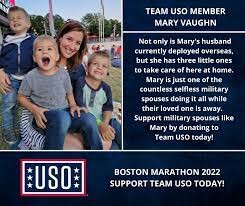
"It's been most useful during deployment, having something to work toward every single day and look forward to while John has been deployed," Vaughn said. "Without it, I would be very stressed."
Her husband, Capt. John Vaughn, is among the thousands deployed to Poland in February to provide support for Ukraine.
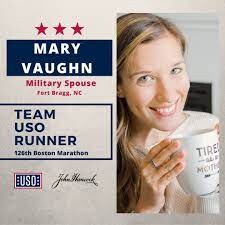
Vaughn used her husband's deployment as motivation to train for a mission all her own, running the Boston Marathon to raise money for the USO.
"Being strong for my kids and keeping things moving in the absence of our spouse, for me, it was a big undertaking this deployment, and to be honest, I'm really proud of what I have done this deployment," she said.Along with her fellow teammates, Vaughn has helped raise more than $100,000 that goes to helping military families just like hers during deployment.
"The money being raised by Mary's run is going to programs, whether it be a Warrior reset or family reset," said Brian Knight, Operations and Programs Manager for the Sandhills USO. "These are resiliency programs that are meant to help connect or reconnect families while they have things going on in their life and everyone is going through different points in their lives."
Vaughn knows that every step she takes on her 26.2-mile journey is more than an athletic accomplishment but something bigger than herself."I could have just hung out and waited and counted the days but knowing that what I'm doing is helping out other troops and military spouses is so much bigger, and I am really proud of what I have done," she said.
Vaughn heads to Boston next week to prepare for the big race, which takes place on April 18.
(04/09/2022) ⚡AMPBoston Marathon
Among the nation’s oldest athletic clubs, the B.A.A. was established in 1887, and, in 1896, more than half of the U.S. Olympic Team at the first modern games was composed of B.A.A. club members. The Olympic Games provided the inspiration for the first Boston Marathon, which culminated the B.A.A. Games on April 19, 1897. John J. McDermott emerged from a...
more...Step outside your comfort zone with a sit-and-kick 5K workout
The last kilometer of a 5K or 10K can be rewarding if you properly pace yourself and train for it. There are several ways you can add a little spice to your normal 1 km repeats, but one of the best ways to improve your finishing kick is to break down the rep into a sit-and-kick kilometer.
If the workout is six reps of one kilometer at your goal 5K pace, rather than trying to maintain that goal pace throughout the entire rep, run the first 600-800 meters at your goal 5K pace (sit), then speed things up over the final 200 meters (kick). For the last 200 meters, you shouldn’t be all-out sprinting, but you should intend to pick it up a step outside your comfort zone.

For example: If your 5K goal is under 24 minutes, then aim to run the 800m at 4:48/km pace (3:50 for the 800m), and try to speed up 10 seconds per kilometer over the final 200m.

Doing five or six reps of these K’s with two minutes’ rest between reps will give you the confidence to win that kick to the finish line on race day.
10K runners can also do a variation of this workout, doing eight to 10 reps of 1 km, but running 600 meters at 10K pace, and picking things up by five to 10 seconds per kilometer over the final 400m.
(04/09/2022) ⚡AMPby Marley Dickinson
2022 Marathon des Sables Women’s Results
On the women’s side, first-time Marathon des Sables entrant Anna Comet (Spain) was untouchable. Comet ran in a league of her own for the majority of the race, building a lead of up to 53 minutes by the end of Stage 4. Sylvaine Cussot (France) set an equally solid course all week, generally finishing several minutes behind Comet but well in front of the rest of the field, to hold in second place all week.
The gun sounded at the 2022 Marathon des Sables’ fifth and final competitive stage on Friday, April 1. The first finishers broke the tape in the early afternoon, Moroccan local time. The final, noncompetitive Stage 6 takes place on Saturday, April 2.

Thanks to Anna Comet, the 2022 women’s Marathon des Sables was never close. She came into Stage 5 leading by almost an hour, and then broke the tape over an hour before second-place finisher Sylvaine Cussot in the cumulative rankings.
Aziza El Amrany (Morocco) rounded out the podium, a sharp debut performance for this Moroccan breakout runner.
2021 MdS women’s winner Aziza Raji (Morocco) finished fourth and Manuela Vilaseca (Spain) came in fifth.
Bethany Rainbow (United Kingdom) finished sixth as the only other woman to run the race in under 30 hours. She ran a valiant final stage to come in under the gun, finishing just 4:30 behind Comet for second place in the stage.
(04/09/2022) ⚡AMPMarathon Des Sables
The Marathon des Sables is ranked by the Discovery Channel as the toughest footrace on earth. Seven days 250k Known simply as the MdS, the race is a gruelling multi-stage adventure through a formidable landscape in one of the world’s most inhospitable climates - the Sahara desert. The rules require you to be self-sufficient, to carry with you on your...
more...2022 Marathon des Sables Results: Mens
The Sahara Desert’s Marathon des Sables (MdS) is as scorching as it is revered. After an October comeback last year following a 2.5-year COVID-19-induced hiatus, the race returned to Morocco again this March.
Temperatures well above 100 degrees Fahrenheit and plenty of blistering sunshine are hallmarks of the seven-day, 155-mile desert stage race. Finishing it — or simply running in it — is no joke. Each year, race organizers deploy 120,000 liters of water, a support staff numbering in the hundreds, and a wide array of vehicles, aircraft, and even camels to monitor the action and keep runners safe.


Last year, brutal heat and a virulent stomach bug caused an unusually high 40% dropout rate. In this edition, conditions in the field appear somewhat more stable. However, challenging desert weather still wreaked havoc at times throughout the week of racing.
The 2022 Marathon des Sables started with fair weather on Sunday, March 27. But high heat and howling wind beset the race’s second stage the next day. Though only moderately long, Stage 2 also negotiated plenty of steep terrain.
The wild second stage scrambled runners, especially some perennial race favorites. Eight-time MdS winner Rachid El Morabity (Morocco) led the field coming out of Stage 1 but lost 9 minutes during the marathon-length Stage 2. He landed in third place behind his younger brother, Mohamed El Morabity, a first for the pair as Mohamed has finished second in this race four times, and each behind his winning brother. Mohamed maintained his lead — by a razor-thin margin of 37 seconds — through Stage 4 on Wednesday.
Rachid El Morabity stormed back to win, outpacing the rest of the field — and his younger brother — in the race’s final stage. Mohamed led by around half a minute at all checkpoints on Stage 5, but Rachid overtook him late, and then pulled away.
His Marathon des Sables dominance continues — it’s the ninth time he’s won the race.
Mohamed El Morabity played second fiddle yet again. He claimed his fifth runner-up MdS finish all-time.
Aziz Yachou (Morocco) was the only other runner to finish under 19 hours cumulatively. A strong Stage 5, where he took second, left him 4 minutes back of Rachid El Morabity’s week-long pace. This is Yachou’s second MdS effort, and he improved on his fourth-place debut in 2021.
Merile Robert (France) took fourth and missed the podium for the first time since 2017, and Jordan Tropf (United States) took fifth.
(04/09/2022) ⚡AMP
Marathon Des Sables
The Marathon des Sables is ranked by the Discovery Channel as the toughest footrace on earth. Seven days 250k Known simply as the MdS, the race is a gruelling multi-stage adventure through a formidable landscape in one of the world’s most inhospitable climates - the Sahara desert. The rules require you to be self-sufficient, to carry with you on your...
more...Going once, going twice … gold! Men’s 100m Olympic medal up for auction
Harrison Dillard took gold at the London Games in 1948 and this weekend, nearly 75 years on, that medal is up for sale
Harrison Dillard should never have won the 1948 Olympic 100 metres gold medal on a blazing July day at Wembley Stadium. He shouldn’t have been in the final. This weekend, that gold medal is up for sale.


He entered the event at the American trials to sharpen his speed work for the high hurdles, his specialist event. Back then, the 25-year-old Clevelander was the greatest sprint hurdler the world had seen and had racked up 82 consecutive wins before the trials and held the world record of 13.6sec in the 120-yard hurdles. He was deemed unbeatable. Then catastrophe struck.
“All I had to do was finish third and I was in the team,” he said. “But on that particular day, as history shows, I finished dead last. I hit the first hurdle, got over the second and then hit every other hurdle in succession, stopping completely at the eighth. I had totally lost the rhythm of the race and my timing was so completely destroyed I just stopped and didn’t even finish.
“Here I was, the world record-holder and American champion and it all went for naught because under the American system you qualify on that day or you don’t make it at all.”But he had managed to squeak third spot in the 100m, so he was able to join the US team on the boat to London for what became known as the austerity Games, a unifying moment of hope and spectacle for the British public in a city scarred by six years of war and blighted by strict rationing.
The skinny Dillard, 143lb soaking wet and known to his teammates as “Bones”, then ran the race of his life to win one of the closest 100m finals in Olympic history.
The Omega photo finish camera, used for the first time at the Games, captured the inches that separated Dillard, running on the outside lane, and the US No 1, Barney Ewell, in Lane 2, who was so convinced he had won the race he bounded almost halfway around the track before realising the result had not gone his way.
On a cinder track, in front of 83,000 spectators, Dillard had posted a time of 10.3sec, with Ewell second in 10.4sec and Panama’s Lloyd LaBeach third. Scot Alistair McCorquodale was fourth, with the 100 yards world record-holder, Mel Patton, plagued once again by big competition nerves, fifth, and Britain’s highly fancied McDonald Bailey last.
“To see the flag, the Stars & Stripes, as it goes up the flagpole while the national anthem is playing, with the medal around your neck, that’s when I think it really hits you,” he said. “I remember the hair standing up on the back of my neck as I stood to attention in that proud and particular moment. I don’t think I teared up, but I felt terrific emotion.”Nearly 75 years on, his medal, along with other Olympic medals, is in the Ingrid O’Neil Olympic auction, in California. The estimate is somewhere north of $120,000 (£92,000). Olympic gold medals at auction are as rare as hen’s teeth and this is reckoned to be the first men’s 100m gold to come up for public sale. The big hope is one of the grander museums, either the Olympic Museum in Lausanne or the History Center in Cleveland, will acquire it and display it to the public. But the pandemic has played merry hell with museum budgets, so no one is sure where it will go or what price it will fetch.
What would Dillard have made of it all? He would certainly have taken it all with a customary big smile and in that very large stride of his. He was a charming, humble and articulate man who won the hearts of everyone he met.
He served in the second world war as one of the Buffalo Soldiers, a segregated black division who fought their way through Italy in some of the toughest battles of the conflict. He hardly mentioned it. Or the fact that none other than General George S Patton said, after watching Dillard win four events in a postwar GI track meet, that he was “the best goddam athlete I’ve ever seen in my life”.But he did love that he had emulated his childhood idol and fellow Cleveland high-schooler Jesse Owens. Dillard marvelled at the modern sprinters, especially Usain Bolt, but well into his 90th year he said: “Jesse and I could have taken him, if we trained real hard.”
His daughter Terri decided to sell the 100m medal – the first of four golds Dillard won at the 1948 and 1952 Olympics – but the other three will stay in the family. “It was a tough call to make but I’m hoping it will go to someone who will appreciate and honour it. Hopefully a museum where it can be on display.
“My dad never kept the medals on display at home, but he’d always get them out if anyone asked. My mother actually put one of them on a gold chain for him and he’d wear it sometimes.”After the 100m triumph in London, he collected another gold in a controversial sprint relay (the US team won, was disqualified, protested and was reinstated), then went back into training for the Helsinki Games of 1952. He chose not to defend his 100m title, but to set the record straight in the 110m hurdles, running an Olympic record of 13.7sec to take gold and collected another in the relay.
He retired from the track after failing to make the US team for the 1956 Melbourne Olympics, working first in the back office of the Cleveland Indians baseball club, before forging a long and successful career with the Cleveland Board of Education.
He was always a popular visitor to big track meets around the world and returned to London in 2012 to watch Bolt claim his second Olympic sprint title. Cleveland mourned when he died, in November 2019, at the age of 96.
(04/09/2022) ⚡AMP2022 EDP Lisbon Half is back for more records
The fastest half marathon in the world is back. For 2022, in the 31th edition, scheduled for May 8th, the EDP Lisbon Half Marathon will be, once again, aiming for new records.
And, just like last November, there will be a bonus prize of EUR 50,000 (USD 54,000) up for grabs in case of new records.
To achieve this it will count on some of the best athletes in the world, especially in the women’s field, including the Kenyan Brigid Kosgei, the fastest female marathoner ever (2:14:04) and the eighth fastest in the half ever (1:04.49).

Tsehay Gemechu, the winner of last year’s race and the current course record holder (1:06:06) will also be present, with her fellow Ethiopians Gotytom Gebreselassie (1:05:36) and Bosena Mulatie (1:05:43). The Israeli Lonah Salpeter, the third fastest European woman ever (1:06:09), will also be present.
The time to beat for a new world record (in a women-only race) is 1:05:16, set by Peres Jepchirchir in Gdynia, at the 2020 World Athletics Half Marathon Championships.

In the men’s race, with Kiplimo’s record in sights (57:31), the field has 11 runners with personal bests below the hour mark, four of them under 59 minutes: Kenneth Kiprop Renju (58:35), Abraham Cheroben (58:40), Kevin Kiptum (58:42) and Jorum Okombo (58:48).
Besides the international field, the EDP Lisbon Half Marathon will also have the best runners from Portugal, including Hermano Ferreira, Luís Saraiva, Rui Teixeira and Nuno Costa in the men’s field and Rafaela Almeida, Sara Moreira and Solange Jesus in the women’s field.
In this year’s race – the half marathon is already sold out – there will be almost 10,000 runners from nearly 96 different nationalities. There are a few last minute bibs available for the Vodafone 10k.
“Right after the men’s world record, last year, I started preparing in my head for the process of trying for the female record too,” admits Carlos Moia, race director.
(04/08/2022) ⚡AMPby AIMS
EDP HALF MARATHON OF LISBON
EDP Lisbon Half Marathonis an annual internationalhalf marathoncompetition which is contested every March inLisbon,Portugal. It carries World Athletics Gold Label Road Racestatus. The men's course record of 57:31 was set byJacob Kiplimoin 2021, which was the world record at the time. Kenyanrunners have been very successful in the competition, accounting for over half of the total winners, withTegla Loroupetaking the...
more...Try this ramp-up workout to crush your 5K PB this spring, Use this session to simulate the stages of a 5K race and practice speeding up at the end for a strong finish
The spring racing season is about to start, and while many runners across the country are preparing to run their first marathon or tackle Boston, others are gearing up to crush their personal best in the 5K. If you’re focusing on the short stuff this season, the following workout will develop your endurance and speed so you can run strong straight through the finish line.
The 5K ramp-up

The goal of this workout is to simulate the stages of a 5K race. With that in mind, it’s important that you control your pace throughout the workout (particularly in the tempo section at the beginning) so that you have enough gas in the tank to speed up near the end. Note that this is an intermediate-level workout, if you are a beginner, focus on running consistent, steady mileage until you can comfortably run the 5K distance before you start adding in speedwork.
Warmup: 10-15 minutes easy jog, followed by form drills and strides

Workout:
10-15 minute tempo run, at about 10 seconds per kilometer slower than your 5K pace/ 5 min rest
3-4 x 4 minutes at 5K pace/ 5 minutes rest
3-4 x 1 minute as fast as you can go
Cooldown: 10-15 minutes easy jog, followed by light stretching
(04/08/2022) ⚡AMPby Brittany Hambleton
Cancer survivor Ethan Zohn aims to conquer Boston Marathon
The Lexington native says he's running to celebrate 10 years of being cancer-free -- and to help others still fighting to live with the disease.
Ethan Zohn remembers what it was like to feel shackled, imprisoned in a hospital room in a bitter battle with cancer as the rest of the world kept turning outside.
“I would look out the window,” he recalls, “and see people just running up First Ave [in New York] all the time. And I’m not. I just had this desire to get out of there, put on a pair of shoes and just start running.”

That’s what will make celebrating 10 years of being cancer-free by taking the course at the Boston Marathon later this month a particularly poetic experience for the 48-year-old survivor, who grew up in Lexington.
“Running, and running in races, is like freedom,” Zohn told Boston.com.

The marathoner, former pro athlete, and “Survivor Africa” winner back in 2001 has been fighting for that liberation for 13 years.
Zohn was first diagnosed with CD 20+ Hodgkin’s Lymphoma, a rare blood cancer, in 2009 at age 35. Then, 20 months in remission, the disease returned, causing him to undergo another round of chemotherapy and a second stem cell transplant. Doctors deemed him in remission once again in 2012, and he’s stayed that way ever since.
Zohn decided to celebrate his one-year anniversary of keeping cancer at bay by running in the 2013 Boston Marathon. He was at Mile 24 — just over two miles from the iconic finish on Boylston Street — when the deadly bombing at the finish line forced him off the course.
He ran the New York City and Seattle Marathons in 2015, but the races took a heavy toll on him: “I thought, ‘I’m never running a f—ing marathon again in my life. It was tough.'”
After a nine-year break, Zohn will get another chance to finish Boston and will be fundraising for AKTIV Against Cancer to help people struggling with cancer stay physically active.
He’ll also be running to raise awareness of the benefits of medical cannabis and will use Momenta products from the cannabis company Trulieve, which has dispensaries in Worcester, Framingham and Northampton. His goal is to help dispel lasting stigmas about cannabis use — something he credits with helping him get through the ‘after cancer’ portion of his life.
“When I survived, honestly that’s when things got really difficult,” Zohn said. “It’s the invisible scars, those dump trucks full of uncertainties, fear that the cancer’s come back, the anxiety of just trying to pick up the pieces and live your life again. That’s when cannabis became a bigger part of my life. It really just helped manage my mental health issues that come along with surviving cancer.”
Those hidden hardships make Zohn wary of the characterization of people as having “won” or “lost” their battles with cancer depending on whether they live or die: “The reality of the situation is that there are millions of people out there living with cancer or living with fear that it may come back, and that’s okay, too.”
His father, whom Zohn said also ran the Boston Marathon in his day, passed away from cancer when he was 14 years old. Two Mondays from now, Zohn will be running to remember him, along with all those still in the fight and doing their best to live with cancer.
“It’s like everything in my life has been leading to this point, to this race,” he said. “I’m putting a little pressure on myself, but it represents so much in my life. I’m just so excited to get back to Boston and run.”
(04/08/2022) ⚡AMPby Khari Thompson
Boston Marathon
Among the nation’s oldest athletic clubs, the B.A.A. was established in 1887, and, in 1896, more than half of the U.S. Olympic Team at the first modern games was composed of B.A.A. club members. The Olympic Games provided the inspiration for the first Boston Marathon, which culminated the B.A.A. Games on April 19, 1897. John J. McDermott emerged from a...
more...Ukraine Fund launches to support athletes affected by conflict
World Athletics, together with the International Athletics Foundation (IAF) and the Members of the Diamond League Association, has today launched a Ukraine Fund to support professional athletes affected by the conflict in their home country.
The fund’s purpose is to ensure that elite Ukrainian athletes and their key support personnel can continue to train, qualify and participate in World Championship events following Russia’s invasion of Ukraine.
Two groups will be eligible for funding: individual athletes (Group One) and key athlete support personnel and immediate family members (Group Two).

Group One includes athletes who are affiliated to the Ukrainian Athletic Association and have qualified, or have a credible chance to qualify, to compete at any upcoming World Athletics Championships until fund closure. Group Two includes those acting as a designated coach or team leader to athletes in Group One, as well as parents, spouses and children living together with athletes in Group One.
World Athletics President Sebastian Coe commented: “It’s only right that the athletics community provides whatever support we can to the athletes of Ukraine, who have been put in this terrible situation and need our assistance to continue training and competing. I know several of our Member Federations in Europe are already hosting groups of Ukrainian athletes in training camps and I’m grateful for their humanitarian approach to these tragic circumstances. This fund will provide further support for Ukrainian athletes to enable them to have some stability and security as they prepare to represent their country while the war continues.”

Commenting from Ukraine, President of the Ukrainian Athletic Association YevheniiPronin said: “In dark times you can clearly see bright people. World Athletics, Diamond League, IAF and all the national federations that offered us their help - this is the standard of unity and support!
"Thousands of victims, millions of refugees, destroyed infrastructure, including sports infrastructure, terrified our hearts, but we believe that the worst is over.
"Every day I thank from my heart the entire world community for opening the doors of their homes for our people, for everyone who helps our athletes and their families and for World Athletics, for creating this fund for our athletes and our sport.
"The entire team of the federation is safe and is working to ensure that the athletes of our country and their families are safe and together with you we will save our favorite sport and make it stronger. Thank you from all Ukraine."
The fund will provide financial assistance to the following:
For Group One:
• Enrolment, subsistence and accommodation, at training camps / temporary housing;
• Travel and accommodation to compete at qualifying events for World Championships;
• Travel and accommodation to compete at World Athletics Championships if not otherwise provided;
• Training material and equipment.
For Group Two:
• Coach attendance to training and competition;
• Travel and accommodation to accompany Group One athletes at qualifying events for World Championships;
• Travel and accommodation to accompany Group One athletes at World Athletics Championships.
The fund opens today with a current budget of US$190,000, created with contributions from the IAF, Diamond League members and World Athletics. The Diamond League Association has previously donated US$30,000 directly to the Ukrainian Athletic Association and many of the individual meeting organizers will provide additional travel and accommodation support to athletes wanting to compete in their meetings.
It is expected that up to 100 Ukrainian athletes may require some financial support this year.
The fund can receive additional contributions at any time until fund closure which is set for December 31, 2023. Funding per beneficiary will be allocated on a needs-basis.
Potential beneficiaries can register for consideration by emailing UKRFund@worldathletics.org
Other athletics organizations who would like to contribute to the fund, should also contact UKRFund@worldathletics.org
World Athletics will coordinate with the International Olympic Committee’s Solidarity Fund for the Ukrainian Olympic community, through senior vice-president Sergey Bubka, to prevent any duplication of efforts.
(04/08/2022) ⚡AMPby World Athletics
1988 Olympic Marathon Trials Winner Mark Conover Dies of Cancer
Mark Conover, who stunned the American running world when he won the 1988 Olympic Marathon Trials in 1988, died on Wednesday, April 6, at age 61, of a recurrent cancer. A distinguished college coach, Conover also became an inspiring advocate of running as a positive force in times of ill health.
Conover will long be remembered for the unexpectedness and scale of his marathon breakthrough on the day that mattered (a PR by more than 5 minutes), and for the courage and grace of his prolonged struggle with cancer.

He was still at the peak of his running, having placed 10th at the 1992 Olympic Marathon Trials, when he was diagnosed with Hodgkin’s lymphoma in 1993. He recovered, after extensive treatment, and qualified for and ran in the 1996 Olympic Marathon Trials.
He then started his coaching career, married Kelly Cordell (an All-American at Arizona State), and in 2007 became the devoted father of triplets—another surprise that reshaped his life.
Cancer returned in 2018 in the form of mantle cell lymphoma. Conover’s response was to contribute to Runner’s World an unforgettably moving and powerful affirmation of the positive effect of running, and the value of the support of the running community, in the midst of probably terminal illness.
“We all know the health benefits of running...but when you’ve got a life-threatening illness, running becomes even more important,” he wrote, detailing the gains in blood flow, self esteem, and pain management, as well as the moral and practical support he received from the running community. One friend even marketed running socks with Conover’s image on them as a fundraiser for his medical costs.
(04/07/2022) ⚡AMPby Runner’s World
Kamworor and Chepngetich will lead Kenya's marathon team for Oregon
Ruth Chepngetich will defend her marathon title at the World Athletics Championships Oregon 22 in July.
The 27-year-old leads the four-strong women’s team for Oregon, while Geoffrey Kamworor will contest his first major championship marathon as part of the men’s squad.
As Chepngetich gets a wild card entry by virtue of being the defending champion, Kenya will be represented by seven athletes in the marathon events.

Chepngetich claimed the first gold medal of the World Championships in Doha in 2019, clocking 2:32:43 to gain her first major gold. She went on to win the Bank of America Chicago Marathon last October and then was just 10 seconds off her PB when winning the Nagoya Women's Marathon in 2:17:18 last month – the second-fastest ever women-only marathon.
In Oregon she will be joined by Maureen Jepkemoi, Judith Jeptum and Angela Tanui. Jeptum set a French all-comers’ record of 2:19:48 to win the Paris Marathon on Sunday, while Tanui won the 2021 TCS Amsterdam Marathon in 2:17:57.
After world medal wins in track, cross country and half marathon events, Kamworor will look to add further success to a marathon CV that so far includes two wins in New York and a PB of 2:05:23 set in Valencia in December.

Lining up alongside the three-time world half marathon champion and two-time world senior cross country winner in Oregon will be Olympic marathon fourth-place finisher Lawrence Cherono and Barnabas Kiptum, with Geoffrey Kirui named as a reserve.
Kenyan marathon team for Oregon
Women: Ruth Chepngetich, Maureen Jepkemoi, Judith Jeptum, Angela TanuiMen: Lawrence Cherono, Geoffrey Kamworor, Barnabas Kiptum, Geoffrey Kirui (reserve).
(04/07/2022) ⚡AMPby World Athletics
World Athletics Championships Budapest23
Budapest is a true capital of sports, which is one of the reasons why the World Athletics Championships Budapest 2023 is in the right place here. Here are some of the most important world athletics events and venues where we have witnessed moments of sporting history. Throughout the 125-year history of Hungarian athletics, the country and Budapest have hosted numerous...
more...The secrets behind Eliud Kipchoge's winning mentality
The world's fastest marathoner Eliud Kipchoge admits that he’s had to dig deep to find the strength to keep going.
Kenya's Double Olympic men's marathon champion says he often turns to the millions who have been inspired by his runs, his grandeur achievements, and his motivating quotes.
“I struggle with motivation, but I try all the time to get inspired by fans messages around the world,” Kipchoge said on Wednesday (April 6) during a webinar organized by his NN Running Team to mark five years of the athletics management group.
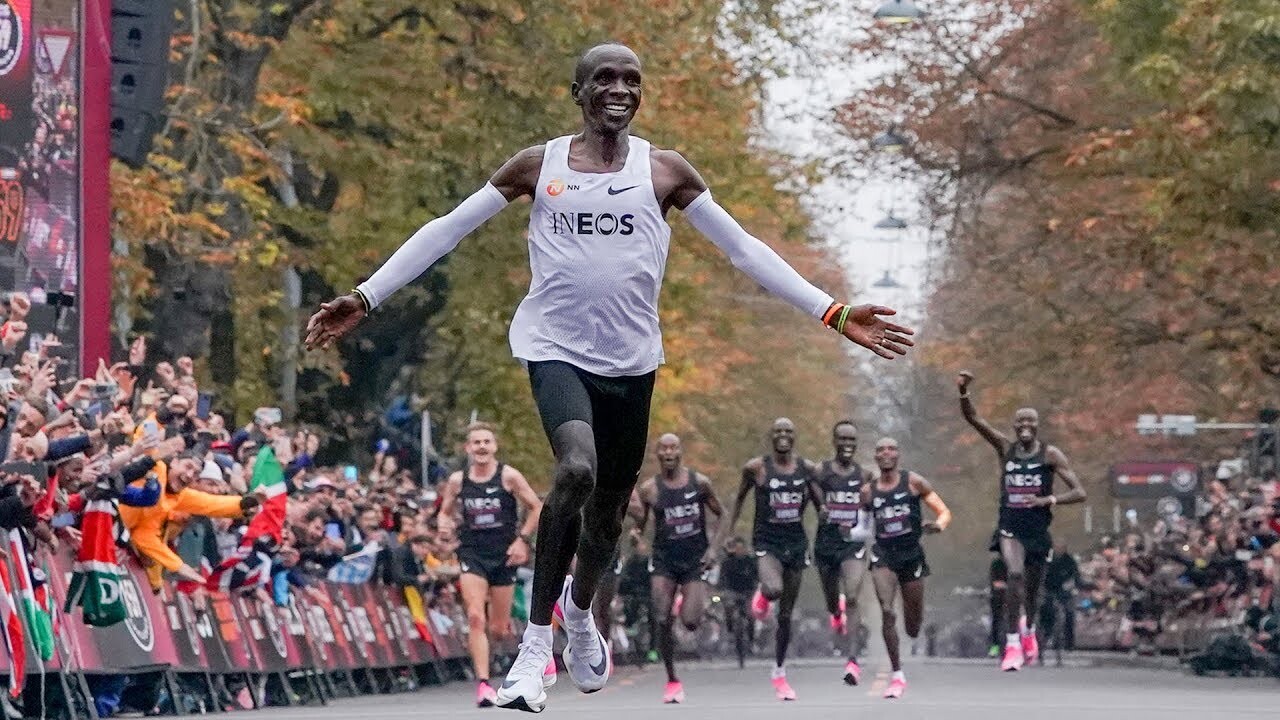
“I have been inspiring people around the world and [the thought of this] is what sometimes gives me the energy to jump out of bed and do the necessary.”
As amazing as his athletic accomplishments are, the world record holder has always been forthright on how much sometimes his passion hurts.
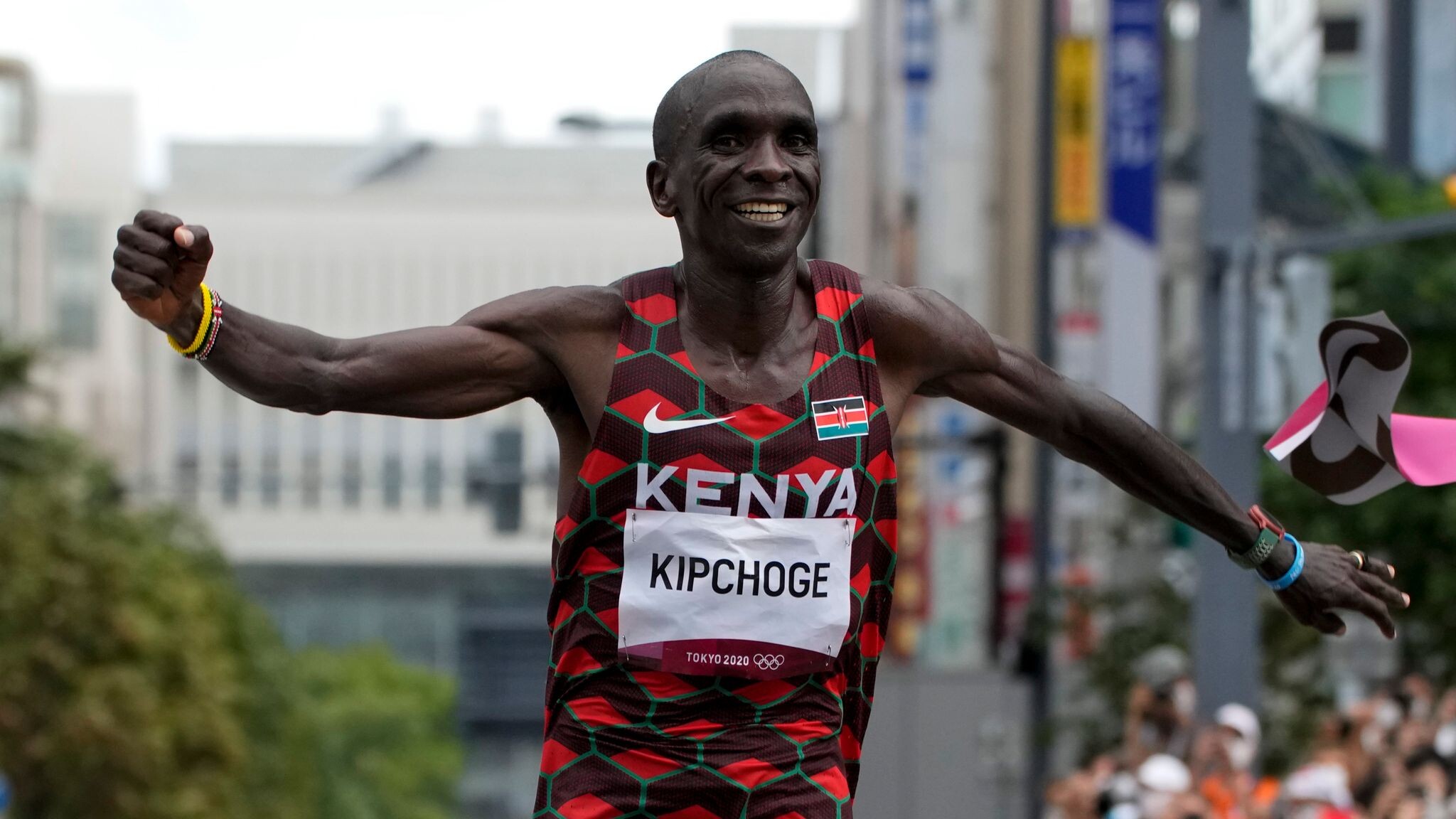
“In the journey of life, there [are] ups and downs. In marathon, there [are] a lot of challenges, ups and downs. There is pain in training, pain in running,” he shared on the documentary titled Kipchoge: The Last Milestone that focused on his successful attempt to become the first person to run a marathon in under two hours.
The 37-year-old champion cemented his position as the greatest distance runner of all time, by becoming the first man in 40 years to win marathon gold at successive Olympic Games, when he won at Tokyo 2020 in 2021.
And, as he targets an unprecedented third Olympic marathon title at Paris 2024, Kipchoge gave a sneak peak on how he manages to stay focused on his staggering racing goals.
“[When I am running] Many things are always crossing my mind from West to North, East to South, but I try to block them and concentrate fully on the road, concentrate fully on the task ahead and finishing the race,” the Kenyan, who enjoys his long runs, offered.
“After training for four months [for a race] I know that the only way to block what’s in my mind and concentrate fully is by making my mind easy and block any [distracting] messages coming in.”
During the hour-long webinar, the NN Running Team shared insights from the their management, physiotherapist, nutritionist, and Patrick Sang, the lead coach at the simple Kaptagat training camp.
“Running is a team sport. It is no longer an individual event as people think," four-time Olympic medalist Kipchoge said.
"When NN formed the running team we discovered that the team is especially important especially in marathon running, helping each other both physically and mentally.”
That team was formed in April 2017 by Jos Hermens, who assembled the some of the best distance runners in the world, led by the two fastest marathoners, Ethiopia’s triple Olympic champion Kenenisa Bekele, and Kipchoge, to train in structured training camps.
It's a concept that the man who has won 14 of the 16 major marathons in his career claims has made him a better runner. Kipchoge also explained that during the pandemic he found it difficult to go back to training alone due to lockdown restrictions.
What next for Eliud Kipchoge in 2022
Kipchoge He opened his season on March 6 running the fastest time ever in Japan of 2:02:40 to win the Tokyo Marathon.
Since then, he has tapered down his training, focusing more on the gym sessions despite not ‘liking the weightlifting’ bit, but he’s enjoying working on his core muscles.
The huge Kelly Clarkson fan has not yet decided if he will do a marathon towards the end of the year, but has just added a new sport on his bucket list.
“I am bad at swimming. I don’t know how to swim…that’s on my bucket list…”
(04/07/2022) ⚡AMPby Evelyn Watta
Author and elite running coach Jason Karp explains in his recent TEDx Talk why running is such a powerful tool to improve our minds
How does running like an animal make us more human? According to Jason Karp, author of Work Out: The Revolutionary Method of Creating a Sound Body to Create a Sound Mind, running is about more than just achieving goals. Running allows us to live life fully by attending to our physical needs first, so that our minds can operate clearly. If you need an extra hit of motivation to get yourself out the door today, this 14-minute video will do the trick.
In his talk, Karp argues that while we’re often told to practice mindfulness to keep ourselves mentally well, this advice is incomplete. He says we are physical animals first, and by meeting the needs of our bodies, we can better meet the needs of our minds.
Karp goes on to explain that every human has three parts—body, brain and mind. When these three parts work together and are equally balanced, life is great. Unfortunately, this rarely happens, and the body, brain and mind are often in conflict with one another, all trying to be the boss.
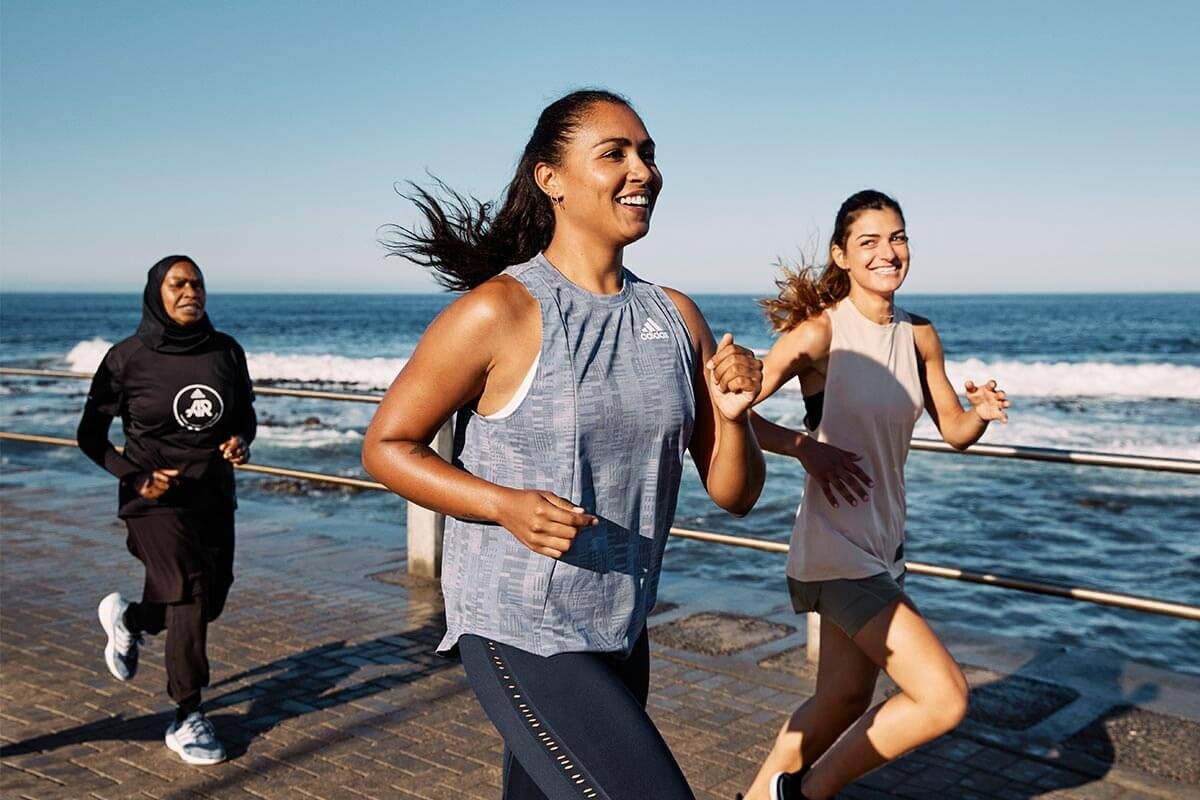
“But there can only be one boss,” he says. “People tend to think that the brain sits atop the pyramid, controlling the body, but it’s actually the other way around. The body is the chief executive officer and the brain is the chief operating officer. While your brain controls your body’s entire operation, it works in service to your body.”
Karp goes on to talk about how running improves the function of your mind, makes you more creative and relieves stress. Using scientific examples, he emphasizes that by taking care of your body first, the health of both your brain and your mind will follow.

So if you’re struggling to push yourself out the door today, or are looking for an extra hit of motivation to get you through your next training block, bookmark this video so you can pull it out any time you need to be reminded of your “why”. And, as Karp says, “Run to be creative, run to be imaginative, run to be confident, run to be successful, run to be productive, run to be helpful—just run.”
(04/07/2022) ⚡AMPby Brittany Hambleton
Russian and Belarusian runners banned from Boston Marathon
Russian and Belarusian runners will not be allowed to take part in this year's Boston Marathon because of the invasion of Ukraine, organisers said on Wednesday.Russian and Belarusian athletes living in their respective countries are barred from the April 18 race, the Boston Athletic Association said.
However, Russian and Belarusian citizens not residing in either country would be allowed to take part, but not under the flag of either nation."Like so many around the world we are horrified and outraged by what we have seen and learned from the reporting in Ukraine," Boston Athletic Association chief executive Tom Grilk said.

"We believe that running is a global sport, and as such, we must do what we can to show our support to the people of Ukraine," Grilk added in a statement.
The Boston Marathon, one of the world's major marathons, is returning to its traditional April slot this year after disruption caused by the pandemic.

The race was cancelled in 2020 and then held in October in 2021 with a smaller-than-usual field.
In 2019, the last Boston Marathon not affected by the pandemic, 59 runners in a field of more than 30,000 were from Russia and Belarus.
Russia has been increasingly isolated by the sporting world following the country's invasion of Ukraine.
(04/07/2022) ⚡AMPBoston Marathon
Among the nation’s oldest athletic clubs, the B.A.A. was established in 1887, and, in 1896, more than half of the U.S. Olympic Team at the first modern games was composed of B.A.A. club members. The Olympic Games provided the inspiration for the first Boston Marathon, which culminated the B.A.A. Games on April 19, 1897. John J. McDermott emerged from a...
more...Half-marathon this spring? Try this 2K/1K workout
If you are looking to test your training ahead of a spring half-marathon, we have the perfect workout for you. Whether you are experienced or running your first half, the distance isn’t easy, as it relies heavily on your endurance in comparison to the 5K or 10K distances. The strategy for a half-marathon is all about settling into your goal pace early and adjusting your pace around the 15-16 km mark, depending on how you’re feeling.
Most runners training for a half-marathon use long runs or tempos to get their bodies familiar with spending more than an hour or two on their feet. But what if you could get both speed and volume in the same workout?
Workout:
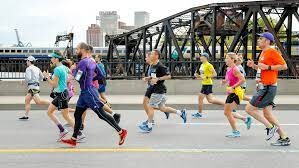
Four to six reps of 2 km @ HM race pace/1K float rest
Start with a 15 to 20-minute warmup, then get into the first 2 km rep. Each 2 km rep should be done at your goal half-marathon pace, and the 1 km rest should be done at a float pace, which is about 30 to 40 seconds slower than your goal half-marathon pace.
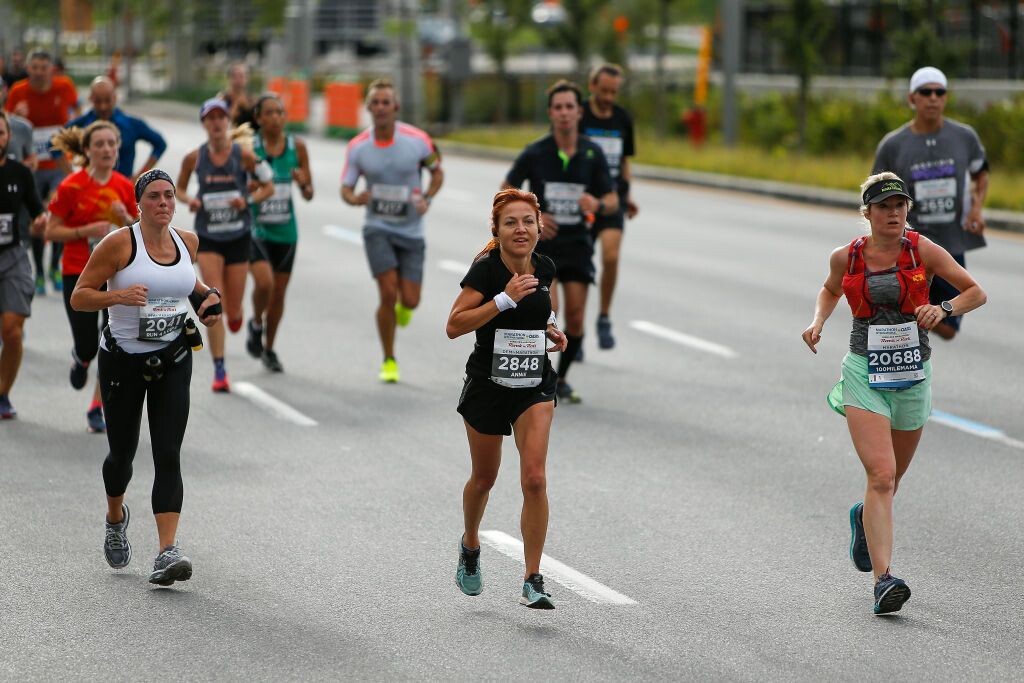
For example: If you want to break 1:40:00 for the half, you’ll want to do the 2 km reps around 4:44/km or a little faster, hitting around 9:28 for each 2 km rep. This means your 1 km float should be around 5:15/km. It’s important to hit the paces on the first couple of reps, as going too fast early could ruin the workout.
The idea of this workout is to simulate a race-day experience and to get you comfortable with your goal pace over an extended period of time with fast rest. If you are unable to complete four reps at your goal pace, your goal pace may be too ambitious. If so, adjust the pace by three to five seconds per kilometer, then try the workout another time.
As the workout evolves, your body will rely on its aerobic endurance to pull you through the final few reps; similar to the final five kilometers of a half-marathon. When this workout is done, it will leave you feeling confident for race day.
(04/06/2022) ⚡AMPby Running Magazine
U.S. Olympian Aliphine Tuliamuk will return to Pittsburgh to run her first race since the Tokyo Olympics at Pittsburgh Half Marathon
U.S. Olympian Aliphine Tuliamuk Returns to Pittsburgh for the UPMC Health Plan Pittsburgh Half Marathon, Her First Race Since Tokyo Olympics.
U.S. Olympian Aliphine Tuliamuk will return to Pittsburgh to run her first race since the Tokyo Olympics at this year’s UPMC Health Plan Pittsburgh Half Marathon, scheduled for Sunday, May 1.
Pittsburgh has consistently been a stepping stone on Tuliamuk’s running career journey. In 2015, she ran her first marathon at the DICK’S Sporting Goods Pittsburgh Marathon, finishing in second in 2 hours, 34 minutes and 44 seconds. She returned in 2018 to win the USA Half Marathon Championships while also setting the Pittsburgh Half Marathon event record of 1:10:04.
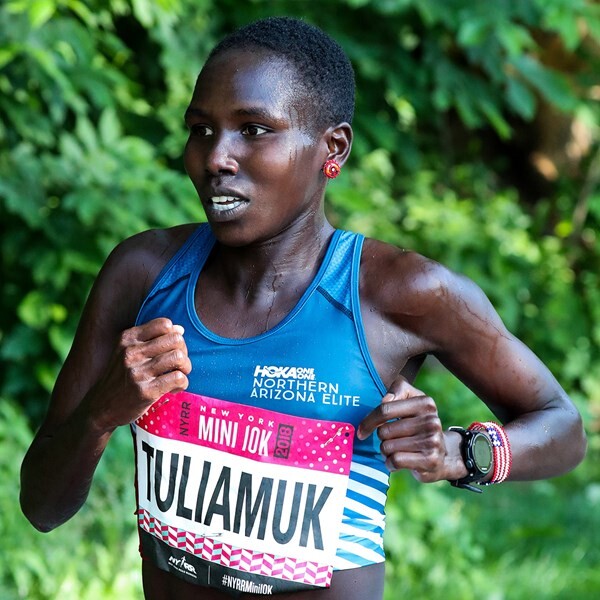
“Pittsburgh has become a special city for me,” Tuliamuk said. “It’s where I learned that the marathon was painful but worth the struggle. Winning the 2018 USATF Half Marathon Championship gave me much needed confidence as I built toward the 2020 U.S. Olympic Trials. This year I am hoping for the same competitive atmosphere that Pittsburgh always brings. It will be my first race in a while, and I wanted to come to a place where I feel comfortable.”
Preparations for the race are going well for Tuliamuk, who is currently training in Flagstaff, Ariz. Tuliamuk says her HOKA Northern Arizona Elite teammates hold her accountable and push her every day. A lot has changed since her last Pittsburgh appearance in 2018. In February 2020, she won the U.S. Olympic Marathon Team Trials, and then watched the world shut in response to the pandemic. When the Tokyo Olympics were postponed in 2020, she decided to use the time off from competing to have a child. After having her daughter Zoe in January 2021, she returned to training and competed in the 2021 Tokyo Olympics seven months later.

“The pandemic has reinforced to me the importance of knowing what makes you happy and living life toward that pursuit,” Tuliamuk said.
She hopes Pittsburgh will once again bring her success and allow her to demonstrate her talents as an accomplished endurance athlete.
“This is a city that values hard work and champions,” Tuliamuk said. “It is nice to feel admired and respected by anyone associated with Pittsburgh.”
Tuliamuk will join other top American and international runners competing for the $58,000 prize purse in the 2022 UPMC Health Pittsburgh Half Marathon. For the first time, the event has been awarded a World Athletics Road Race Label. Only five other U.S. races carry a label from World Athletics. The full field of elite athletes for both the DICK’S Sporting Goods Pittsburgh Marathon and UPMC Health Plan Pittsburgh Half Marathon will be announced later in April.
The Pittsburgh Marathon was held annually from 1985-2003. After a five-year hiatus, the DICK’S Sporting Goods Pittsburgh Marathon was relaunched in 2009 and debuted with a sold-out field of 10,000 participants. It has grown each year since, evolving from a single race day into a weekend of events for the whole family that annually attracts nearly 40,000 runners.
(04/06/2022) ⚡AMPby Running USA
Dick's Sporting Good Pittsburgh Marathon
This race is your game - however you decide to play it. As a competitor. A fund raiser. An enthusiast. A veteran. A team player. It's whatever you want it to be. It's whatever you make it. It's YOUR game..... Run it. Play it. Own it. Love it. Runners will race on the North Shore of Pittsburgh, cross each of...
more...Five tips for surviving an injury, Injuries are as much a mental challenge as a physical one, follow this advice to help you stay sane until you can get back to running
Injuries are a significant emotional and mental challenge. Having to put your training plans aside and miss your goal races, or simply being unable to participate in your favourite activity is a nightmare for many runners. If you’re currently sidelined with an injury, follow this advice to help you handle the emotional side effects of time off until you can get back out on the roads and trails again.
Focus on what you can do
As much as possible, avoid doing any activities that aggravate your injury. This will only slow down the recovery process and delay your return to running. Instead, focus on the activities that you can do, and do them consistently. If you can cycle, get into a cycling routine. If you can swim, consider getting a temporary membership at the local pool. Not only will this give you something to do while you can’t run, but it will build your fitness in different ways, which could actually help you become a better runner once you’re able to return to training.

If you’re not sure which activities will be safe for your injury, talk to a physiotherapist or other sports medicine expert who can help you devise a cross-training plan. As always, listen to your body and if your injured area doesn’t feel good after a certain activity, scratch that one off the list.
Do a variety of activities

To take the first point a little further, as much as your injury allows, try incorporating a variety of cross-training activities into your weekly schedule to keep your training interesting and fun. Heading to the gym to cycle for an hour every day on the stationary bike can quickly get boring, but cycling one day, using the elliptical the next and hopping on the rowing machine the day after that will keep things fresh and challenge you in different ways.
Make rehab exercises your new obsession
If you’re dealing with an injury, you’ve hopefully already gone to a physiotherapist and been given some exercises to help heal it. Since you’re not spending hours of your week out running, dedicate at least a portion of that time to doing those exercises. Schedule them into your day the same way you would have scheduled a run to ensure you’re doing them consistently, which will speed up the healing process so you can return to running faster.
Find joy in other activities
Running can be a pretty time-consuming hobby, so when you’re injured, use some of the extra time you have on your hands to lean a little more heavily into another hobby that you may have been neglecting. Play an instrument. Make some art. Build something. Garden. Whatever you’re into, an injury provides an opportunity for you to re-engage with some of your non-running hobbies, and to remind you that you’re more than just a runner.
Don’t put too much pressure on yourself
One of the hardest parts about a running injury is that it’s difficult to know when you’ll be able to return to training. Some injuries take a couple of weeks to heal, others can take months. Be patient, and don’t put pressure on yourself to return by a certain date, or to stay as fit as possible while you’re on the sidelines. You will get back to running at some point, and while it may take a bit of time, you will return to the level of fitness you once had. Rushing this process will only cause you to injure yourself all over again.
On a similar note, don’t put too much pressure on yourself when it comes to your cross-training, either. If you can’t force yourself to stay on the stationary bike for an entire hour, try just doing 30 or 45 minutes. Do what you can do to stay active so the transition back to running is easier, but forget about perfection.
(04/06/2022) ⚡AMPby Brittany Hambleton
Kenenisa Bekele and Sara Hall drop out of the Boston Marathon
The Boston Athletic Association (B.A.A.) has announced updates to the professional fields at the 126th Boston Marathon in two weeks. Previous headliners Kenenisa Bekele, Titus Ekiru and Sara Hall have all announced that they will not be running, due to ongoing injuries. Ethiopia’s Sisay Lemma and Birhanu Legese have both been added.
Hall posted on her Instagram that her knee tendon has been aggravated since she tripped on a run in February, landing on a rock. She insists that she has done everything to make it to the line in Boston but does not want to risk the chance of a setback before the World Championships in Eugene, Ore. this July.

Among other big names to drop out of the women’s field are: 2019 Valencia Marathon champion Roza Dereje (ETH); 2019 Ottawa Marathon winner Tigist Girma (ETH); 2021 NYC Marathon sixth-place finisher Kellyn Taylor (USA) and sub-2:20 marathoner Zeineba Yimer (ETH).
Kenya’s Ekiru was the second-fastest elite male in the field, behind Bekele, running the fastest marathon time of 2021 (2:02:57 in Milan). Ekiru has struggled to come back from an ongoing injury he suffered at the RAK Half Marathon in February, which forced him out.
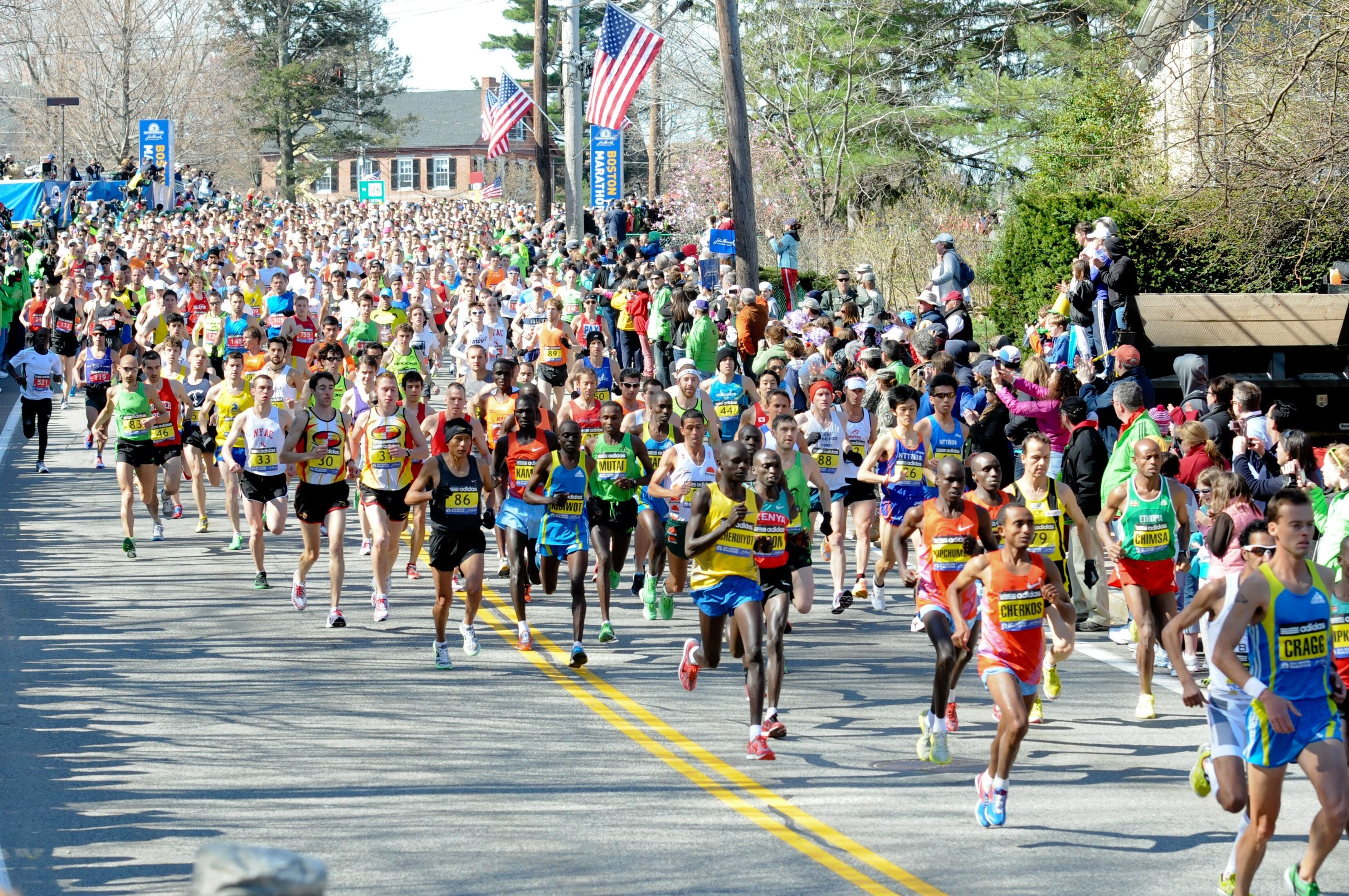
Bekele has been very silent on social media since his sixth-place finish at the 2021 New York Marathon. The reasoning for his Boston withdrawal has not been announced; the former four-time world-record holder continues to fight Father Time, turning 40 this June.
Legese of Ethiopia has been added to the men’s field. He is a two-time Tokyo Marathon champion with a personal best of 2:02:48. Lemma is the other addition to the men’s field: he won the 2021 London Marathon and has previous wins in Berlin and Tokyo and a PB of 2:03:36.
For the first time in almost three years, the prestigious Boston Marathon will return to its traditional Patriots’ Day date of April 18.
(04/06/2022) ⚡AMPby Marley Dickinson
He did it again, Canio Polosa sets 90+ Canadian 10K record
The 93-year old man who broke the 90-plus 5K age group record last fall added another Canadian masters record to his arsenal last weekend at the Springbank Sprint 10K in London, Ont. Canio Polosa hoped to finish the 10K race in an hour and 20 minutes but found he was faster, finishing the 10K in a new record time of 1:14:04.
According to Canadian Masters records, Polosa set the new standard for Canadian men 90+ on a certified course. His time of 1:14:04 was just over two minutes shy of Spain’s Julian Bernal Medina’s 90+ world record of 1:11:54, set at the age of 90.
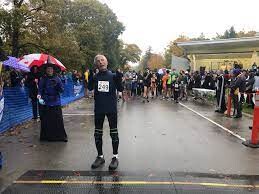
After the race, Polosa mentioned to local CBC reporter Rebecca Zandbergen that he’d been training all winter for this race with a new coach, Sherry Watts. “It’s not often that you see three Canadian records in one race,” Watts says. En route to his 10K time, Polosa also broke the men’s 90+ 8K and five-mile records by 15 minutes, taking both from the great Maurice Tarrant.
Polosa began running during his retirement, at age 60. “For eight years or so, I ran 10K’s, then I became interested in longer distances,” says Polosa. When he moved to London, he joined the London Pacers Running Club, which inspired him to run three marathons during the ’90s. Now at 93, Polosa continues to run and sets Canadian records in every race he enters.

He is considering running a longer race next time. “I’m happy to be alive,” he said to Zandbergen.
(04/05/2022) ⚡AMP
by Marley Dickinson
Blind army veteran Rob Sanchas will be running Boston Marathon to raise money for people with disabilities
In less than two weeks, the starting gun will be fired in Hopkinton, and thousands of runners will make their way to Copley Square for the running of the Boston Marathon.
Among the expected runners is an Army veteran attempting the Boston Marathon for the first time.
Navigating the hills of the route isn’t Rob Sanchas’ only challenge. He’s also legally blind.

When he was enlisted, he had an accident. “I actually have double vision in each eye separately, so I see four of everything, so I am legally blind.”
Despite that, running Boston for the first time will be his 14th marathon overall.

“The Boston Marathon for most runners is what they call the Holy Grail. You know, that’s the one marathon everybody wants to do and many can’t,” said Sanchas.
But Sanchas can, thanks to a running guide who’ll be on the other end of a bungee cord connecting the two of them.
“I’ll always call my guide my superhero. They’re heroes without capes,” added Sanchas. “He’s not just running for himself. He’s running with a responsibility. My life is in his hands.”
For Jeremy Howard, an experienced marathoner, this was his first time as a running guide.
“So, it’s calling out any undulations in the ground, obviously any larger hazards that might occur,” said Howard.
This team is running for a Boston-based organization called the Play Brigade. They’re dedicated to reducing barriers of all kinds to physical activities for people with disabilities.
For months, the duo has braced cold windy days along the Rhode Island coast to train.
Although they’re looking forward to crossing the finish line, they both feel like they’re already winners.
Howard, who’s run the Boston Marathon before, said “I’ve gone around the corner before onto Boylston and the crowds are immense there, and thick, and the noise. If you’re doing it for yourself, it’s incredibly moving. It’s going to be on a whole other level this year. I can’t wait.”
“I’ll be like, pinch me,” said Sanchas with a laugh. “Is this really happening?”
(04/05/2022) ⚡AMPby Gene Lavanchy
Boston Marathon
Among the nation’s oldest athletic clubs, the B.A.A. was established in 1887, and, in 1896, more than half of the U.S. Olympic Team at the first modern games was composed of B.A.A. club members. The Olympic Games provided the inspiration for the first Boston Marathon, which culminated the B.A.A. Games on April 19, 1897. John J. McDermott emerged from a...
more...World Athletics Relays 2024 to serve as official trials for Paris Olympics
Candidates have been invited to lodge applications to host the World Athletics Relays in 2024, with the event serving as the official trials event for the Paris 2024 Olympic Games.
World Athletics says the event will serve as a make-or-break opportuniy for national teams.
The five Olympic relay disciplines will be contested at the event, including the 4x100 metres and 4x400m for men and women.

The mixed team 4x400m will also offer qualification for Paris 2024.
"This event showcases the thrills and sometimes spills unique to relays," World Athletics said.
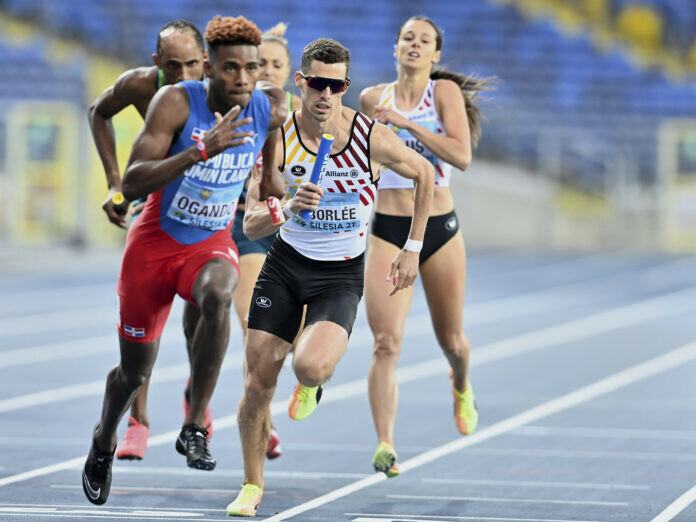
"It evokes drama, suspense and celebration.
"The knock-out format will add to this excitement, calling for truly inspired team performances as the anticipation and expectations build towards the Paris Olympic Games."
A bid guide has been published by World Athletics to aid potential candidates.
The organisation says the indicative event budget for the event is expected to be between $3.5 million (£2.6 million/€3.1 million) and $4 million (£3 million/€3.6 million).
The budget is expected to vary according to local costs and conditions, with World Athletics saying it will host virtual meetings with bidding committees to discuss the proposed cost.
The preferred date for the World Athletics Relays is either April or May.
Hosts will be expected to have a main venue with a minimum capacity for around 15,000 spectators, as well as providing a warm-up track and facilities within easy walking distance.
The bid guide also outlines the expected economic, social, reputational and environmental impact of the event.
Prospective candidates have been invited to complete a pre-qualification form by the deadline of June 1.
Bid application documents will be required by October 1, with the host expected to be named in December.
Five editions of the World Athletics Relays have been held to date, with Nassau in Bahamas hosting the first three events.
Yokohama in Japan and Chrozow in Poland hosted the event in 2019 and 2021.
Guangzhou in China is expected to host the World Athletics Relays in 2023, with the event serving as the qualification event for the World Athletics Championships in Budapest.
(04/05/2022) ⚡AMP
by Michael Pavitt
Paris 2024 Olympic Games
For this historic event, the City of Light is thinking big! Visitors will be able to watch events at top sporting venues in Paris and the Paris region, as well as at emblematic monuments in the capital visited by several millions of tourists each year. The promise of exceptional moments to experience in an exceptional setting! A great way to...
more...Nell Rojas, Coached By Her Father, Will Return To Boston Marathon After Debuting As Top American Woman In 2021
For Nell and Ric Rojas, the Boston Marathon is a family affair.
In 2020, Nell finished as the top American woman in sixth place. It was just her fourth marathon — and she’s still getting comfortable with that success.
“When you’re going against the best in the world, it’s weird to be like, ‘yeah I can run with them,’ but you have to tell yourself that every morning,” said Nell Rojas.

She made a statement in her Boston Marathon running debut last fall and finished with a personal best of two hours, 27 minutes, and 12 seconds.
“I knew she was going to run well but to be as competitive as she was with the international athletes, I was very impressed. very impressed,” said dad Ric Rojas.

Her success on the roads has created more demands on her time, or as Nell chooses to see it, more opportunities.
“Running used to be all about just working hard and finding my limits. Now, it really is more about involvement and inspiring a little bit more because I am in the position to inspire other strong, female, and Latina athletes,” said Nell.
Growing up, Nell played basketball and soccer; she even tried figure skating. She didn’t get serious about running until college.
“My dad was a coach and a runner growing up so I was always around runners,” said Nell.
Ric set state high school records in New Mexico, was all-Ivy at Harvard, and competed at the highest levels nationally. But he left it to Nell to choose her own path.
“My dad let me make the decisions,” said Nell. “I wasn’t pressured into being a runner. That helped me grow into my love for running and do it my own way.”
And there was no question that her father would be part of that.
“I was never really concerned about coaching her, as her dad. Nell’s very coachable. I think the key thing is with a coach-athlete relationship is the coach has to be firm, on one hand, but the athlete has to be coachable, as well,” said Ric.
“There was one point where we coached a team together, he was my dad and my co-worker and my coach, so there’s a lot of family time. We make it work pretty well,” Nell said.
Ric ran Boston three times. He could barely contain himself when he saw his daughter at the front of the pack last fall.
“Oh my god, my heart went crazy on that. It was so much fun. I can’t tell you,” he said.
The Rojas team was back on the course last month. Nell is feeling good about her second shot at Boston.
“I’m running faster. My workouts are faster. I’m running more mileage. I’ve gotten a little bit more experience. I know what the course is like. There are so many reasons for me to come in this year more confident,” she explained.
“What I’m hoping now is she beats my best time, which was 2:25 so I think she’s got a good shot at it,” said Ric.
The coach is all business, but sometimes the dad just spills over.
“I can’t even say it, I’m so proud of her I can’t stand it. Very proud,” Ric said.
(04/05/2022) ⚡AMPby Lisa Hughes
Boston Marathon
Among the nation’s oldest athletic clubs, the B.A.A. was established in 1887, and, in 1896, more than half of the U.S. Olympic Team at the first modern games was composed of B.A.A. club members. The Olympic Games provided the inspiration for the first Boston Marathon, which culminated the B.A.A. Games on April 19, 1897. John J. McDermott emerged from a...
more...The five rules of training for runners
Training for running can get complicated. There are many different training models out there and even more opinions on how to use them effectively. Thankfully, performance coach and author of Peak Performance and The Science of Running, Steve Magness, has boiled effective run training down to five simple rules. Yes, there is some nuance to endurance training, but if your program is based on these guidelines, you’ll be setting yourself up for success.
1. The boring stuff is your foundation
Many runners look for fancy, “magical” workouts that’ll give them the fitness breakthrough they’re after, but this isn’t truly how success happens. As Magness pointed out in this thread, nailing the basics for a long time will get you 99 per cent of the way.

The basics aren’t exciting or sexy, but they’re effective. Things like steadily increasing your mileage, keeping your easy days easy and doing regular form drills and stretches to prevent injuries will ultimately get you where you want to go, as long as they’re applied consistently over a long period of time.
2. Let it come, don’t force it

Forcing or rushing yourself into fitness almost always leads to injuries and burnout. As an athlete, the best thing you can do is focus on consistent training and taking care of your body. Sometimes, training adaptations take longer to set in than you expect, or the conditions beyond your control make you fall short of your goal.
If you focus on enjoying the process, and less on an external arbitrary goal, you will likely achieve more success (and happiness in the sport) over the long run.
3. Take the next logical step
Runners often try to force their way to big breakthroughs by skipping steps. They jump right into hard training with no base phase, or they go from training for a 5K to a marathon with very little room for build-up.
To avoid injuries while improving performance, only progress when your body has absorbed the training. Give yourself plenty of time to slowly increase mileage and/or intensity, and always take the next logical step. It may take longer than you want to get where you’re trying to go, but you’ll be much more likely to succeed this way.
4. You lose what you don’t train
This is the runner’s version of “if you don’t use it, you lose it.” It’s important to spend some time focusing on all areas of your fitness during your training so you don’t lose that piece of the puzzle. This includes doing long runs, speedwork, threshold work, mobility training, strength training, etc.
That being said, each of these components will become more or less important relative to each other depending on what you’re training for. For example, top-end speedwork will be more important when you training for a 5K, and less important when you’re training for a marathon. That doesn’t mean you should never do some high-intensity running during your marathon training, but other elements, like the long run or tempo runs will become more important.
5. Train the individual, not the system
When you’re following a training plan, remember that it is merely a template — it’s not written in stone. Every individual is different, and you will likely need to make changes and adjustments as you go to accommodate for how your body is responding to the training and any interruptions you might experience.
If you decide to work with a coach, make sure they’re ready and willing to adapt their training plan to you as you go. Be open and honest with them about how you’re feeling during your training so they can make the necessary changes to your program, and be willing to give your body time to adapt to those changes before making more.
(04/05/2022) ⚡AMPby Brittany Hambleton
Becky Briggs and Jonny Mellor take Manchester Marathon victories
Becky Briggs enjoyed a huge breakthrough as she took five minutes off her PB with 2:29:04, while Jonny Mellor was close to his lifetime best with a commanding men’s win in 2:10:46 at the Therme Manchester Marathon on Sunday April 3.
In ideal conditions for marathon running, Briggs and Mellor both smashed the England qualifying standard for the Commonwealth Games of 2:14:00 plus the European Championships mark of 2:14:30 on a day of brilliant racing.

A total of 20 Brits broke the 2:20 barrier with Mellor’s training partner Ross Millington clocking 2:11:38 in his debut marathon in second place, as Kevin Seaward of Northern Ireland was third in 2:11:54.
Behind Briggs, Naomi Mitchell was runner-up in a PB of 2:30:54 while Georgina Schwiening was third in 2:31:37 and Sonia Samuels, 42, fourth in 2:32:32.
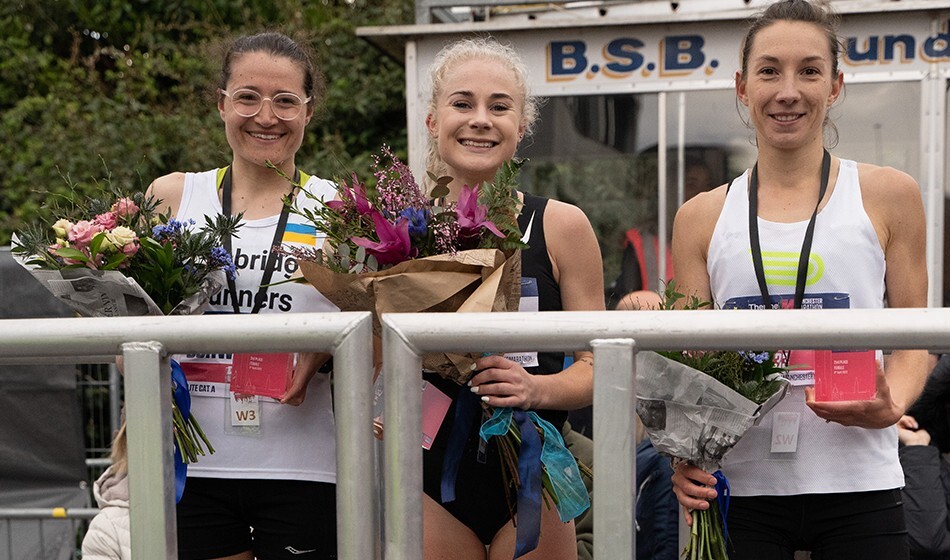
All of them were well inside the 2:34:00 women’s qualifying standard for the Commonwealth Games. Although in addition to places in the England team for Birmingham in July and GB team for Munich in August, the race was also a trial for the GB team for the IAU 50km European Championships in Avila, Spain, in October.
In a race packed with top-class performances, the super-vet Tommy Hughes (second photo) clocked a phenomenal 2:30:05 aged 62, although it is not quite as quick as his M60 record of 2:30:02 set two years ago.
Defending champion Matt Crehan enjoyed an early lead in the race but he was caught before halfway – which the leaders reached in 66:05 – and Mellor, who had been helped by pacemakers such as Ben Connor, Omar Ahmed and Charlie Hulson, made a strong move just after 20 miles to break away from his rivals.
Mellor and Millington are both members of Team New Balance Manchester and are coached by Steve Vernon. Millington ran for Britain over 10,000m at the Rio Olympics but Mellor has endured bad luck with major championships qualification, being overlooked by England in the run-up to the 2018 Commonwealth Games and then being forced to miss last year’s Olympic marathon trial due to a freak leg injury caused, he thinks, by compression socks during his sleep.
Briggs only turned 22 last month but looks ideally suited to the marathon. Just three years ago she was the third British athlete in the under-20 race at the World Cross Country Championships in Aarhus but ran 2:38:58 on her marathon debut in the Olympic trial last year and then 2:34:34 in London last October.
Here she went through halfway in 74:16, then overhauled long-time leader Mitchell with about 10km to go and finished strongly to smash the 2:30 barrier and to go No.20 on the UK all-time rankings.
Tom Craggs, England Athletics road running manager, added: “We are delighted to see such tight competition today, with the athletes pushing themselves to place within the top three in order to join Team England this year for the Commonwealth Games 2022.
“This year is an incredibly exciting year for home nations athletes with three major championships taking place, and we were delighted to have worked with the team at Therme Manchester Marathon to support athletes to have the best possible experience at the England Commonwealth Games and British Athletics European Championship trials.”
With a rich history dating back to 1908, the Therme Manchester Marathon is increasingly popular due to its fast, flat course, welcoming Mancunian atmosphere – and Sunday saw 24,000 runners taking part.
Next year’s event is on April 16, 2023.
(04/04/2022) ⚡AMPby Athletics Weekly
Manchester Marathon
We pride ourselves on welcoming all to take on our 26.2 mile challenge, from some of the world's greatest elite runners, to those who thought completing a marathon would never be possible. Many regular runners find this the ideal event to get a personal best time, whilst everybody finds the incredible Mancunian support throughout the course unforgettable. ...
more...Four rules for returning to running after a marathon, post-marathon recovery takes time
Marathons are hard on your body. After you’ve crossed the finish line of your goal race, your body needs time to recover, not just from the race itself but from the months of training that came before it. Follow these guidelines in during the days and weeks following your next marathon to make sure you recover well so you can return to training ready to run and injury-free.
Take your time
Some people can go out for their first run as little as one week following a marathon, but this is not recommended for the majority of recreational runners.

High-level or elite athletes can often return to training quicker because the high-volume nature of their training (combined with the medical and coaching support they have) helps their bodies recover much faster. Recreational runners, on the other hand, should take at least three to four weeks before returning to running. Many experts recommend one day of rest for every mile run (so 26 days of rest following a marathon).
This doesn’t mean you have to sit around and do nothing, but you should avoid running during this time, and do mostly low-intensity exercises, like walking, cross-training, swimming, or other activities that you enjoy.
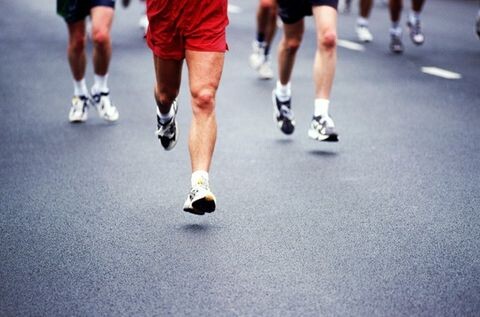
Eat
Of course, you should prioritize nutrition immediately following your race, but post-race nutrition doesn’t stop there. In the weeks following your marathon, you may be tempted to reduce your calorie or carbohydrate intake because you’re not doing as much activity, but this is a mistake.
Your body needs nutrients and calories in order to repair your muscles, and without eating properly you’ll delay your recovery. Focus on eating a variety of healthy foods, a good balance of carbohydrates, fats and proteins, and eat plenty of anti-inflammatory foods like dark leafy greens, berries and omega-3s to help your body recover faster.
Consider a massage
In the days immediately following the race, you should avoid any deep-tissue massage or intense foam rolling. Wait at least a week until some of the inflammation in your muscles and tissues has gone down, and then consider booking a sports massage or hopping on your foam roller.
Return slowly
After three or four weeks you can start returning to running, but make sure you do so slowly. For your first run back, start with something short and easy, or even consider a walk-run. Build up your mileage slowly, and don’t be discouraged if it takes you longer than you expected to get back to your regular running routine. Be patient and take your time, rushing back to fitness will only put you at risk for injuries.
(04/04/2022) ⚡AMPby Running Magazine
Titus Kipruto and Vivian Kiplagat cap sweet weekend for Kenya in Milano
Titus Kipruto on Sunday won the 20th edition of the Milano Marathon in Italy.
Kipruto recorded a time of 2:05:05 which is also his personal best.
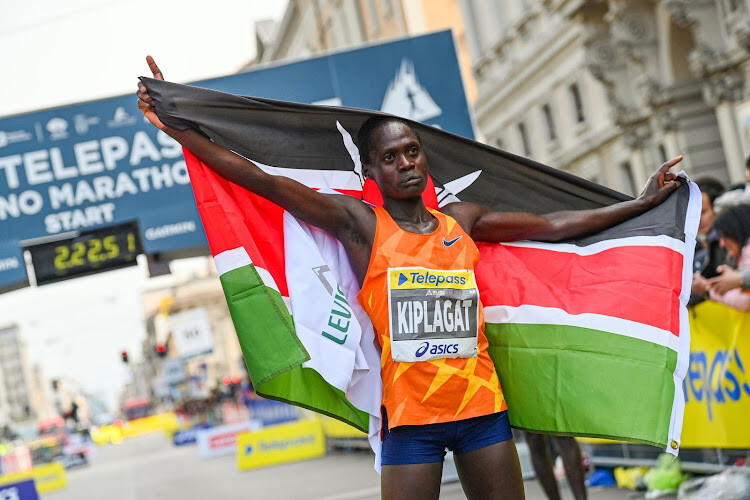
The athlete is a half marathon specialist and had just made his debut in Marathon.
In the women category, Vivian Kiplagat emerged victorious after recording a time of 2:20:18.

This was also her personal best.
The last time the race was organized was in 2019 when its 19th edition was held.
In 2020 and 2021, the Marathon was not held because of the Covid-19 pandemic.
(04/04/2022) ⚡AMP
by Brian Oruta
Milano Marathon
Passion is what allows us to go beyond our limits. It’s what makes us run when our heath is bursting in our chest, it’s whats makes our legs move even if they’re worn out. It’s passion against sacrifice, and the winner will be declared though hard training, hearth and concentration. Milano Marathon has been presented in the futuristic Generali Tower,...
more...Five ways to stay injury-free this spring
The weather is starting to warm up across the country and more and more runners are lacing up their shoes and heading out for a run. Whether you’re just getting back into it after taking some time off over the winter, or you’re gearing up for the spring racing season, keep these tips in mind to stay healthy all season long.
Increase volume gradually
This is especially true if you’re getting back into running after a layoff. Most experts recommend increasing your weekly mileage by no more than 10 per cent per week, which means if you ran 5K, three times last week for a total of 15K, this week you’ll run no more than 17 km in total. There are some runners who will be able to increase their volume faster than this, but in most cases, you’re better off erring on the side of caution.
Pay attention to running form

If you’re not already doing form drills before your runs to improve your running technique, now is a great time to start. Even better, if you’re able to, go see a physiotherapist or other sports practitioner who specializes in running to get a gate analysis. This way, they’ll be able to see what you’re doing well and what you need to work on, and will give you exercises and drills to specifically target your areas of weakness.
Most runners need at least one rest day per week. Whether you think you need it or not, plan to take a day off from all activities (running, strength training or cross-training) every seven to 10 days to give your body a complete break from high-intensity training. Even just one day off can go a long way in preventing overtraining, burnout and injuries.
Know when to back off

It’s important for runners to be able to distinguish between good pain and bad pain, or harmless discomfort and something more serious. As a general rule, if something starts to bother you and it persists for three days, you should take a day or two off from running, then reevaluate. If something starts to hurt and gets worse as you run, that’s another sign that you need to stop and have it looked at by a professional.
As much as it can be hard to miss a day or two of training, it’s far better to miss a couple of days now, rather than ignore it and end up being sidelined for a few weeks later.
Eat well
And eat enough. Good nutrition is a crucial component of injury prevention, and that means eating plenty of healthy, high-quality foods like whole grains, fruits and veggies, healthy fats and plenty of protein. Your body can’t recover properly from your runs and workouts without adequate calories and nutrients, so do your best to refuel your workouts to avoid injuries.
(04/04/2022) ⚡AMPby Brittany Hambleton
Kenyan Sheila Kiprotich Chepkirui breaks course record at Generali Berlin Half Marathon
Sheila Kiprotich Chepkirui produced the performance of the day, breaking the course record of the 41st GENERALI BERLIN HALF MARATHON. Despite very cold conditions with almost freezing temperatures at the start she clocked a world-class time of 65:02. It is the 18th fastest half marathon time ever run by a woman.
Fellow-Kenyans Joyce Chepkemoi and Irene Kimais took second and third with 65:50 and 66:34 respectively. For the first time in the history of the race three women broke 67 minutes.
The men’s race was also dominated by the Kenyans, who took all podium places. Alex Kibet was the winner with 58:55, missing the course record by just 13 seconds. Joshua Belet was second in 59:53 while pre-race favourite Abel Kipchumba finished third with 59:58. Including competitions staged parallel to the main race, organisers of the 41st GENERALI BERLIN HALF MARATHON registered a total of 33,336 athletes from 121 nations.
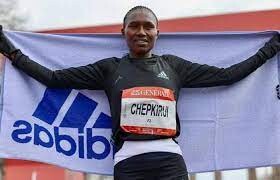
Cold temperatures and even a bit of snow just before the start did not provide good conditions for record attempts. Despite this 31 year-old Sheila Kiprotich Chepkirui stormed away right after the start. Guided by pacemakers she passed 10k in 30:32 and was on course for 64:30 at this stage of the race. “But during the final five kilometers I felt really cold and could not hold on to the pace,“ said Sheila Kiprotich Chepkirui. „I had hoped to break my personal best of 64:36, but at least I won the race with a course record. I am now planning to run my marathon debut later in the year, so maybe I will return to Berlin in September,“ said the Kenyan. She broke the course record of fellow-Kenyan Joyciline Jepkosgei who had won in Berlin in August last year with 65:16.
While Britain’s Samantha Harrison was the fastest non-African runner with a personal best of 68:12 in fifth place, once again Katharina Steinruck coped very well with cold conditions. She was the fastest German runner in sixth place with a personal best of 69:38. “For me it was fun today,“ said Katharina Steinruck.
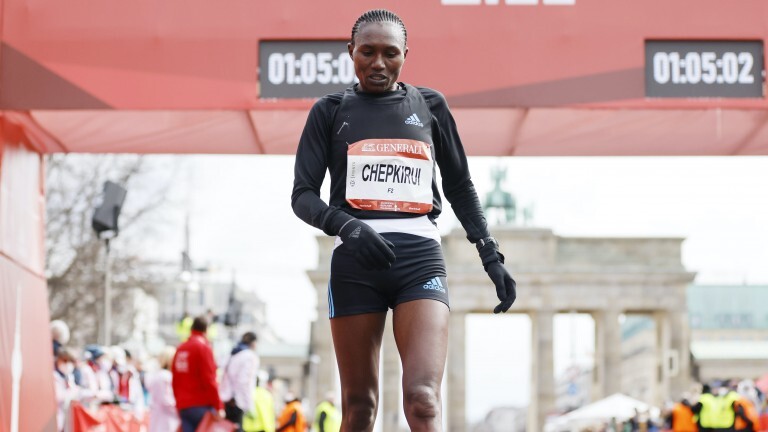
As expected Kenya’s elite runners dominated the men’s race as well. Early on they were forming the leading group. After a 10k split time of 28:00 it was Alex Kibet who took the initiative soon after that mark. The 31 year-old broke away and no-one was able to challenge him in the second half of the race. Kibet had entered the race with a PB of 59:06 and was the number two on the start list. The Kenyan increased his advantage to almost one minute and crossed the line at the Brandenburg Gate in 58:55. While he missed the course record Alex Kibet clocked the second fastest time ever run in the history of the GENERALI BERLIN HALF MARATHON and a personal best. “I hoped to run quite a bit faster, but it was difficult in the cold conditions. I have not broken the world record today, but at least I have won the race,“ said Alex Kibet.
Norway’s Zerei Mezngi and Dominic Lobalu of Switzerland were the fastest Europeans taking fifth and sixth positions in 60:42 and 61:01 respectively. Surprisingly Germany’s national record holder Amanal Petros, who clocked 60:09 last year, was not the fastest German in Berlin. Trying to bring his own record down to a sub one hour time he faded in the cold conditions and finished 15th in 62:21. Johannes Motschmann was the fastest German runner. Competing for the Marathon Team Berlin of race organiser SCC EVENTS he improved to 61:45 and placed tenth.
German double victory by Josie Hofmann and Felix Rijhnen in the skaters' race
A spectacular sprint led Felix Rijhnen (Powerslide) to his third victory at the GENERALI BERLIN HALF MARATHON. He beat Frenchman Martin Ferrié (EOSkates) by a razor-thin margin in 33:49 minutes. A German also won the women's race: Josie Hofmann (Powerslide) from Erfurt in 37:53 minutes. A total of 1,042 inline skaters celebrated the start of the roller season and the GERMAN INLINE CUP 2022.
On the course, a leading group around Valentin Thiebault (FRA/Powerslide) had initially broken away. At kilometer 15 Felix Rijhnen and Martin Ferrié managed to close the gap to the leaders and pull away. Until the finish they extended their lead to almost 50 seconds. In the final sprint to the finish, Rijhnen beat Ferrié by a razor-thin margin. In the mass sprint of the chasing pack sprint specialist Valentin Thiebault (FRA/Powerslide) secured 3rd place in 34:41 minutes. "I am mega happy that I could win after such a long and hard ice season. I'm surprised how well it went today, especially since I couldn't prepare that well due to illness," Rijhnen said after the race. "I was able to make full use of my experience over the many years in Berlin. It's just a pity that Kathi couldn't be there due to her Corona infection," said the Darmstadt native with regard to his wife Katharina Rijhnen (formerly Rumpus), who herself has won the GENERALI BERLIN HALF MARATHON four times.
In the women's race, too, a duel on the home stretch decided the race. Josie Hofmann and Marine Lefeuvre (FRA/EOSkates) distanced themselves from the field already at the halfway mark. Until the finish they extended their lead to more than 1:30 minutes. Particularly noteworthy was the spectacular, especially deep finish step with which Hofmann pushed her rollers across the finish line first after 37:53 minutes. After Lefeuvre (37:53 minutes), Belgian Sabrina Gaudesaboos (EOSkates) finished third in 39:25 minutes. "My goal was clearly to win today. But having just switched from the ice back to the road, I didn't know how good I was," Hofmann said. "My long-term goal is clearly the Olympics on ice, but I won't let inline skating out of my sight for that," the winner explained.
Top men:
Alex Kibet KEN 58:55
Belet Joshua KEN 59:53
Abel Kipchumba KEN 59:58
Fastes German men: Johannes Motschmann (Marathon Team Berlin) 61:45
Top women:
Sheila Kiprotich KEN 65:02
Jocye Chepkemoi KEN 65:50
Irene Kimais KEN 66:34
Fastes German woman: Katharina Steinruck (Eintrach Frankfurt) 69:38
(04/04/2022) ⚡AMPBerlin Half Marathon
The story of the Berlin Half Marathon reflects a major part of the history of the German capital. It all began during cold war times and continued during reunification. The events leading up to today's event could really only have happened in this city. Its predecessors came from East- and West Berlin. On 29th November 1981 the Lichtenberg Marathon was...
more...Sunday marked the first Cherry Blossom Ten Mile Run since 2019
A local runner won the Cherry Blossom Ten Mile Run for the first time since 1983.
Susanna Sullivan of Reston, Virginia, won the elite women’s race on Sunday.

“It’s indescribable, I mean, I dreamed of this and it just kind of came together,” Sullivan told WTOP shortly after crossing the finish line. “I felt great coming into the race, training’s been going well, I run these roads every weekend. Crucial. The conditions were perfect. I had close friends and teammates out on the course. So it was just amazing.”
Her unofficial time clocked in at 52 minutes and 32 seconds, making it a personal record for the long distance athlete who is also a fifth grade teacher at Haycock Elementary School in Fairfax County.
“It’s almost a two-minute PR. And that doesn’t happen when you’re 31,” said Sullivan “I feel like I’ve gotten a lot stronger in the last few years. I think the pandemic gave me time to really focus on not racing and building a really strong base. And they’re just doing more strength stuff. And that’s really helped.”
Nicolas Kosimbai of Mill Valley, Kenya, won the elite men’s race and tied the course record with a time of 45 minutes and 15 seconds.
Sullivan and Kosimbai were joined by 17,000 other eager runners on the chilly April morning. The course and weather made for a lot of personal best times for many of the amateur racers.
“I knew I did well, because I had nothing left when I crossed the finish line and I wanted to collapse,” said Alex Crisafulli, who lives in Washington D.C.
(04/03/2022) ⚡AMPCherry Blossom Ten Mile Run
The Credit Union Cherry Blossom is known as "The Runner's Rite of Spring" in the Nation's Capital. The staging area for the event is on the Washington Monument Grounds, and the course passes in sight of all of the major Washington, DC Memorials. The event serves as a fundraiser for the Children's Miracle Network Hospitals, a consortium of 170 premier...
more...Hendrik Pfeiffer and Domenika Mayer win in Hannover and take German titles
In freezing conditions Germans Hendrik Pfeiffer and Domenika Mayer took the HAJ Hannover Marathon and the national championships which were included in the event.
Hendrik Pfeiffer clocked 2:10:59 and was well ahead of Kenyan debutant Josphat Kiptis who ran 2:13:47. Martin Olesen of Denmark took third in 2:14:35. Despite temperatures around zero Celsius Domenika Mayer ran a surprisingly strong marathon debut with 2:26:50. German pre-race favourite Rabea Schöneborn was second with 2:27:35 while Croatia’s Matea Parlov Kostro took third in 2:28:39. Hendrik Pfeiffer and the top three women all achieved the qualifying standards for the European and the World Championships.

In total 18,098 athletes were registered for the 30th edition of the HAJ Hannover Marathon, which is a World Athletics Label Road Race. 3,527 athletes ran the marathon distance. “We are impressed with the event and obviously we were able to make our participants happy,“ said Race Director Stefanie Eichel. Next year organisers hope to be able to come back with a bigger field and with a much stronger elite race. The 31st edition of the HAJ Hannover Marathon is scheduled for 26th March 2023.
A group of eight runners passed the half way mark in 65:25. That was almost exactly as planned. At around 25k Hendrik Pfeiffer began to take the initiative. He broke away with Kenyans Josphat Kiptis and Wilfred Kiptoo. Until the 30k mark they had support of pacemaker and fellow-Kenyan Kiprotich Kirui. With around 12k to go Hendrik Pfeiffer left behind his rivals and was then all alone at the front, building a huge lead.
“The atmosphere was superb. The spectators helped me getting through the race. It was a bit tough during the final twelve kilometers,“ said Hendrik Pfeiffer, who ran his second fastest marathon in Hannover. The German has a PB of 2:10:18 from 2020. “I have reached all my goals today, which was important for me,“ said Hendrik Pfeiffer, who won the race and his first major German title. Additionally he achieved the qualifying standards for the European and the World Championships.
In the women’s race Domenika Mayer, Rabea Schöneborn and Kenya’s Flomena Ngurais were in the leading group when the half marathon mark was passed in 1:13:36. By 30k pre-race favourite Rabea Schöneborn had lost around 20 seconds and soon after that Flomena Ngurais could not cope with Domenika Mayer’s pace. The Kenyan dropped back to fourth later when Matea Parlov Kostro overtook her around the 40k mark.
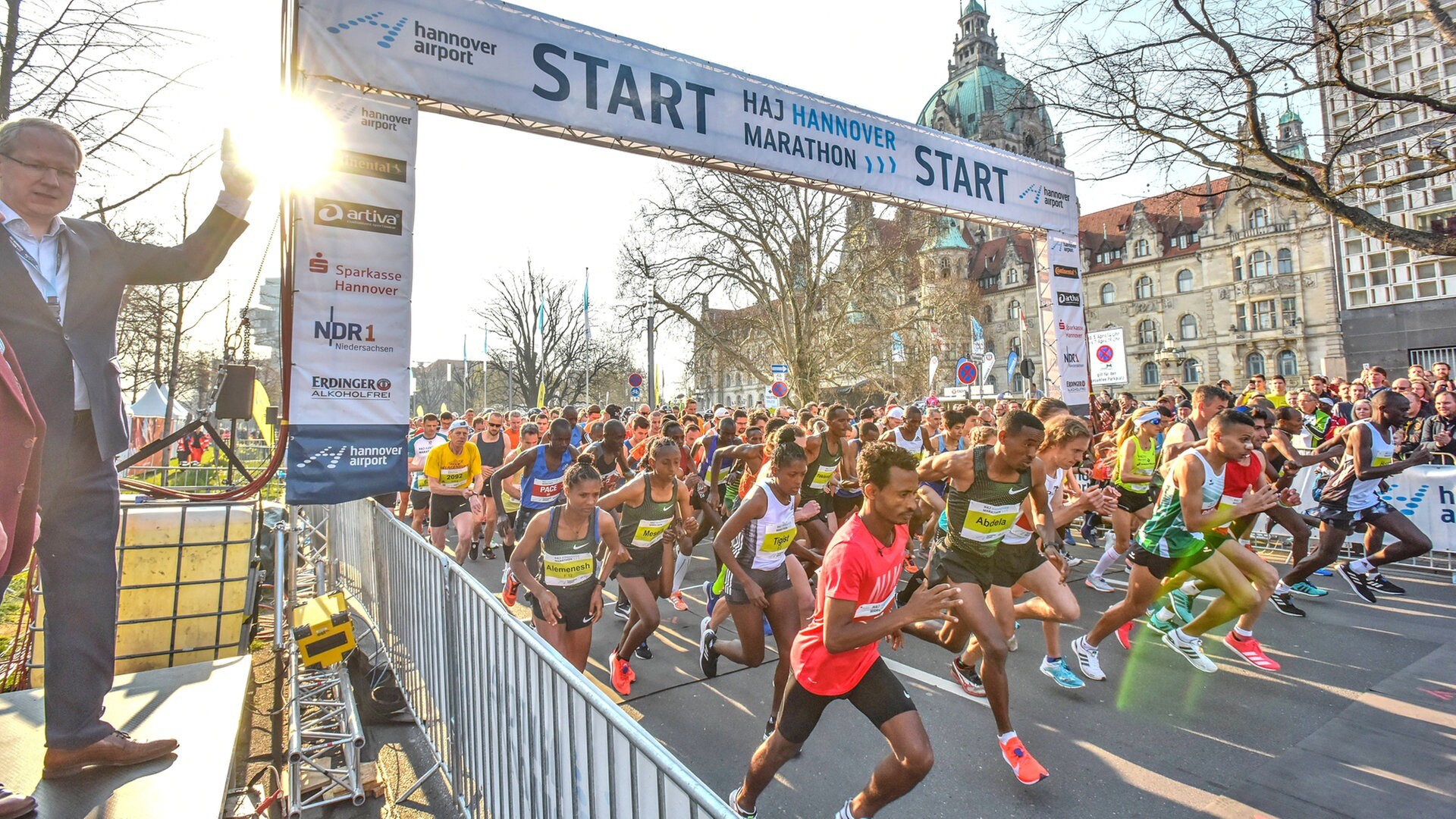
"I did not think too much about what could happen. Sometimes in a race it just rolls, sometimes it does not. Today was a good day. I just concentrated on my pacemakers. But the wind was partly disturbing,“ said Domenika Mayer, who is a mother of two. “It was a great debut. Of course I had no clue before what could happen.“ While Domenika Mayer had a promising half marathon PB of 69:52 she had a Corona infection recently. Because of this her triumph was quite a surprise. And she came relatively close to Hannover’s course record: Three years ago Kenya’s Rachel Mutgaa clocked 2:26:15.
Runner-up Rabea Schöneborn ran 2:27:35 which was her second best marathon time. “It was a struggle today and I am happy to have finished,“ she said.
Results, Men:
1. Hendrik Pfeiffer GER 2:10:59
2. Josphat Kiprop Kiptis KEN 2:13:47
3. Martin Olesen DEN 2:14:35
4. Wilfred Kiptoo KEN 2:14:43
5. Frank Schauer GER 2:14:43
6. Erik Hille GER 2:15:04
Women:
1. Domenika Mayer GER 2:26:50
2. Rabea Schöneborn GER 2:27:35
3. Matea Parlov Kostro CRO 2:28:39
4. Flomena Ngurais KEN 2:30:42
5. Runa Skrove Falch NOR 2:33:53
6. Vaida Zusinaite-Nekriosiene LTU 2:36:04
(04/03/2022) ⚡AMPADAC Hannover Marathon
It is not only the gripping competition that makes the marathon in Hannover so captivating, but also the exceptionally attractive side programme.With numerous samba bands and musicians accompanying the athletes along their sightseeing tour through the city, a feel-good mood is guaranteed on the course. The city will be transformed with a mix of musical entertainment, shows and activities that...
more...Want to Become a Professional Trail Runner? This New Program Might Be Your Chance.
Two weeks ago, The North Face announced the launch of its Athlete Development Program, an initiative to diversify the trail and mountain running community, and outdoor sports more broadly.
The program will provide two-year contracts with The North Face to 15-20 climbers, alpinists, skiers, snowboarders, and trail runners, providing expedition funding, apparel, equipment, education about the roles of a professional athlete (i.e. pitching expedition ideas for funding and engaging with one's community), and one-on-one mentorship with established athletes for the duration of the contract. The program will begin with a three-month onboarding phase, followed by nine months of mentorship with a current North Face athlete, educational sessions, and the potential for additional collaboration opportunities.
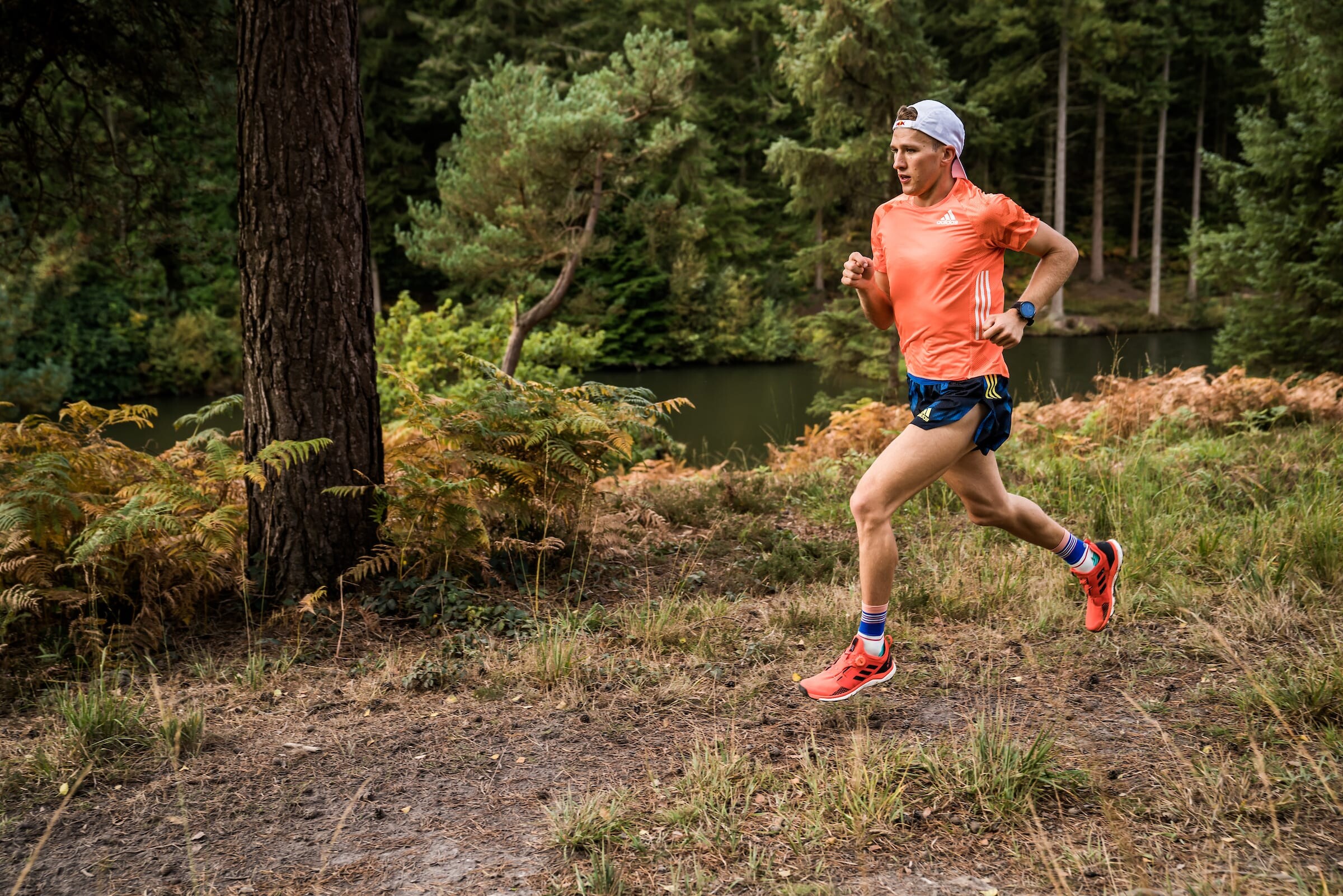
"Today's athlete recruitment process relies heavily on referrals, historically favoring those who are already well-connected and enjoy the privileges that allow them the time and resources to accelerate in their sport," one North Face spokesperson said.
Mike Foote, a long-time professional ultrarunning athlete for The North Face, responded directly to the historical challenges of access within the sport.
"I joined the team because I had good results, but also because Mike Wolfe, who was on the team at the time, lobbied hard for me to get picked up," said Foote. "I'm not sure it would have happened without that relationship."Foote has known about plans for the Athletic Development Program for months now and is excited to see it formally launched. "The whole point of it is to democratize the process of getting access," Foote said. "The Athlete Development Program removes the hurdle of social networking and gives folks a direct path to the brand."
The Athlete Development Program strives to remove these social barriers by introducing an online application portal-eliminating the need for existing networks. The North Face says it will prioritize athletes from "historically excluded or marginalized" groups to create a more inclusive outdoor community.
Applicants must be 16 years of age or older and based in the United States to apply. The application period will remain open until May 19, 2022, and the athletes will be selected in September 2022.
(04/03/2022) ⚡AMP
by Trail Runner Magazine
Kipkemboi and Teklu confirm supremacy in Barcelona
Kenya's Margaret Chelimo Kipkemboi (1:05:26) and Ethiopia's Haftu Teklu (59:06) were victorious at the Edreams Mitja Marató Barcelona, a World Athletics Elite Label race, on Sunday (3) on an ideal morning for distance running.
World 5000m silver medallist Kipkemboi was making her debut at the 13.1-mile distance while Teklu successfully defended his title and bettered the course record by 33 seconds.

Spain's Alejandro Rodríguez set the early pace for the elite women and he set off at a moderate 3:07-3:08/km pace for the opening uphill kilometres. The first 5km was covered in 15:39 with just Kipkemboi and Ethiopian duo Gete Alemayehu and Ayanech Awoke matching the pacemaker, while Ethiopia’s Rediet Molla was further behind (16:00).
The tempo heated up over the second 5km section which only took 15:19 for a 30:58 10km split; by then Awoke had begun to lose ground and only Kiplemboi and Alemayehu remained close to the pacesetter who dropped out of the race exactly at 12km with the clock reading 37:12, well on schedule to finish inside 1:06.
Over the following kilometres, Kipkemboi ran sandwiched between a number of male athletes, which helped to keep the pace fast enough to threaten her compatriot Florence Kiplagat's course record of 1:05:09 set in 2015 as another 15:24 5k split led to a 46:22 clocking at 15km. That kind of cadence proved to be too tough for Alemayehu, a 1:08:23 performer; the Ethiopian had lost 18 seconds on Kipkemboi by then.
Kipkemboi's rhythm slowed down a bit in the following 5km section, which she covered in 15:47, but she found another gear for a fast finish, crossing the line in 1:05:26 – the third fastest clocking in the history of the event, only bettered by Kiplagat's 1:05:12 (2014) and 1:05:09 (2015) then world records.
“It was my debut so I can’t be more satisfied,” said Kipkemboi. “Everything was superb, the circuit, the temperature and the pacemaker.”
Alemayehu's cadence decreased in the closing kilometres but the 23-year-old managed a huge lifetime best of 1:06:37 as a runner-up while Awoke finished a distant third in 1:09:34.
The men's contest opened at a steady 2:50/km pace set by leading cross-country runner Thierry Ndikumwenayo. The Spain-based Burundian led an 11-man pack which included the main favourites: Kenya’s Titus Mbishei and Elvis Cheboi, Uganda's Ali Chebures, Eritrea's Berhane Tesfay and Ethiopia’s Teklu, Chala Regasa, Antenayehu Dagnachew, Kindie Derseh and Teresa Nyakora.
As was the case in the women's event, the rhythm increased over the favourable following kilometres and the leading group went through 10km in 27:54 after a brisk 13:45 5km section and the pack whittled down to seven athletes with Dagnachew running closest to the pacemaker for much of the time. The Burundian made a brave final effort to reach 15km in 41:52 before dropping out the race and left the favourites on the right path to finish close to the 59:00 mark.
Dagnachew and Teklu took turns at the lead to maintain the rhythm with only Regasa, Derseh and Cheboi for company. That quintet ran together until the closing stages, the 56:20 20km split suggesting Teklu's crouse record of 59:39 from last year would be easily lowered. With about 600 metres remaining, Regasa unleashed a burst of speed which could be matched only by Teklu as the other three opponents were left behind.
In the final sprint between the two Ethiopians, Teklu prevailed over Regasa in 59:06, winning by four seconds to set a PB and course record. In the fight for third place, Cheboi (59:15) prevented an all-Ethiopian podium sweep as the unheralded Kenyan got the better of Dagnachew and Derseh.
“As I said before the race, I went out very determined to improve on my record,” said Teklu. “The weather was fantastic, the rhythm too and I managed to do it so I'm delighted.”
(04/03/2022) ⚡AMPBarcelona Half Marathon
The half-marathon in Barcelona, also known as the Mitja Marató de Barcelona. It’s the second largest running event in Barcelona next to the Marathon. The route takes the runners from the Arc de Triomf, by the old town to the Plaça Catalunya. From there it goes down the famous Ramblas and along Avenida del Paral·lel. Then it goes through the...
more...Jeptum breaks French all-comers’ record at Paris Marathon
Judith Korir Jeptum produced the first women’s sub-2:20 marathon on French roads when winning at the Schneider Electric Marathon de Paris on Sunday (3). The 27-year-old Kenyan won the World Athletics Elite Label road race in a lifetime best of 2:19:48, while Ethiopia’s Deso Gelmisa took the men’s race in 2:05:07.
Sharon Chelimo and Marion Kibor, who spearheaded the lead group of seven runners, set out at an aggressive pace from the outset in sunny but cold conditions. They covered the first 10km in 32:23, suggesting a finishing time inside 2:17 – well under the course record of 2:20:55 set by Purity Rionoripo in 2017. The rhythm slowly faded over the next kilometres, though, as the pack reached half way in 1:08:31.
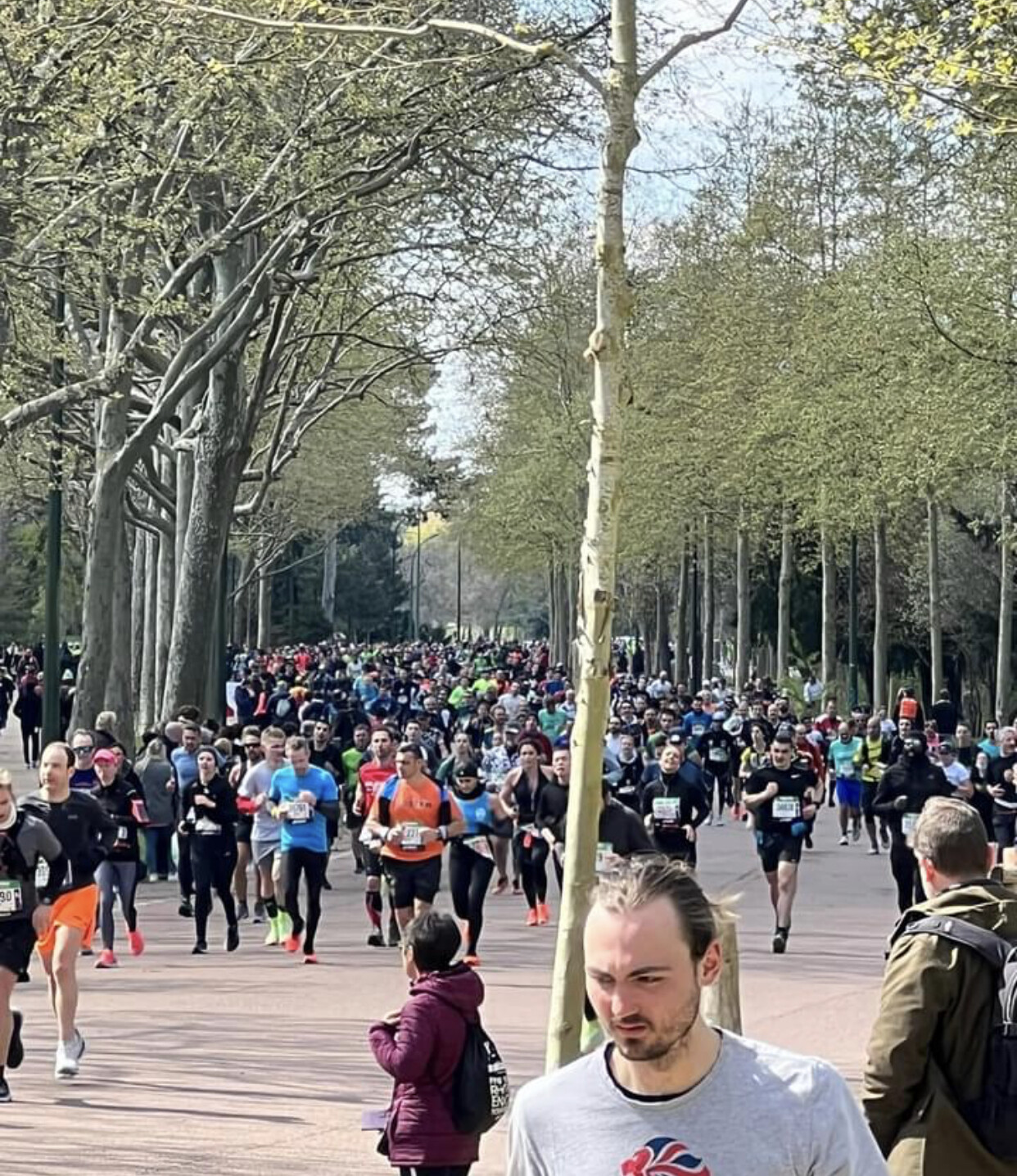
Five kilometres later, Keptum moved up a gear and broke up the lead group. By 30km, reached in 1:37:44, she had built a one-minute gap over the rest of the field. Although her pace slowed in the waning stages, she reached the tape in 2:19:48, taking almost three minutes off her PB and more than a minute off the course record.
"The cold weather made the race hard,” said Jeptum, who set a half marathon PB of 1:05:28 earlier this year. “But I tried to do my best and to push hard.”

Fantu Jimma crossed the line 3:04 behind the winner in a PB of 2:22:52 as Besu Sado rounded the podium in 2:23:16.
The men’s contest went down to the wire. 15 runners passed through the 10km checkpoint in 29:45, 15 seconds ahead of a second group of nine runners.
Pacemakers Kirwa Yego and Sila Keptoo set a steady rhythm, followed by France’s Morhad Amdouni, who was targeting the national record of 2:06:36.
Soon after reaching 30km in 1:29:28, Gelmisa and fellow Ethiopian Seifu Tura started to kick on. They opened a 50-metre gap over Amdouni who had separated himself from the rest of the field. Gelmisa and Tura clocked a strong 29:13 between 30-40km on the hilliest section of the race.
Following a fierce sprint, Gelmisa prevailed in 2:05:07, nine seconds faster than the PB he had set in Valencia in December where he had finished runner-up. Tura, winner in Chicago in 2021, finished three seconds in arrears in 2:05:10 as Amdouni rounded the podium in a national record of 2:05:22.
Thousands ran the marathon which takes you through the city of Paris.
(04/03/2022) ⚡AMPSchneider Electric Paris Marathon
The Schneider Electric Marathon de Paris offers a unique opportunity to make the city yours by participating in one of the most prestigious races over the legendary 42.195 km distance. The Schneider Electric Marathon de Paris is now one of the biggest marathons in the world, as much for the size of its field as the performances of its runners....
more...Kenyans Take First Prize at Prague Half Marathon
RunCzech finally returned to Prague after three years. Sportisimo Prague Half Marathon was attended by around 9000 runners, among them also elite world athletes.
Four Kenyans ran to the finish line in under one hour. The Prague Half Marathon was dominated by Keneth Kiprop Renju in a time of 59:28.

Philemon Kiplimo Kimaiyo finished second and Mathew Kipkorir Kimeli was third.
The fastest woman of this year’s edition was Nesphine Jepleting with a time of 1:06:57. The best Czech runner was Jiří Homoláč, who managed the half marathon in 1:04:36, the fastest female Czech was Hana Homolková (1:20:31).

“I really liked the race, I enjoyed it a lot. Even though it was too cold, it was good. I had a more critical moment in the middle of the half marathon. Even though I didn’t feel pressure on myself, I wanted to win,” Renju said at the finish. “The weather caught me by surprise, I didn’t expect it to be so cold. The worst was the headwind, which made it really hard in some moments. I wanted to break my personal best, but I’m glad I showed such time. It’s a good start to the season, next time I could reach my maximum,” Jepleting said.
Already at the fifth kilometer, a group of elite runners was formed, eight Kenyans had the same time. At the tenth kilometer, only a group of four, Keneth Kiprop Renju, Philemon Kiplimo Kimaiyo, Bernard Kimeli and Mathew Kipkorir Kimeli, were at the front. Everyone had a time of 27:52.
The same four runners led the fifteenth kilometer. Before the finish, Renju and Kimaiyo grabbed each other, after crossing the Mánes Bridge, the first mentioned one broke away, who then first reached the finish.
“The race was very windy, from the sixth kilometer it was causing problems because there was a headwind. I had to lean into it from the seventh kilometer. I would like to run here again next year because this track is fast. A world record may fall here. Despite the conditions here, it was fast,” Renju added at the finish. A world record may fall here. Despite the conditions here, it was fast,” Renju added at the finish.
For the women, From the 10th kilometer, the favourites Nesphine Jepleting and Chepet Irine Cheptai broke away from the rest, they were also at the front at the fifteenth kilometer and built up a one-and-a-half-minute lead over the others. At the finish, Jepleting finally rejoiced in the triumph.
“I could run faster, but it was too cold and windy. During the race, I doubted I could win. But the mental strength, my head, helped me. In the group we ran until the twelfth kilometer, then we accelerated as we wanted,” said the fastest woman Nesphine Jepleting.
Yeremchuk ran for Ukraine
Sofia Yaremchuk, who is originally from Ukraine but has been racing for Italy for a year, improved her personal best. She finished fifth in a time of under 1 hour and 10 minutes.
“I ran for Ukraine and for all the people and men who are fighting in Ukraine. I want to tell everyone that Ukraine does not want war, the whole world does not want war, we all want peace,” Yaremchuk added, showing a time of 1:09:09. “I’m happy because I have my new record and I finished with the Ukrainian flag.”
(04/02/2022) ⚡AMPPrague Half Marathon
Start the RunCzech season with one of the biggest running events in the Central Europe! Every year the Sportisimo Prague Half Marathon excites spectators with performances of elite athletes breaking records. Enjoy a course with incomparable scenery in the heart of historic Prague that follows along the Vltava river and crisscrosses five beautiful bridges. Take in majestic views of the...
more...Get ready for your interval workout by extending your warmup, get your body ready to run hard with this warmup extension workout
Over the past decade, many elite runners have altered their workouts to fit more volume in before doing harder interval training. Many coaches have turned to a longer up-tempo warmup to get a runner’s heart rate up before handling more intensity.
We spoke to Dave Reid, the coach of Canadian 3,000m steeplechaser record holder Matt Hughes and 5,000m Olympian Kate Van Buskirk to get an idea of the benefits of doing a bit of tempo or fartlek (speed-play) training before intervals.

“The idea here is to get more volume and quality out of your run without being mentally drained,” Reid says. “It’s faster than the warmup, but it prepares your body to run at a harder pace later on.”
There are two ways a runner can go about doing this, and it depends on what they are training for. If you are training for a 10K to marathon, try one or two miles at tempo pace before doing your harder intervals. This will add volume to your workout without blowing out the pace in the first couple of reps, and it will let you settle in.

If you are training for 800m to 5K, try doing a short fartlek of 30 seconds on, 45 seconds off, or if you are on a track, 200m at a comfortably fast pace, then jogging the next 200m and repeat four or five times. This will get you ready for the faster intervals that are the meat of the workout.
“When you are training for a goal race, you are always looking for ways to get more quality in,” Reid says.
This workout can be used as an aerobic base-builder in the pre-competition phase, four to eight weeks out from your goal race.
(04/02/2022) ⚡AMPby Marley Dickinson
Canadian entrepreneur donates $1.2 million toward Olympic and Paralympic medallists
The Canadian Olympic Foundation and the Paralympic Foundation of Canada announced on March 30 that Canadian tech entrepreneur Sanjay Malaviya has made a $1.2 million donation to directly support Team Canada’s Tokyo 2020 and Beijing 2022 medallists.
This is the first time a large gift of this magnitude has been given directly to Olympic and Paralympic medallists through the Canadian Olympic Foundation. Each athlete who won a medal in Tokyo or Beijing will receive a $5,000 grant per medal earned. Another $100,000 will go directly to the NextGen program, which helps support future Canadian Olympians and Paralympians.
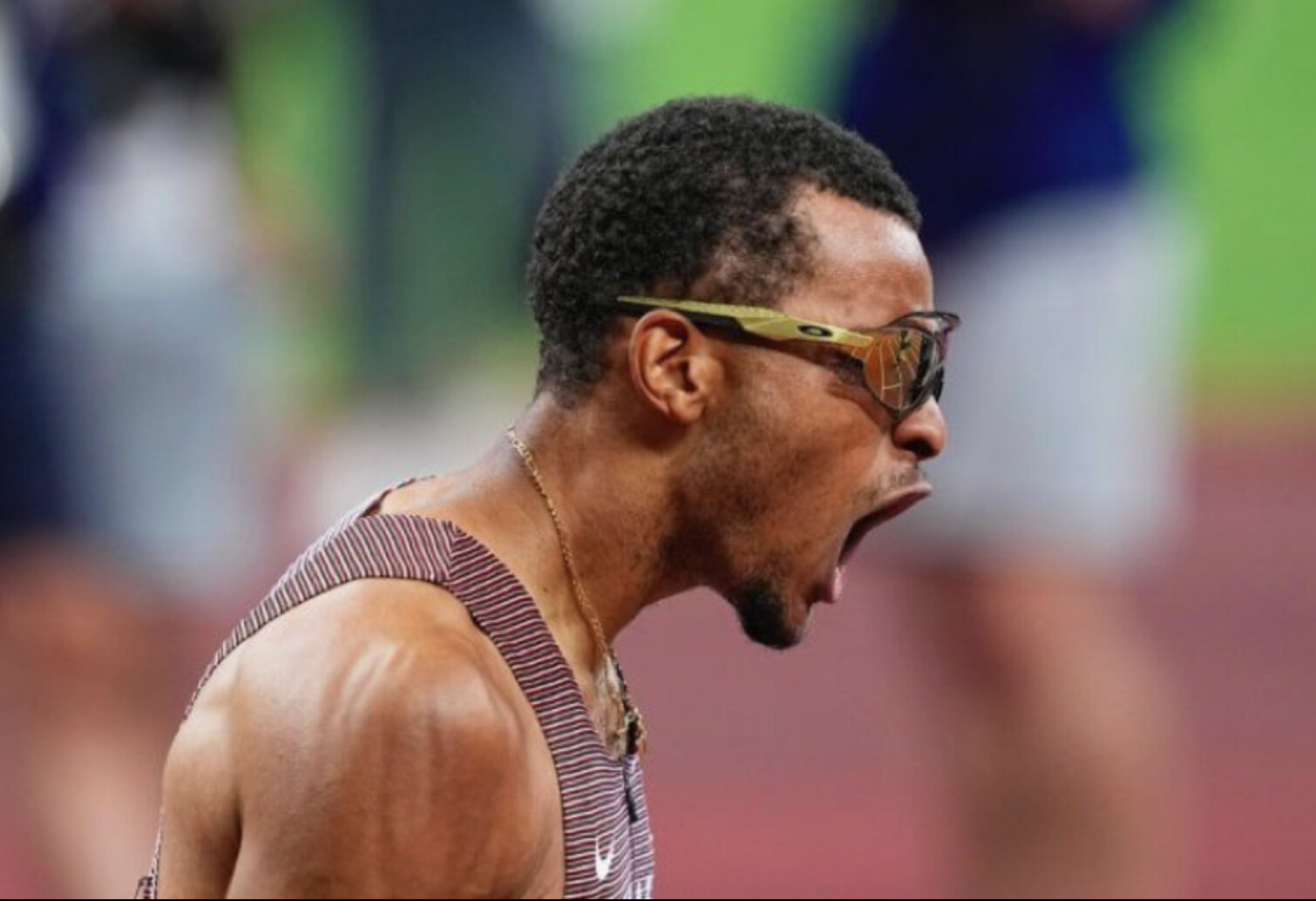
In a press release from the Canadian Olympic Committee, Malaviya said, “Our Olympic and Paralympic athletes have inspired this country and united us during a very difficult time. It’s an honour to be able to celebrate their achievements and help them invest in their future.”
There were 50 medals won by Canadian athletes at the Tokyo and Beijing Olympics and 47 medals at both Paralympics. One hundred and thirty Olympians and 53 Paralympians will receive the $5,000 grant through this donation. The high number is due to the number of rostered athletes on the women’s hockey and soccer teams, which both won gold at the Tokyo Games.
Canada’s Andre De Grasse will be one of the top-earning athletes from this donation, winning three medals in the 100m, 200m and 4x100m relay at the Tokyo Olympics.
“The gift Malaviya has made is truly remarkable, especially following the challenges Canadian athletes had to face over the past few years,” said Jacquie Ryan, Chief Brand and Commercial Officer of the Canadian Olympic Committee and CEO of the Canadian Olympic Foundation.
Malaviya is a Canadian healthcare technology entrepreneur who has developed advanced IT products that have helped more than 2,000 health organizations around the world. His passion for sport comes from his appreciation of the lessons that athletes can carry from sport to all other aspects of life. “Team Canada athletes have demonstrated that can handle anything over the past two years,” says Malaviya. “The past two games have been a source of inspiration for all Canadians to share Olympic and Paralympic values.
This gift will play a pivotal role in empowering Canada’s top Olympic athletes as they begin to prepare for the podium in Paris 2024 and Milan-Cortina 2026.
(04/02/2022) ⚡AMPby Running magazine
Ben Flanagan is taking a new career path
Former NCAA champion and professional distance runner Ben Flanagan had a breakout season in 2021, but now as he prepares for 2022, he’s raising the bar to a whole new level.
“I’ll be moving to the high jump,” Flanagan says. “I fell in love with the sport.”

After his win at the Falmouth Road Race in Falmouth, Mass., last August. Flanagan was approached by a famous U.S. high jump coach, Mike Flyte, who currently coaches for the U.S. Airforce Academy. Flyte was at Falmouth to watch his wife race in 2018 and 2021 and noticed Flanagan’s outstanding ‘vert’ as he celebrated into the finish.
Flyte eventually approached Flanagan after the race to congratulate him. “I thought he was making a joke at first, until he handed me his business card,” Flanagan says.

Already having the rest of his season planned for 2021, Flanagan finished the season in impeccable form, taking wins at the Manchester Road Race and Toronto Waterfront 10K.
In February, Flanagan connected with Flyte and made his way to Airforce Academy’s Track and Field Centre in Colorado Springs. “The high jump was love at first sight,” says Flanagan. “What intrigues me about high jump is the idea of reaching new heights.”
Although Flanagan only holds a personal best of 1.06 m, he’s confident that his distance running experience will stand him in good stead for the new discipline.
“High jump and distance running are way more similar than people think,” he says. “I’m shocked more people don’t make this transition, or even compete in both.”
Flanagan’s ultimate goal would be to double in the high jump and marathon in Paris 2024.
(04/02/2022) ⚡AMPby Running Magazine





